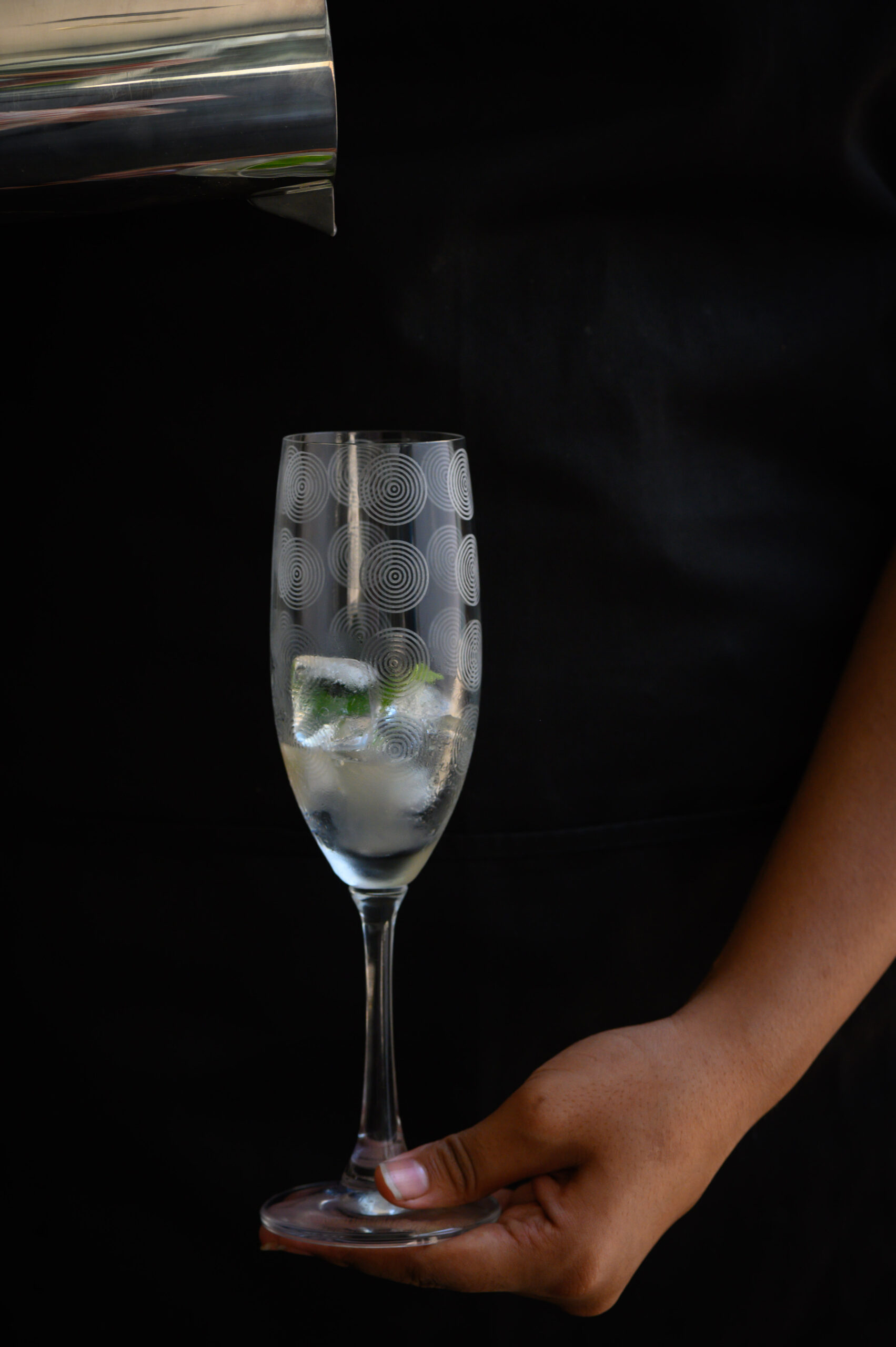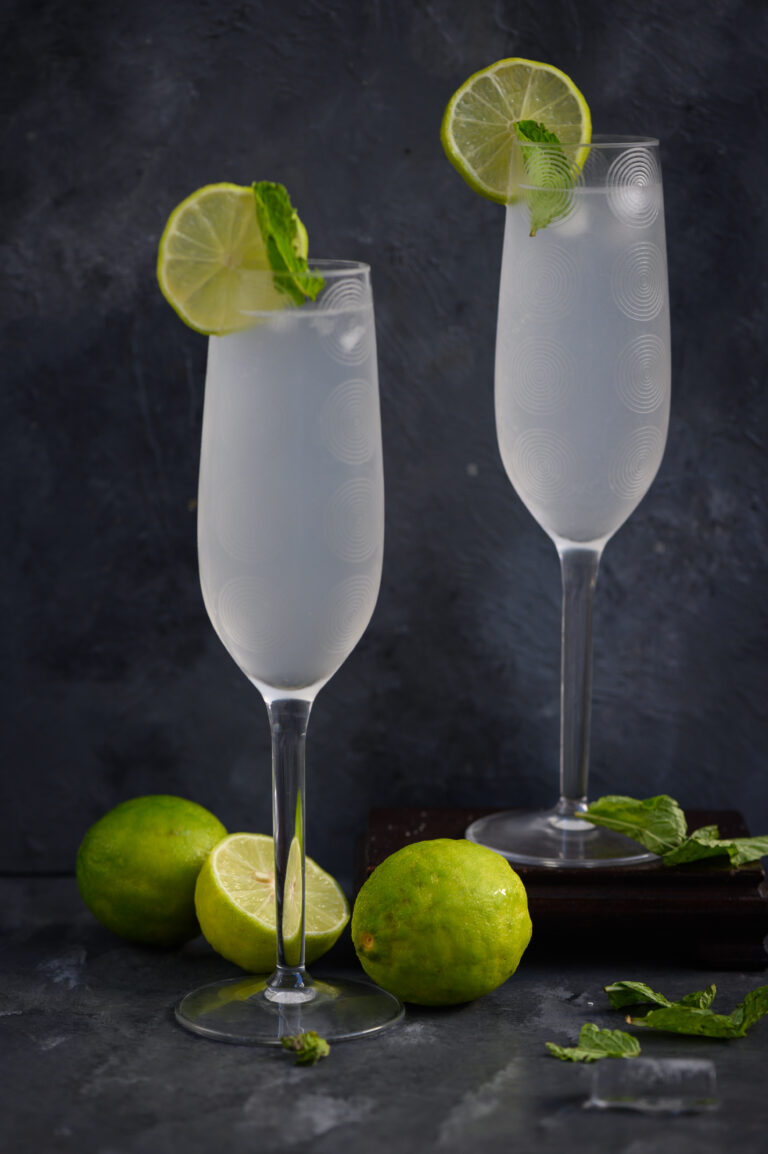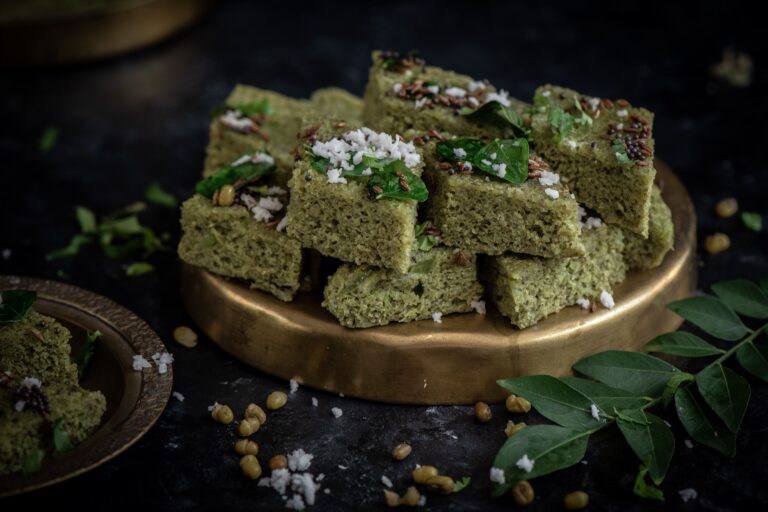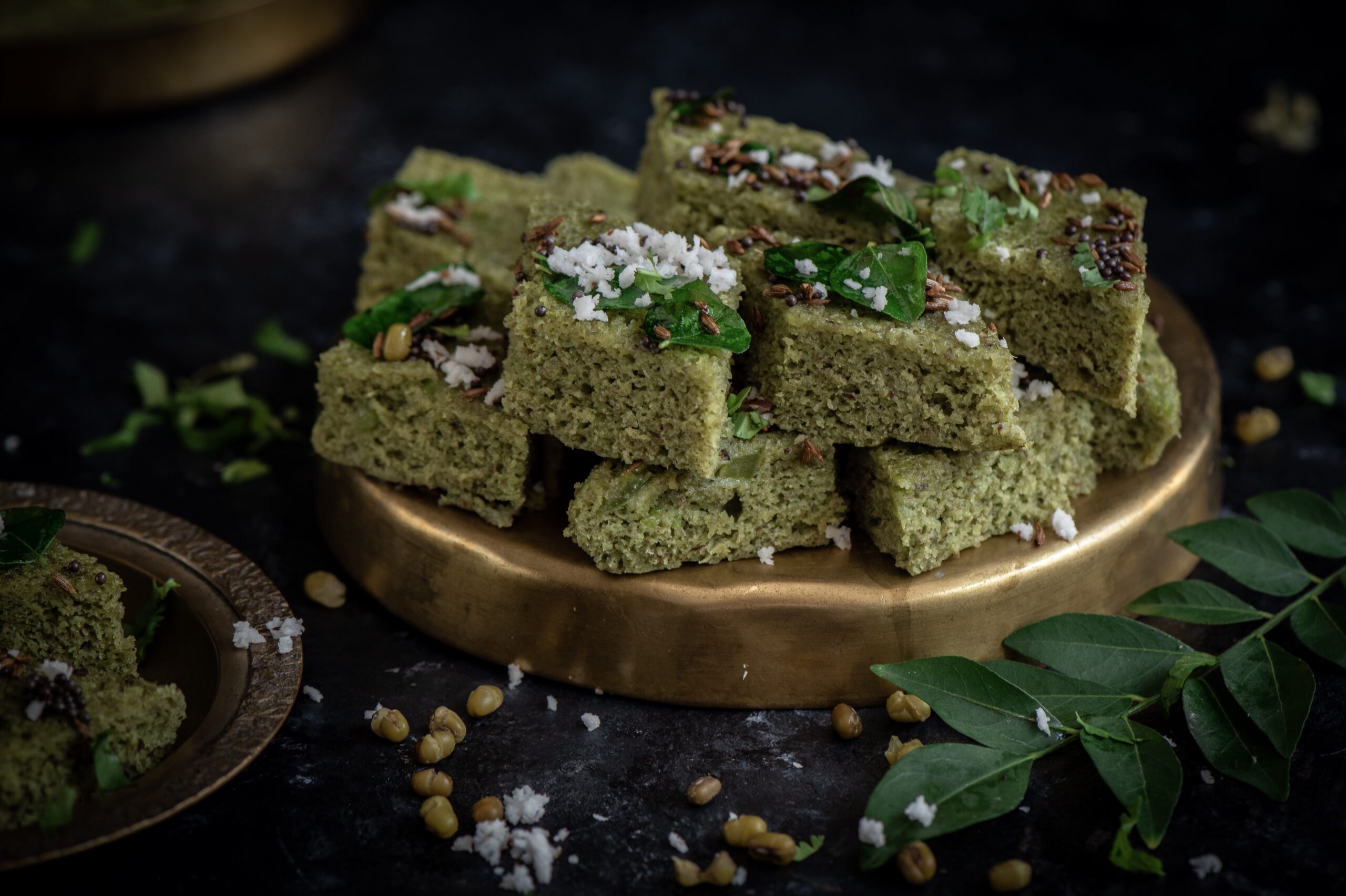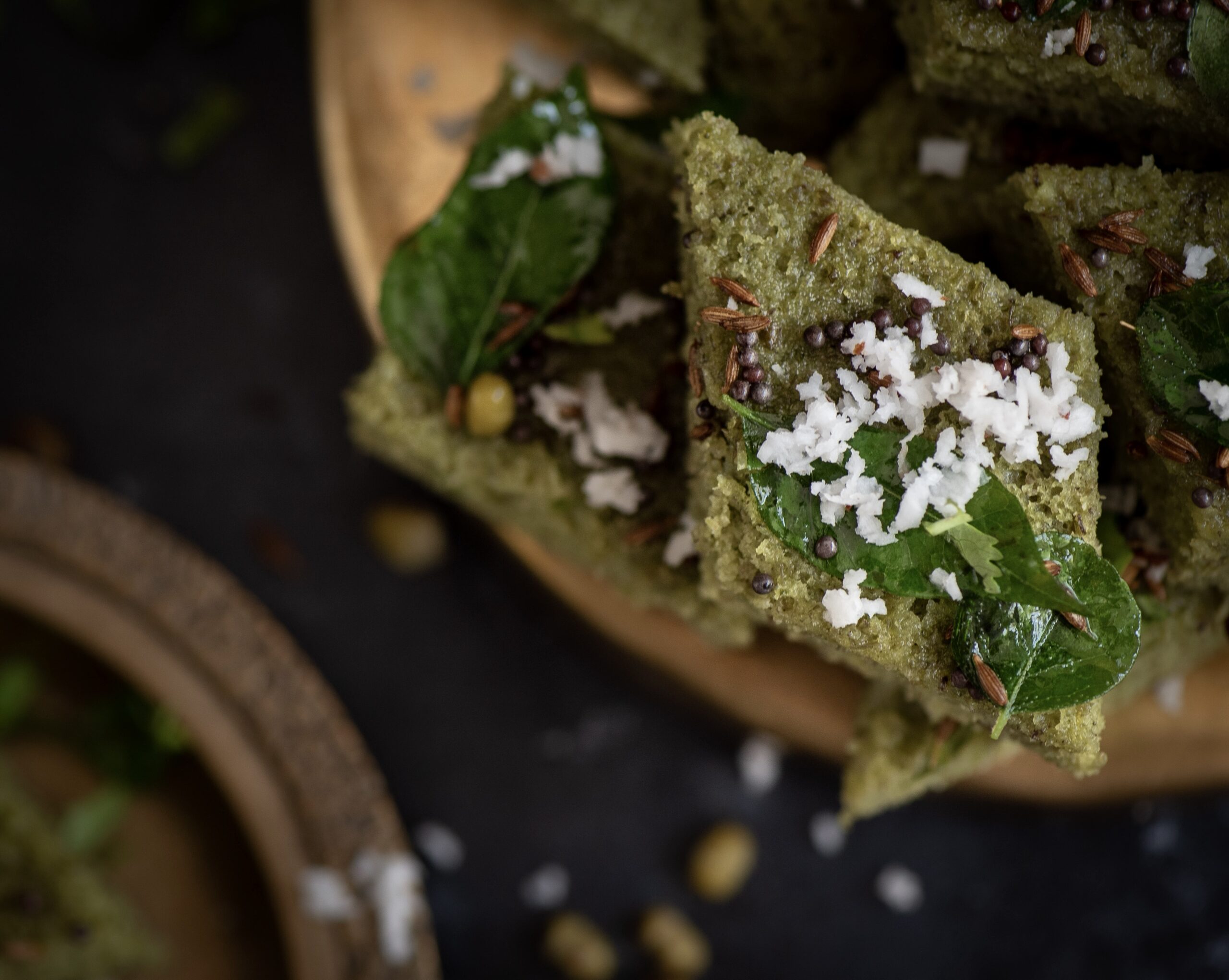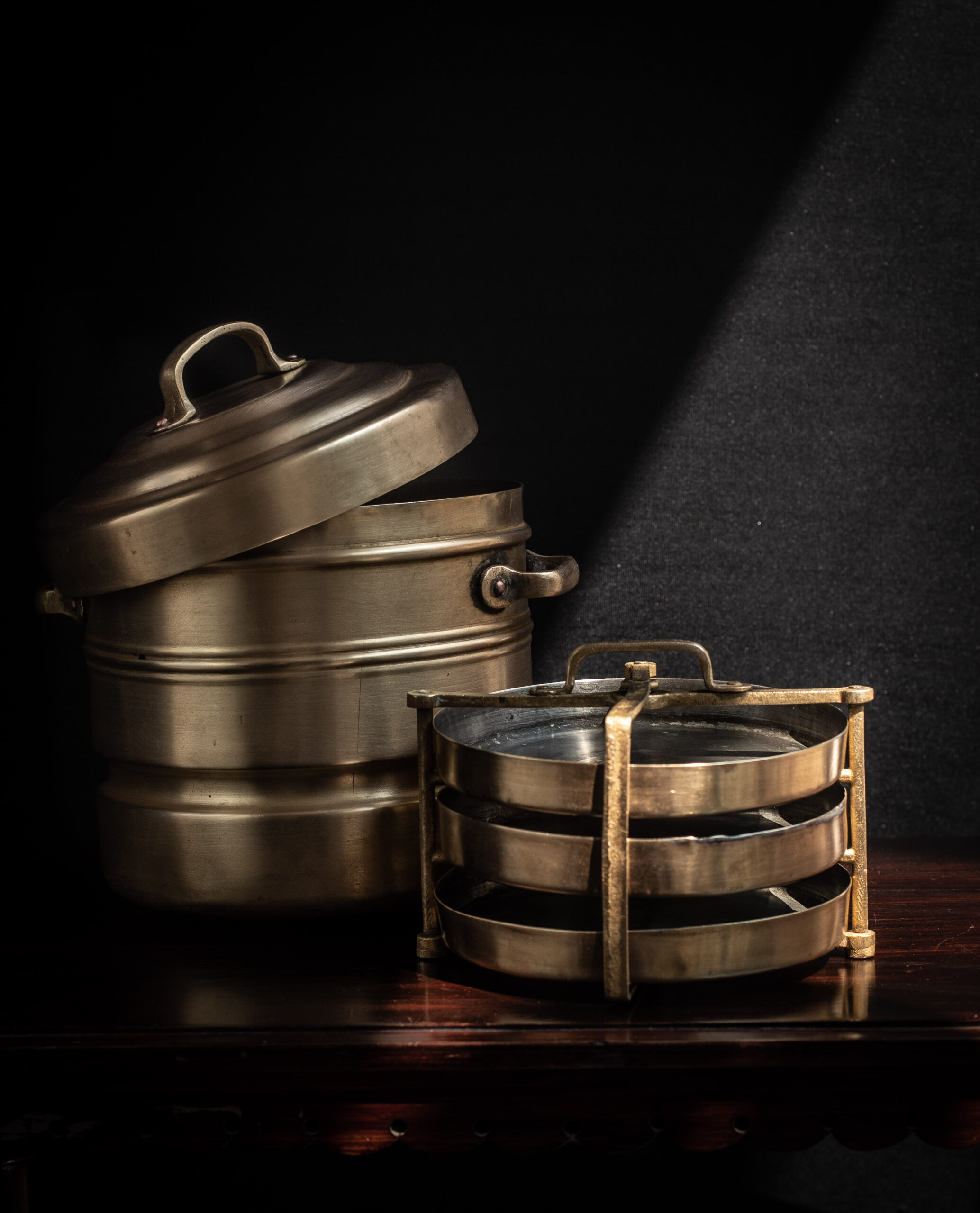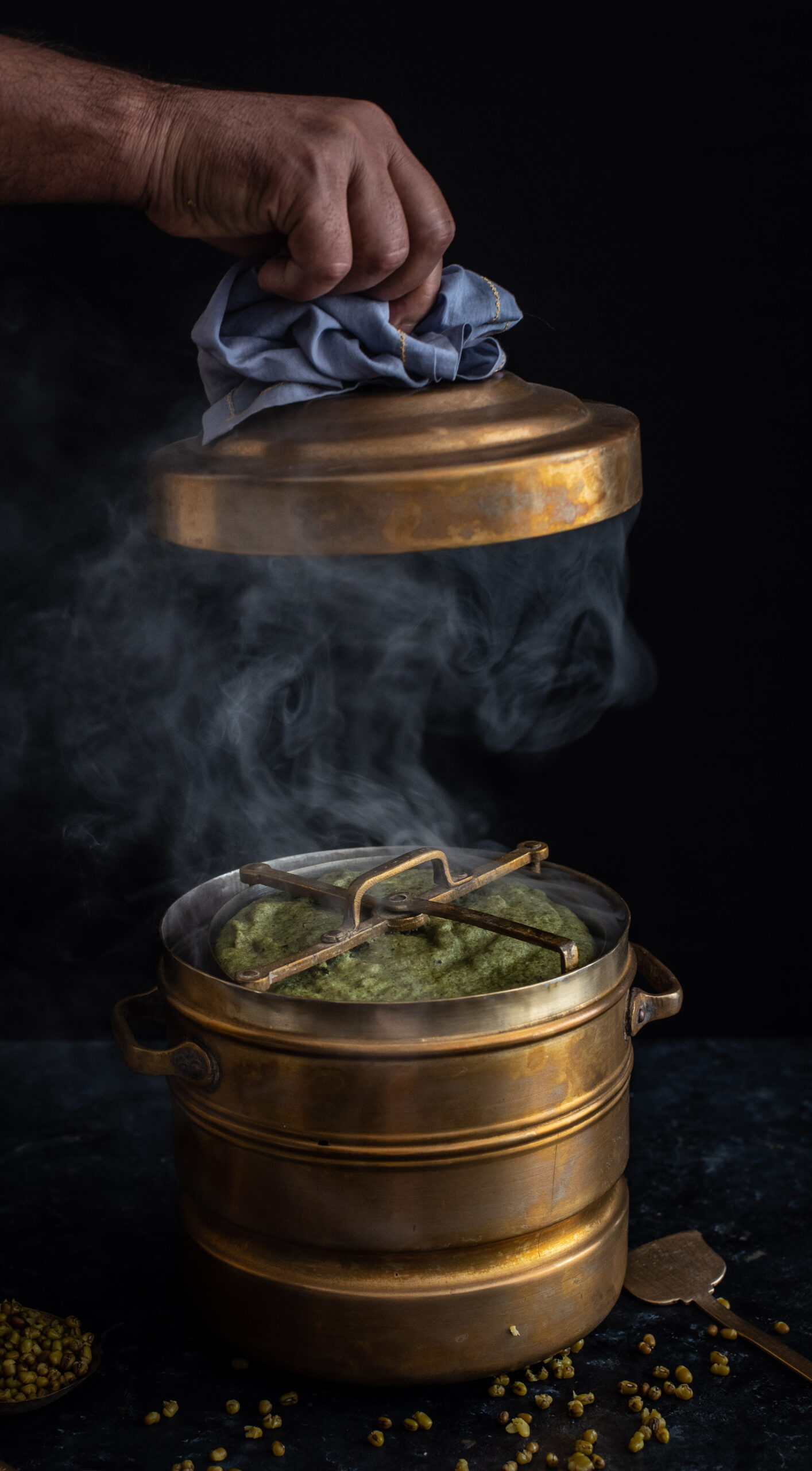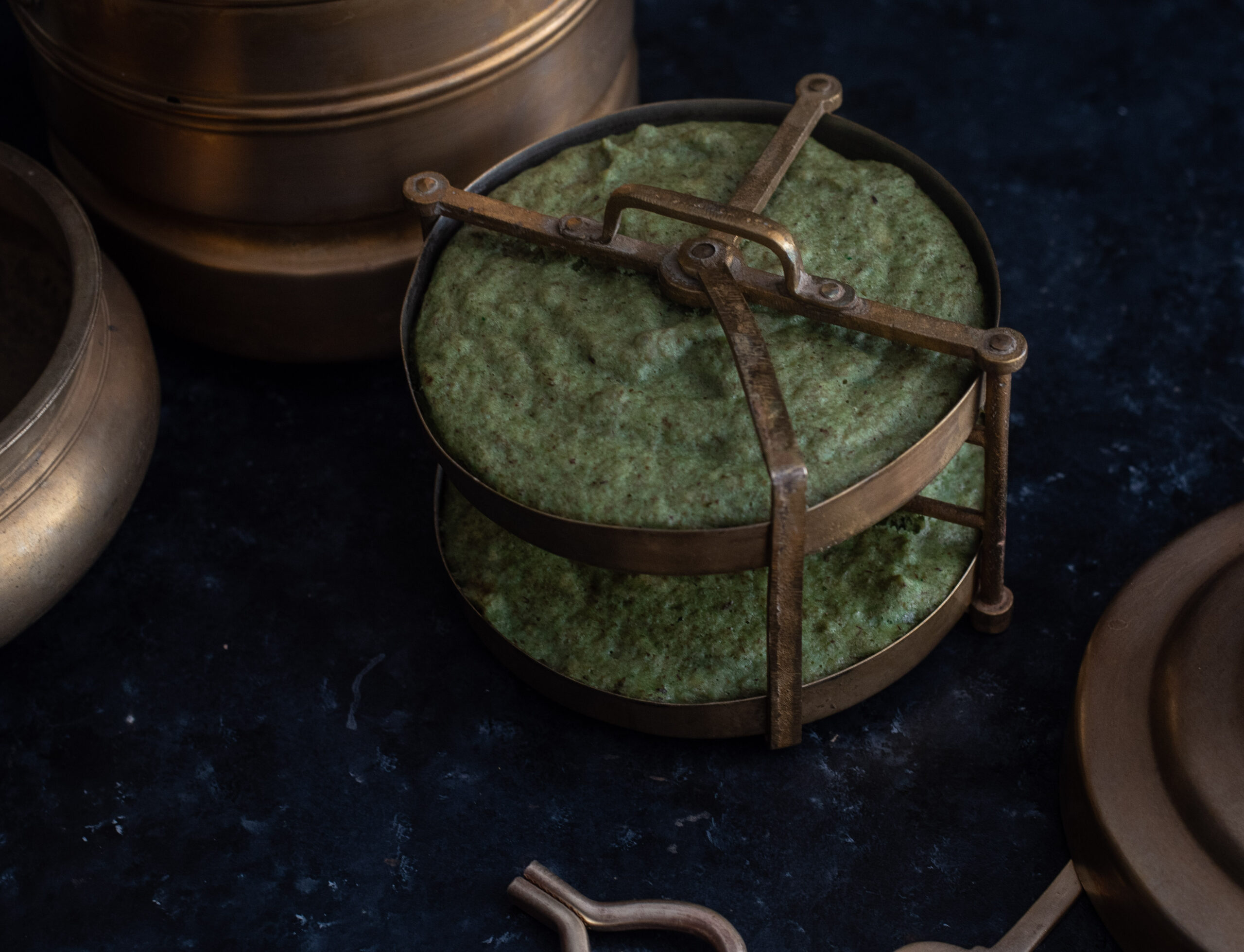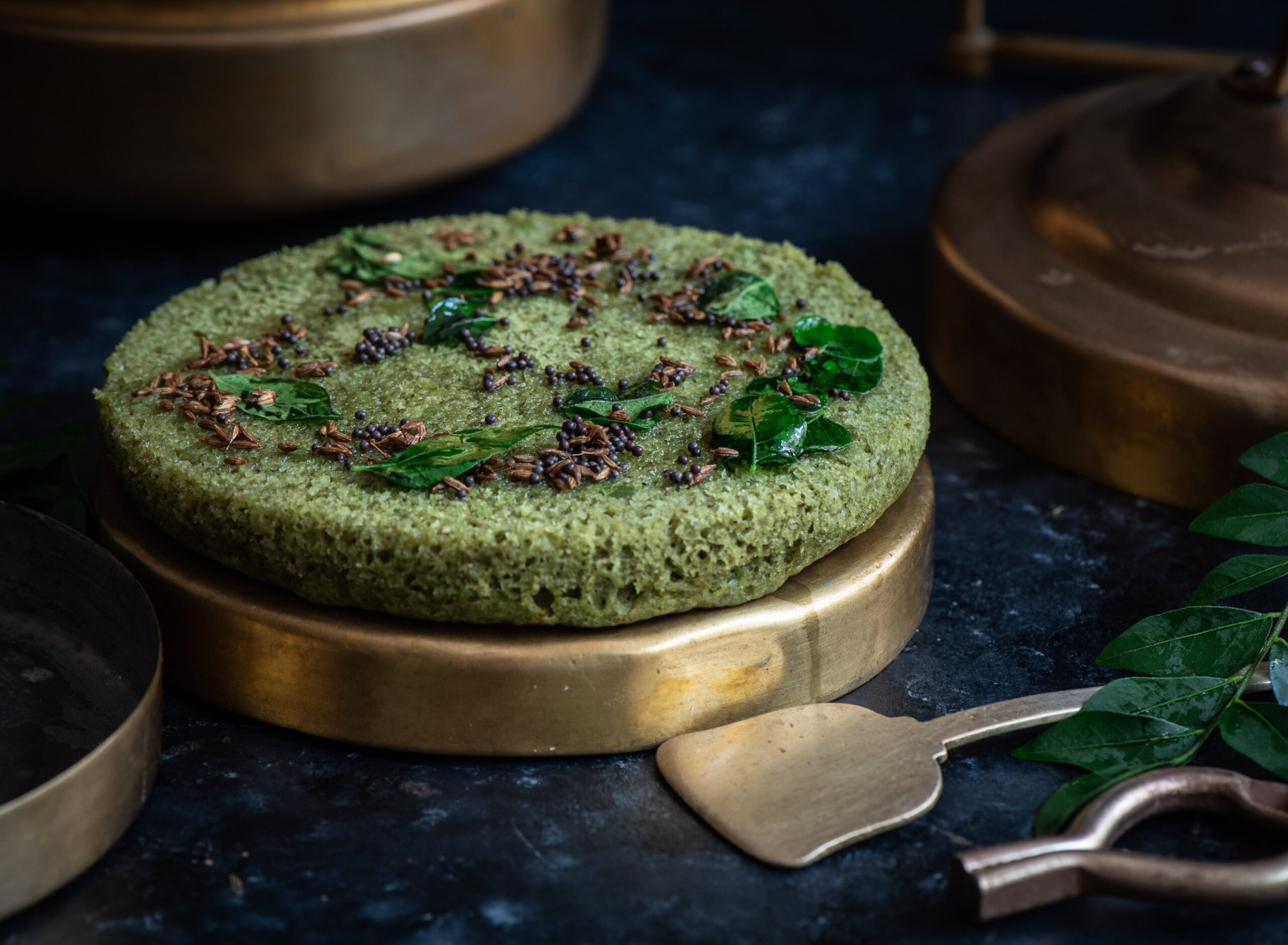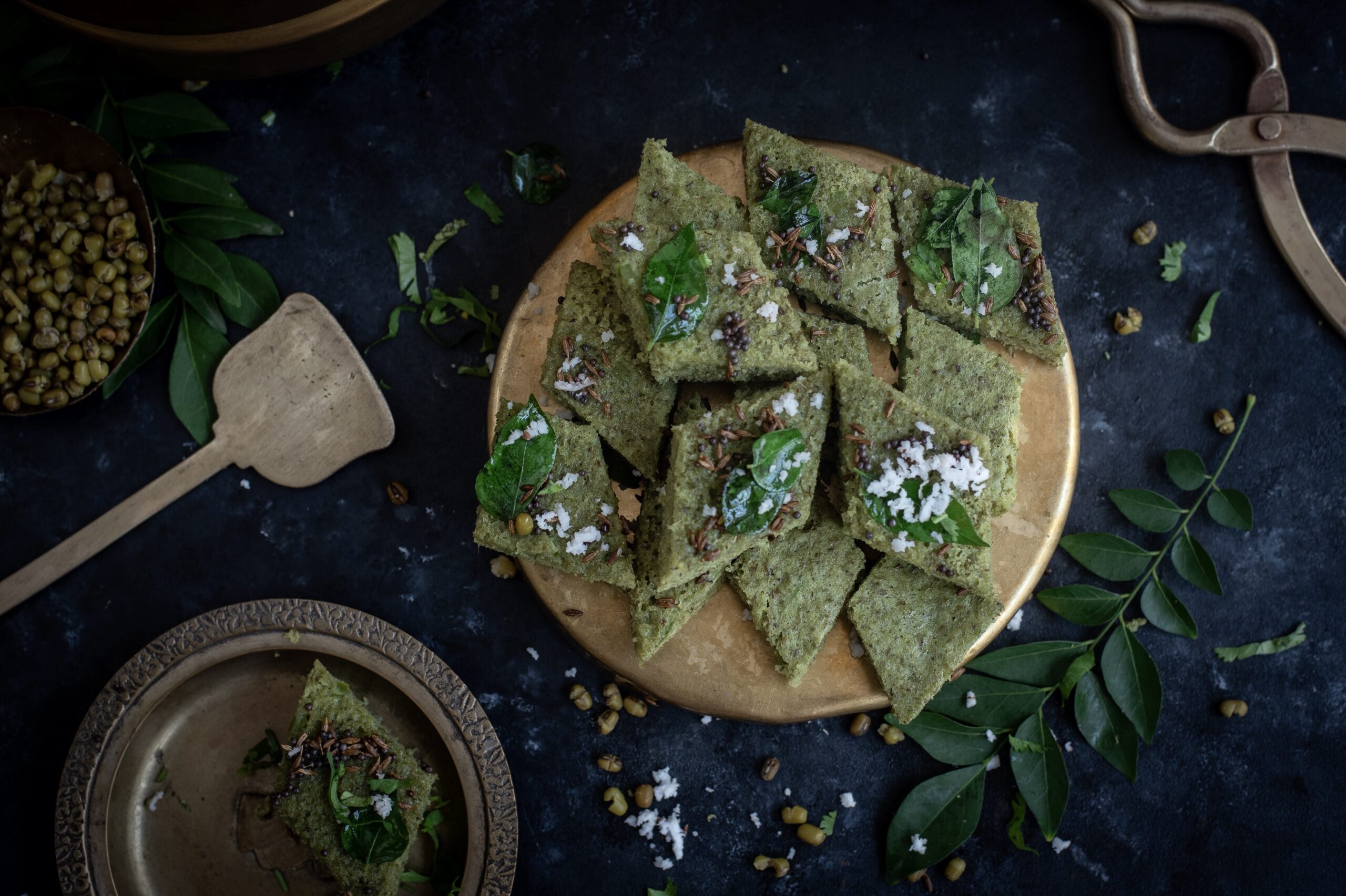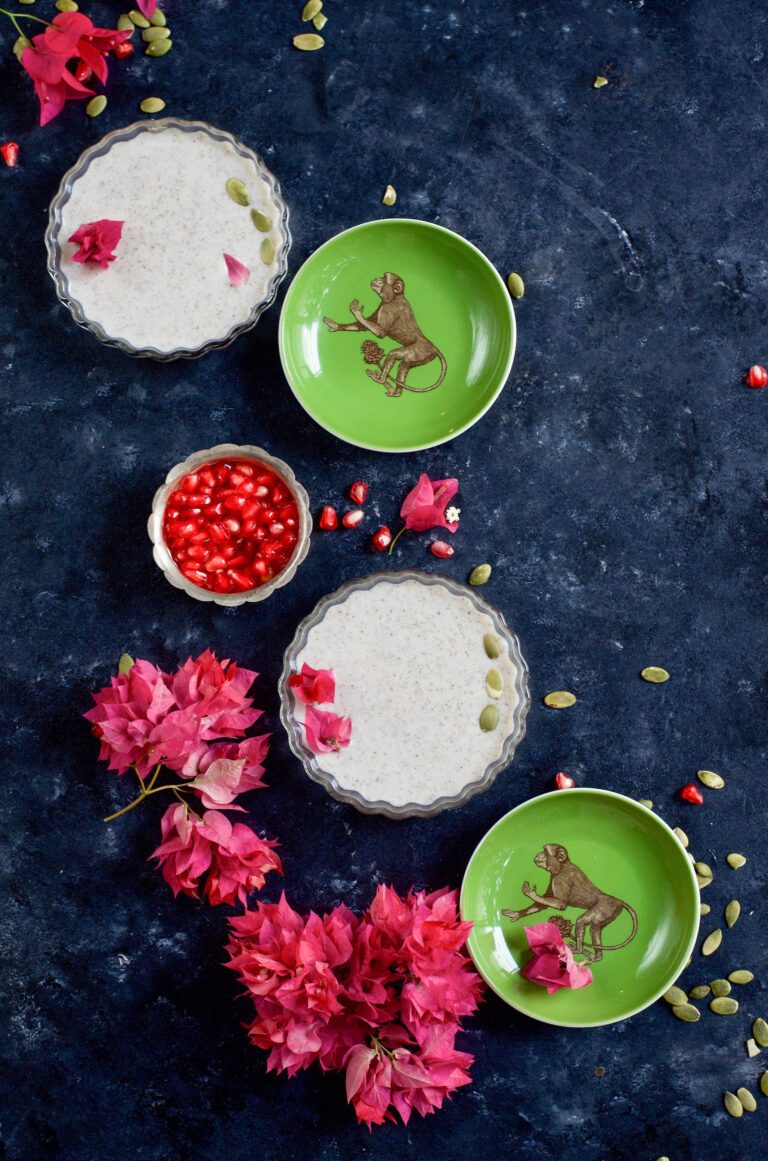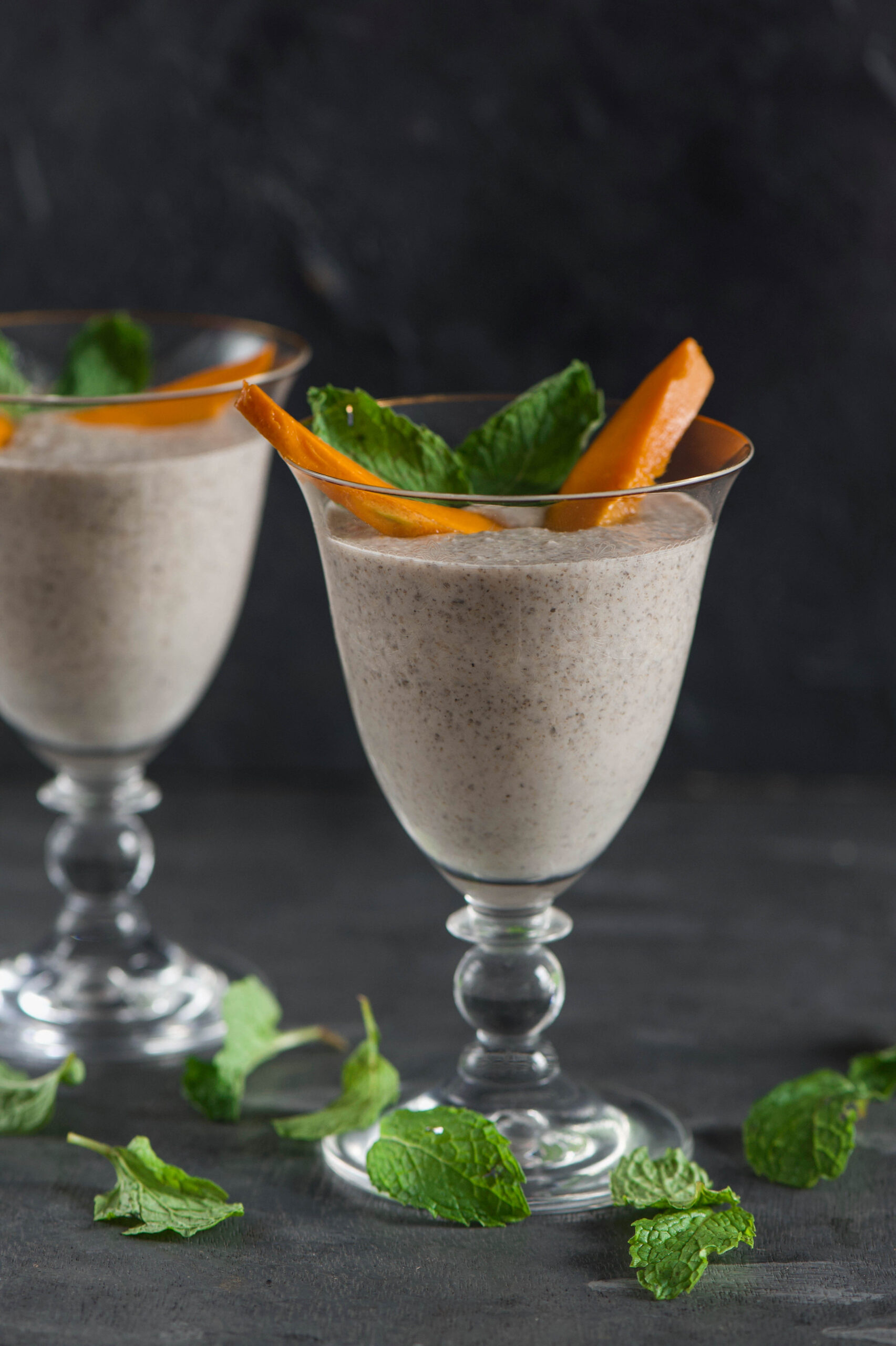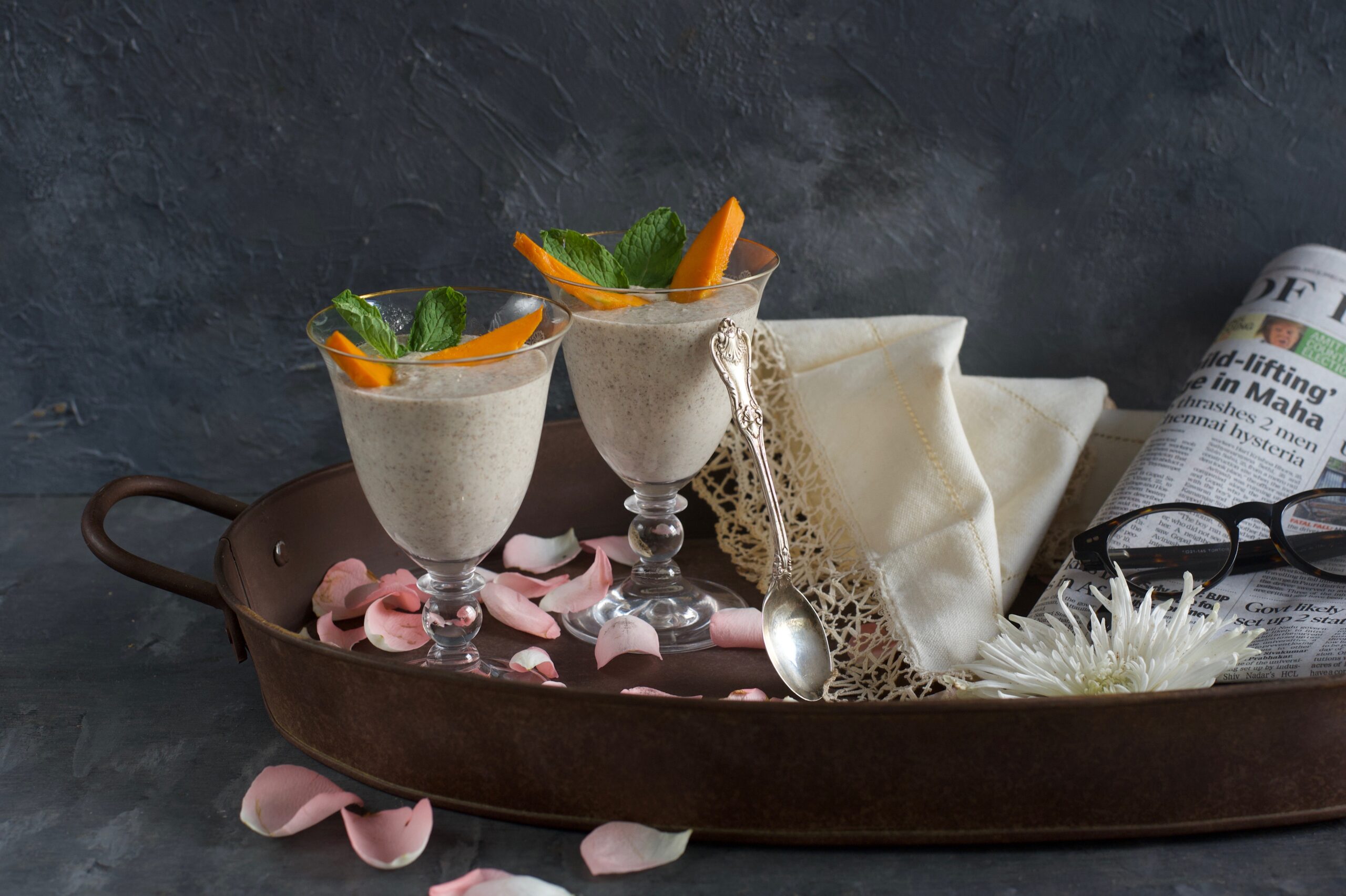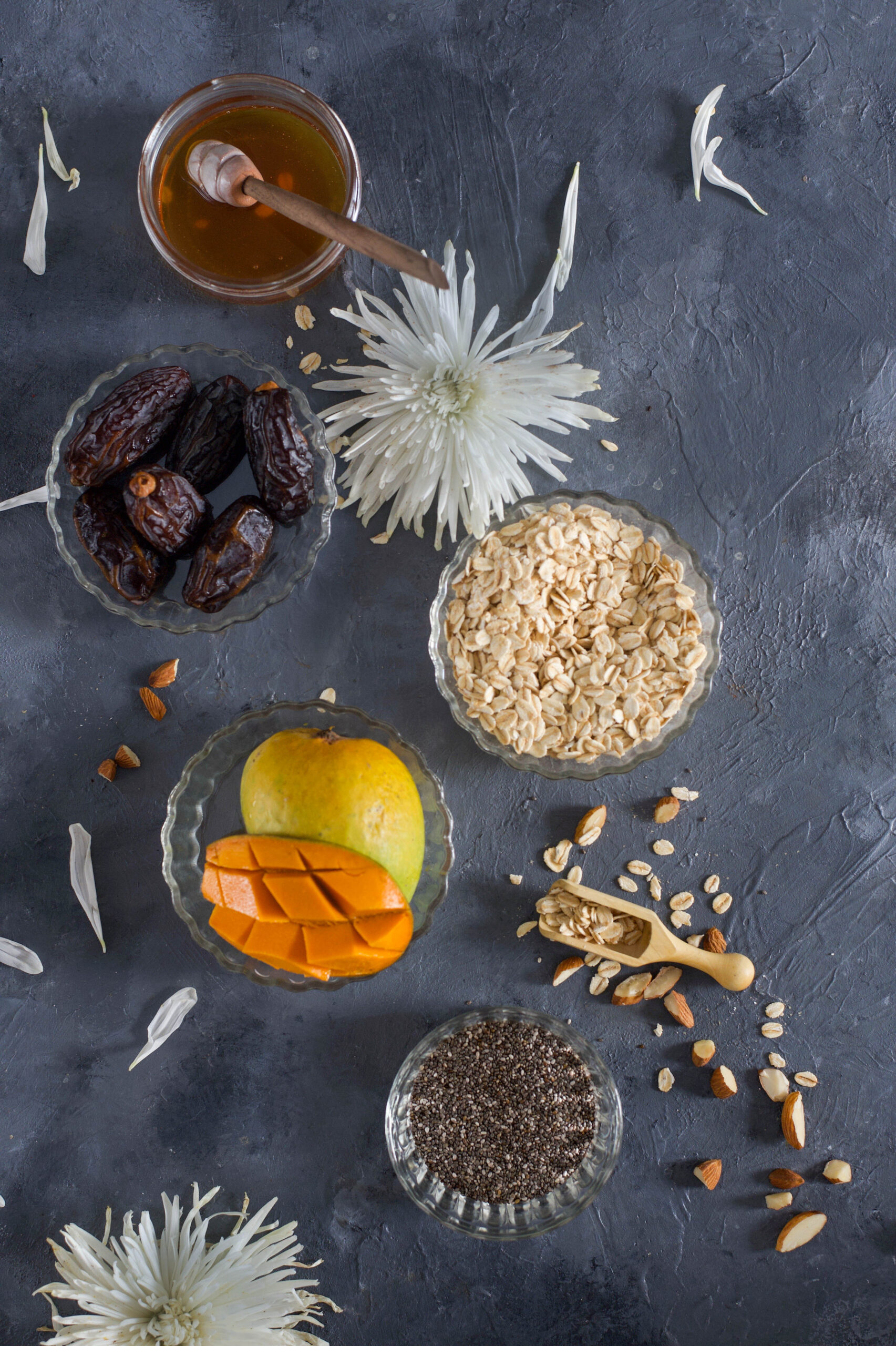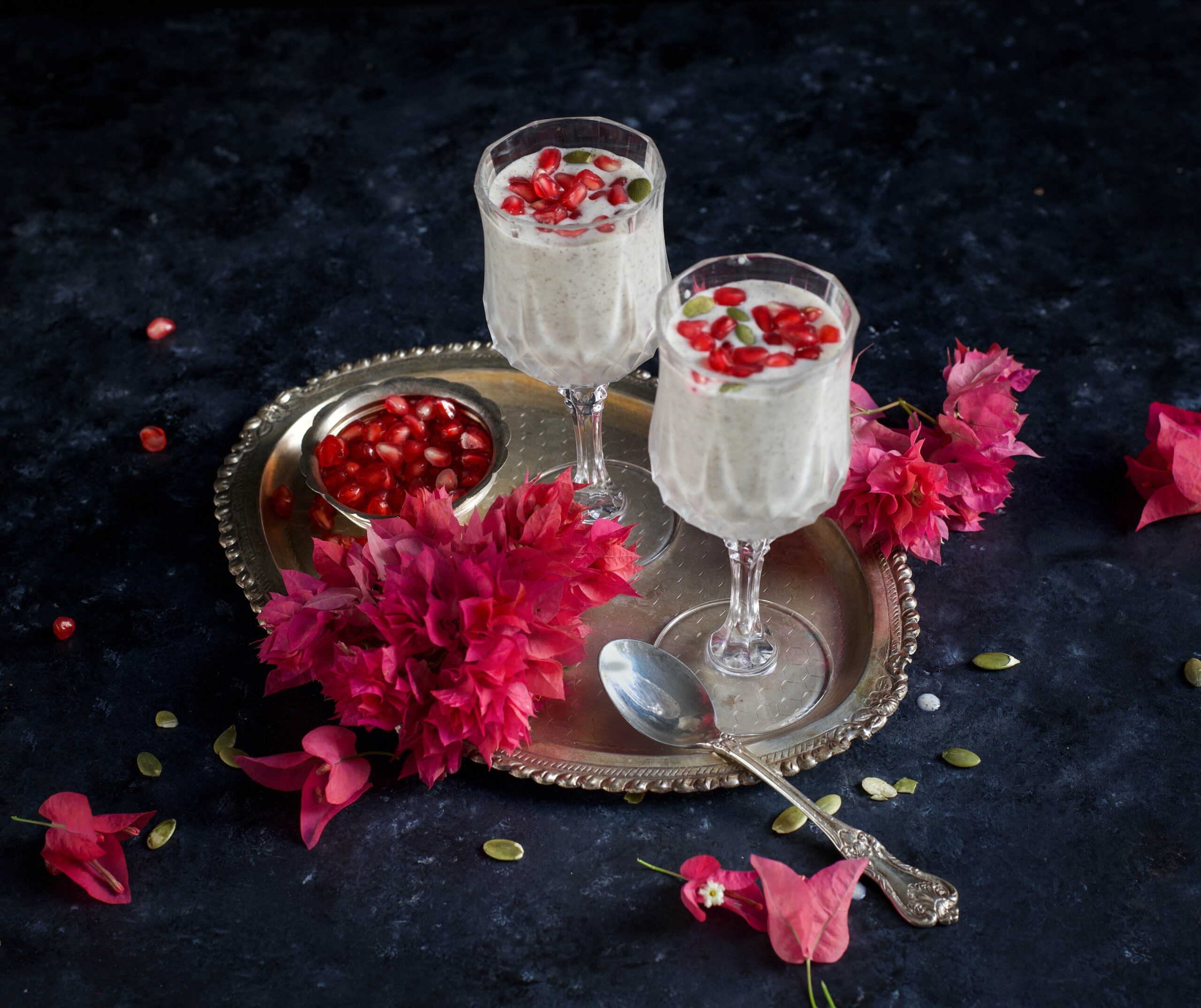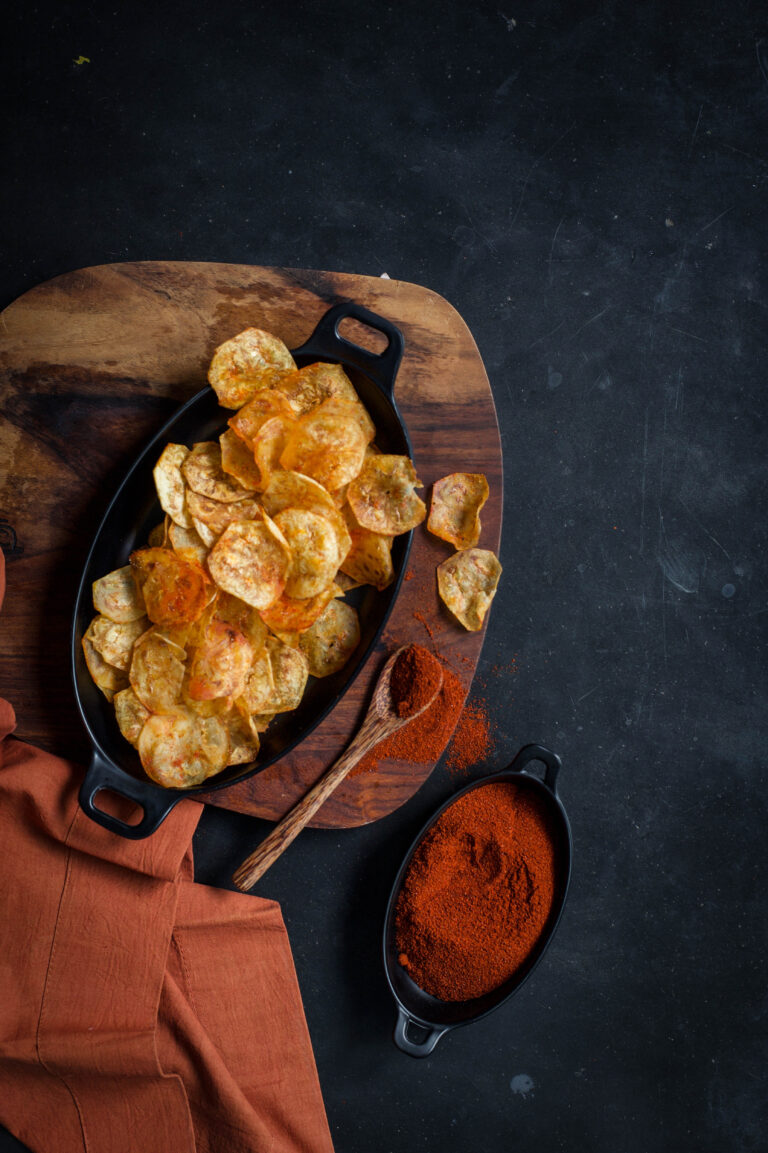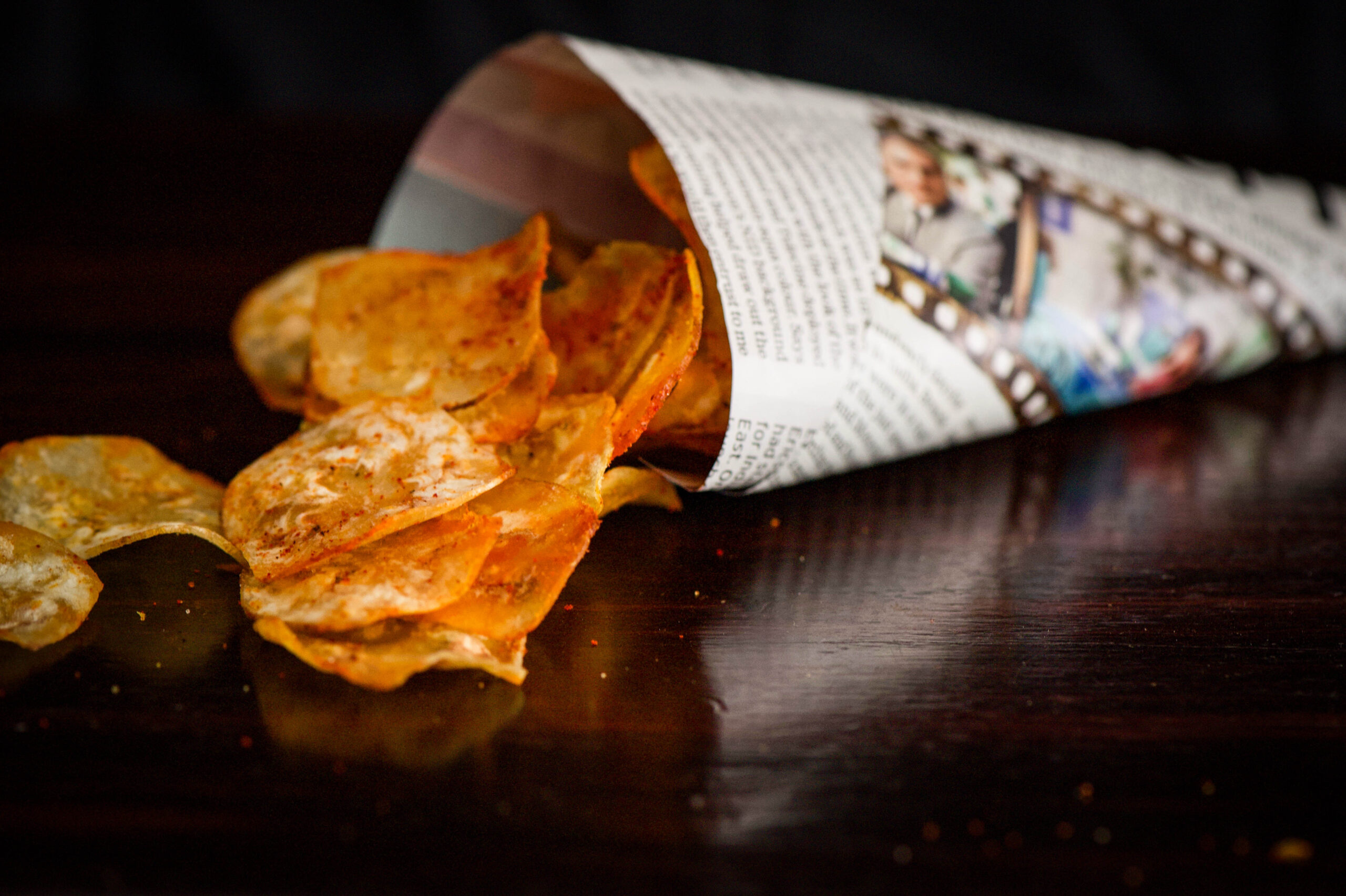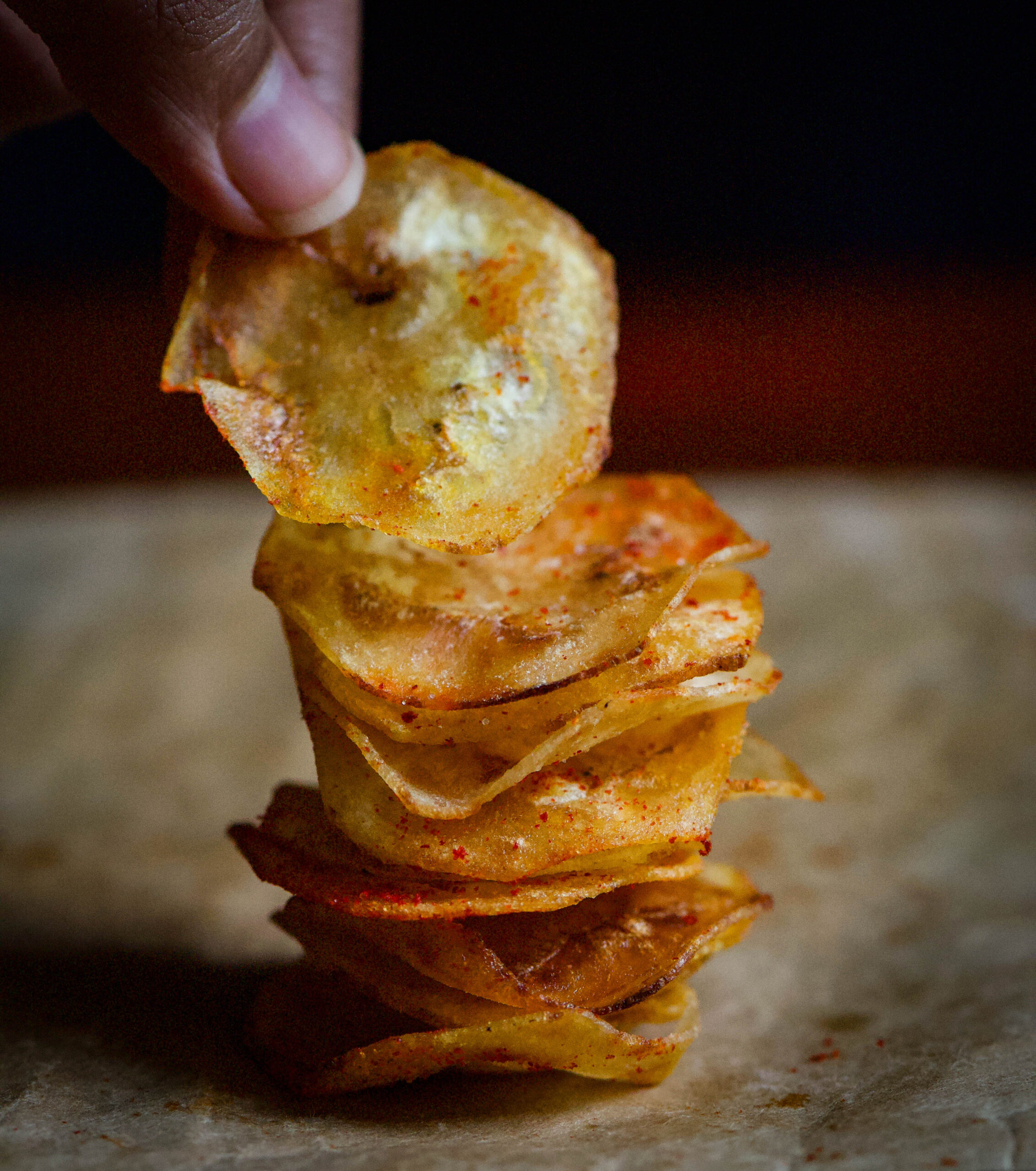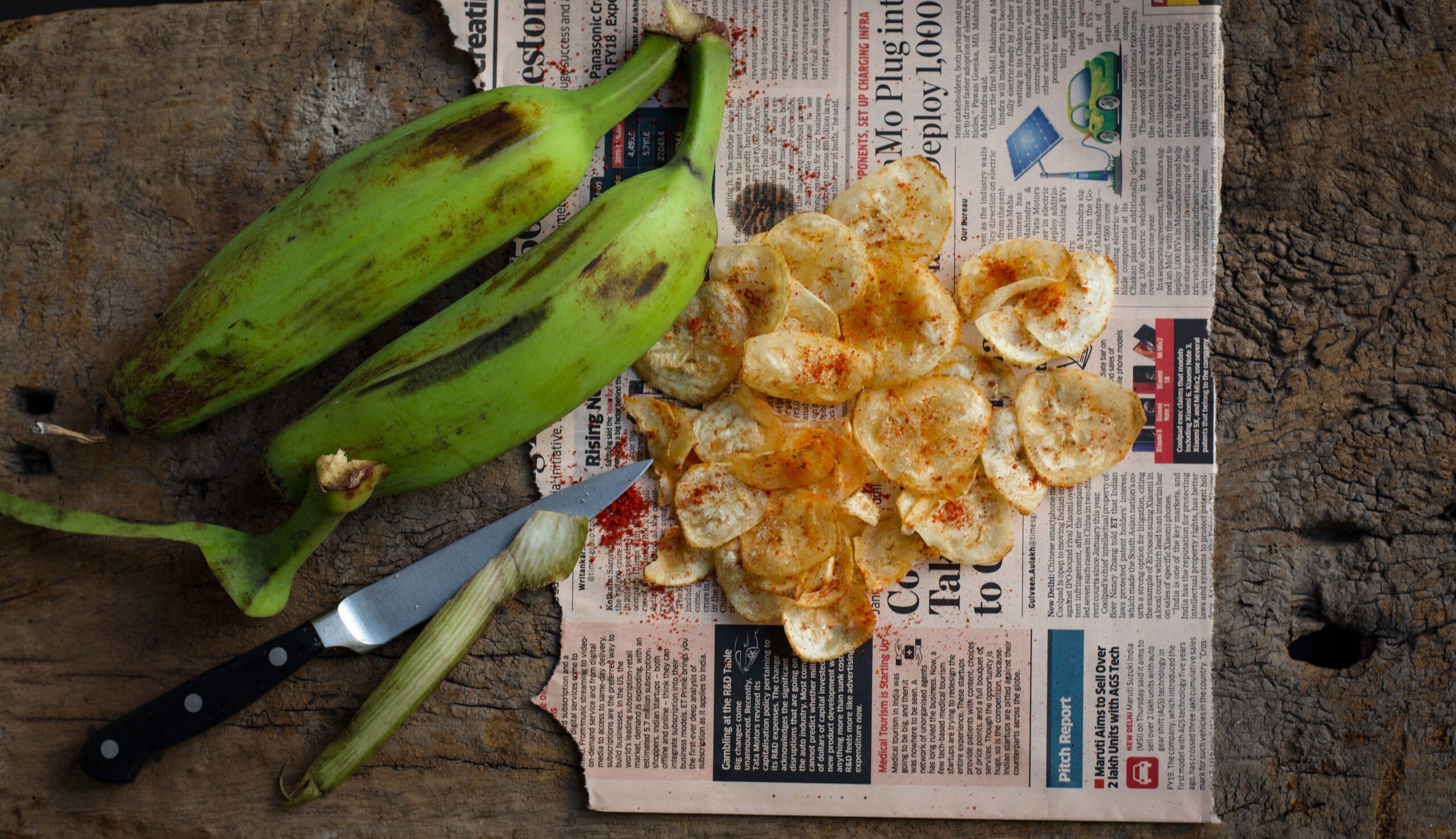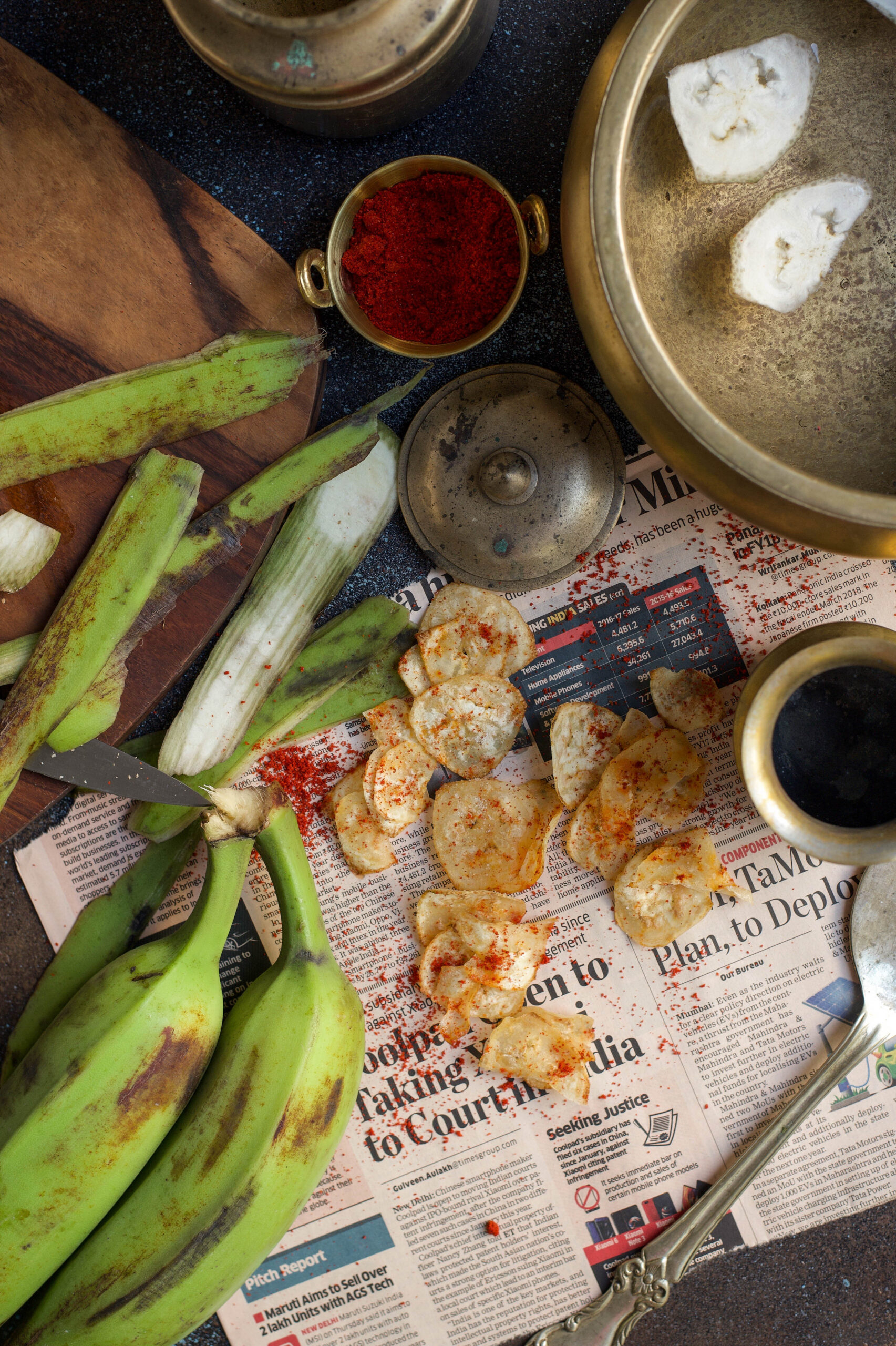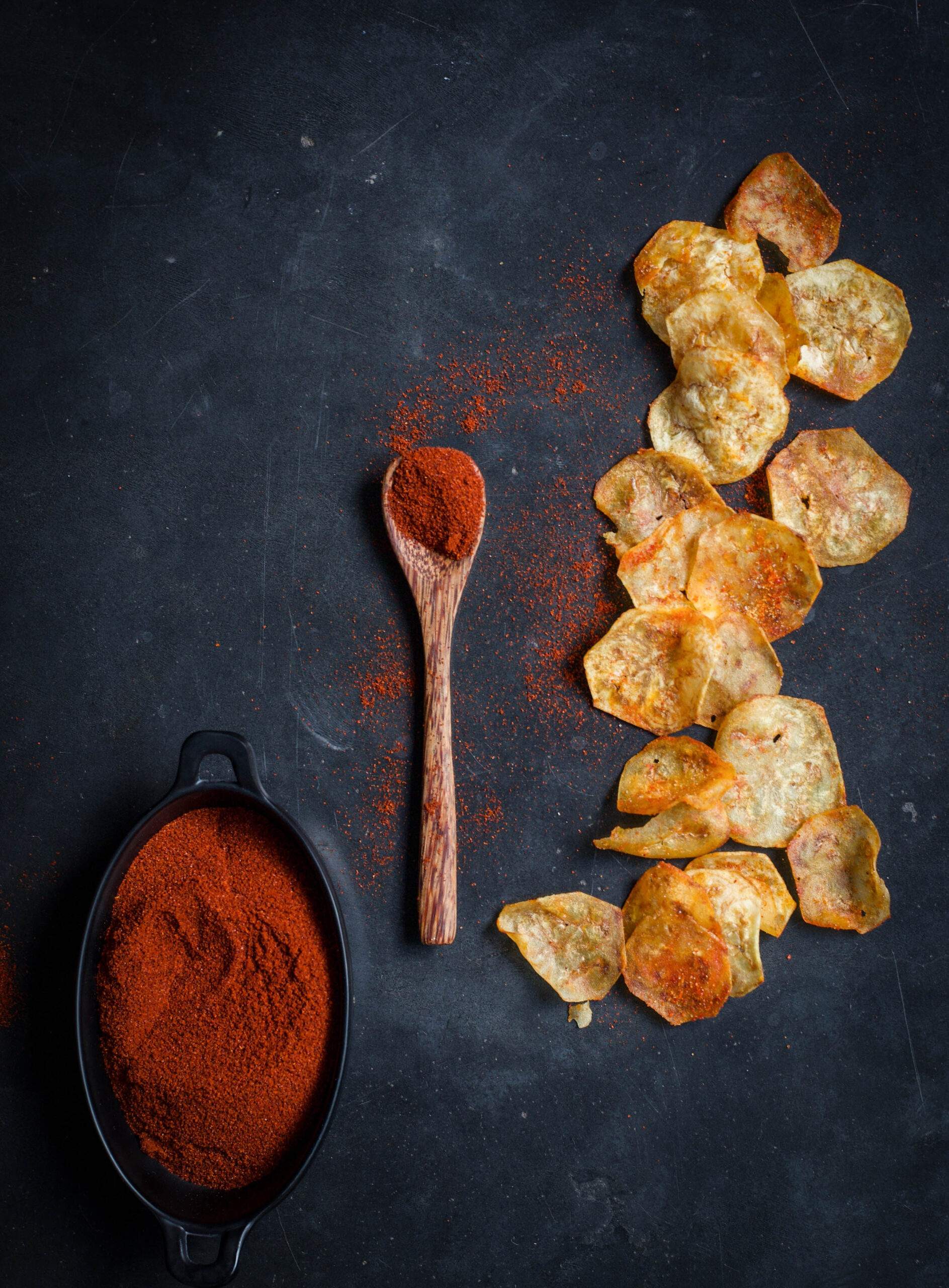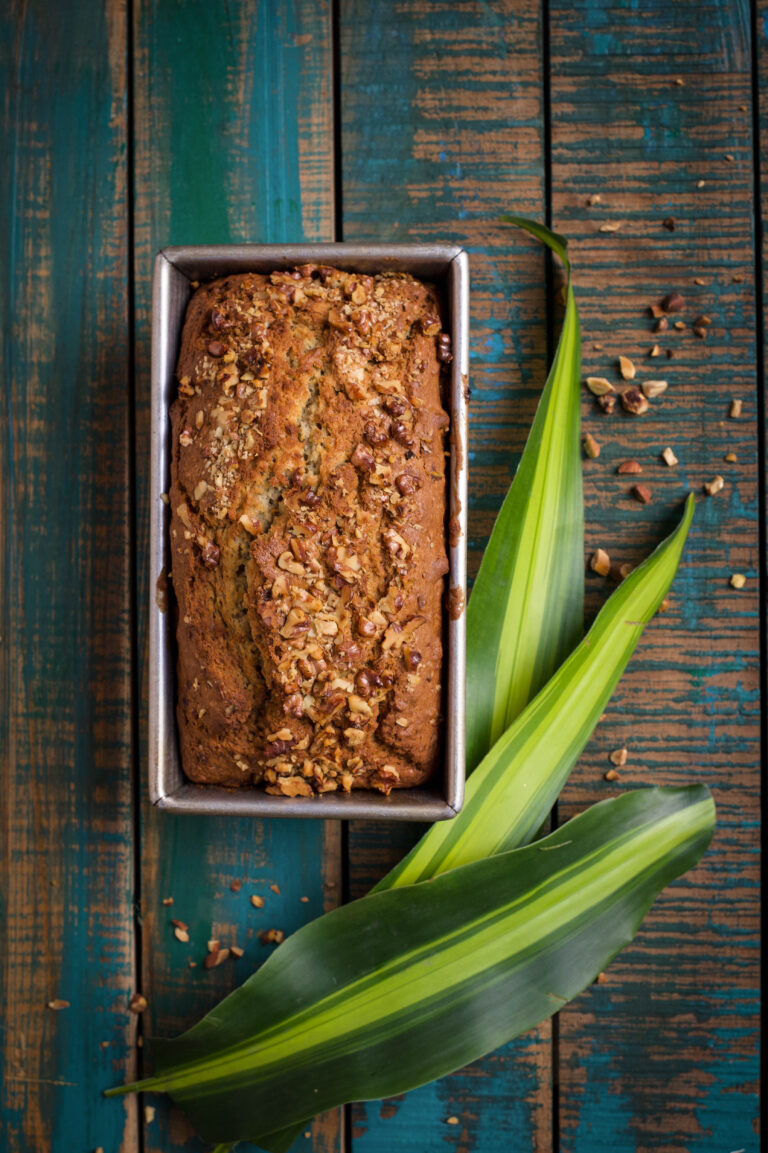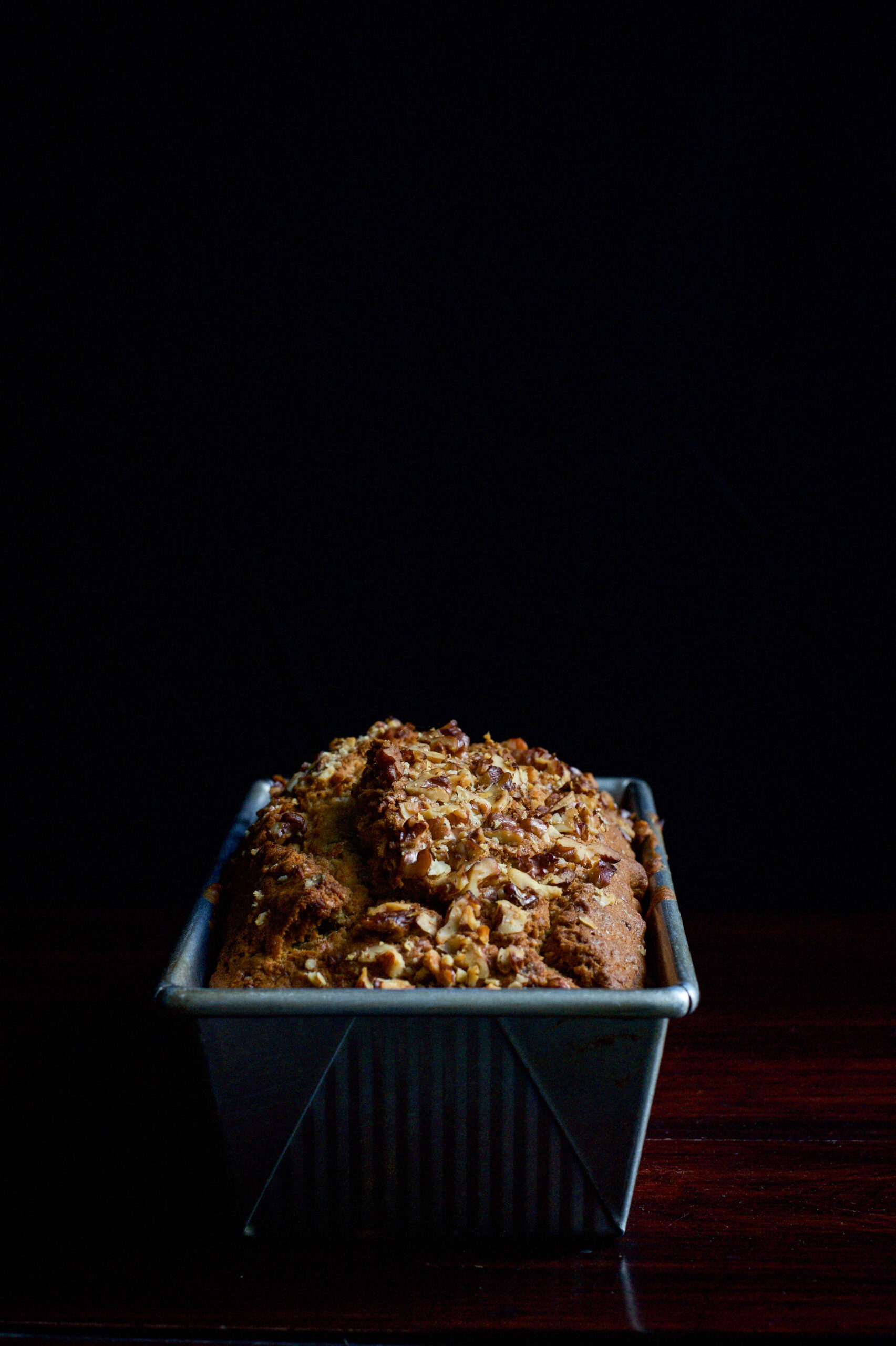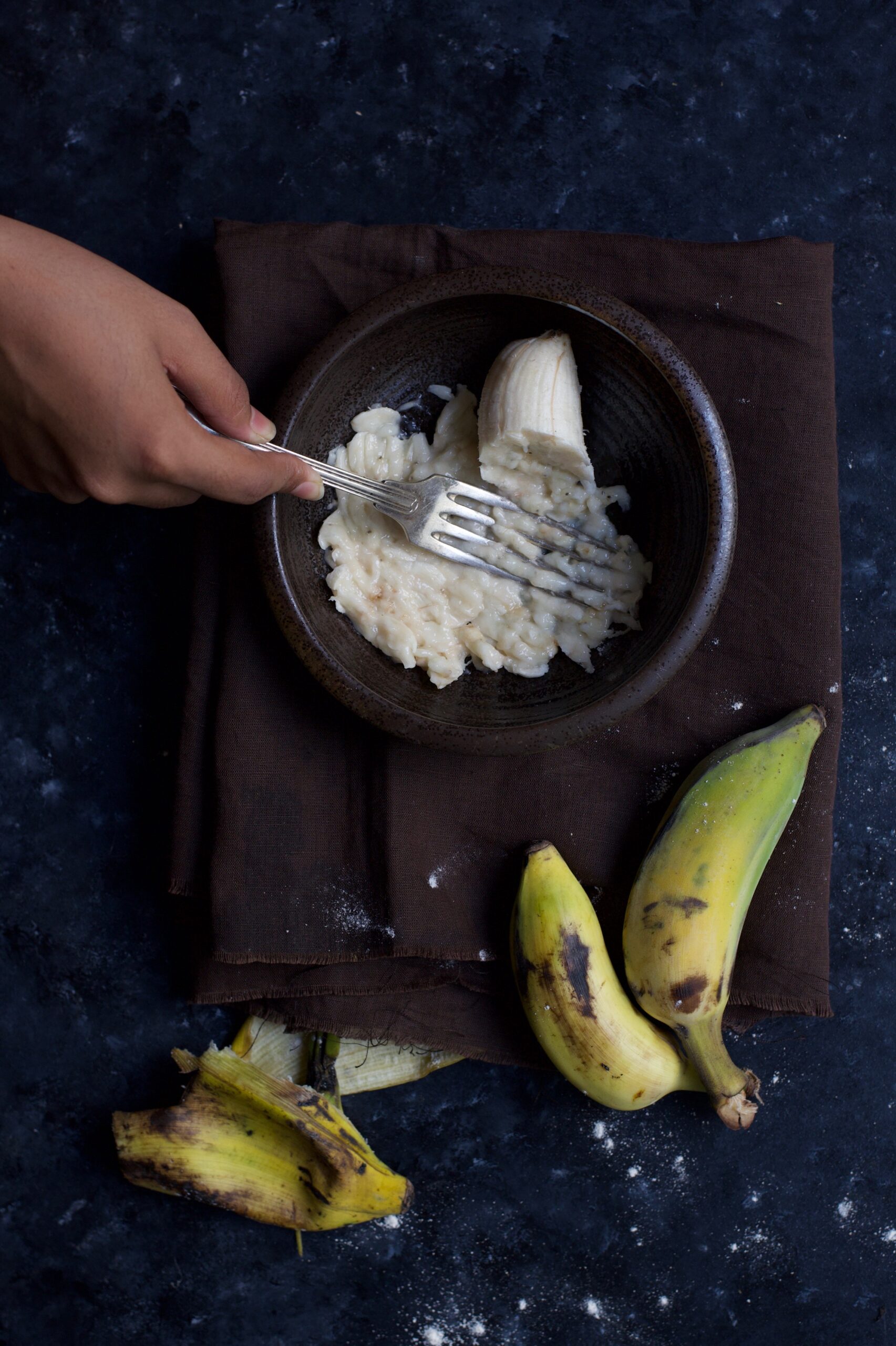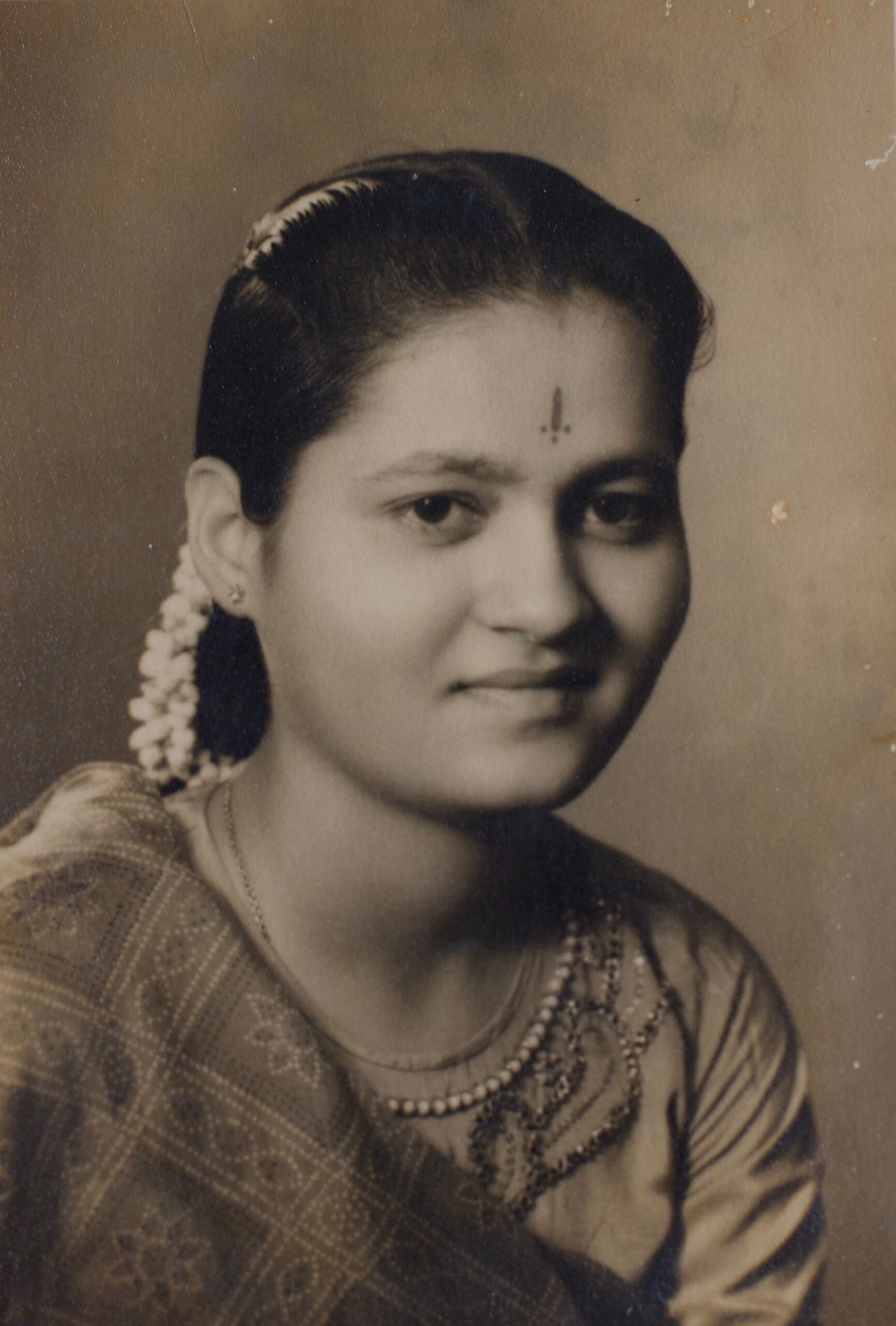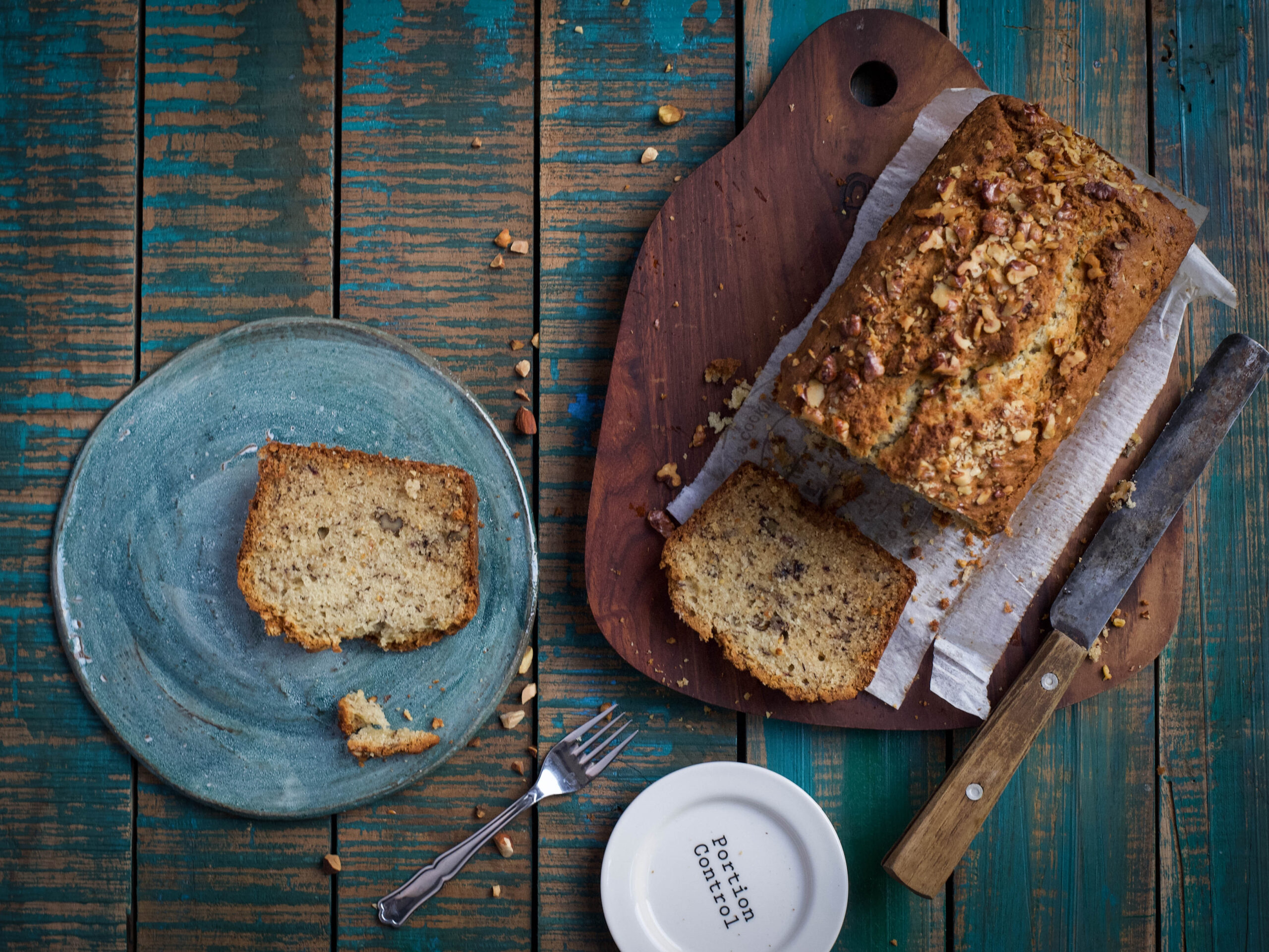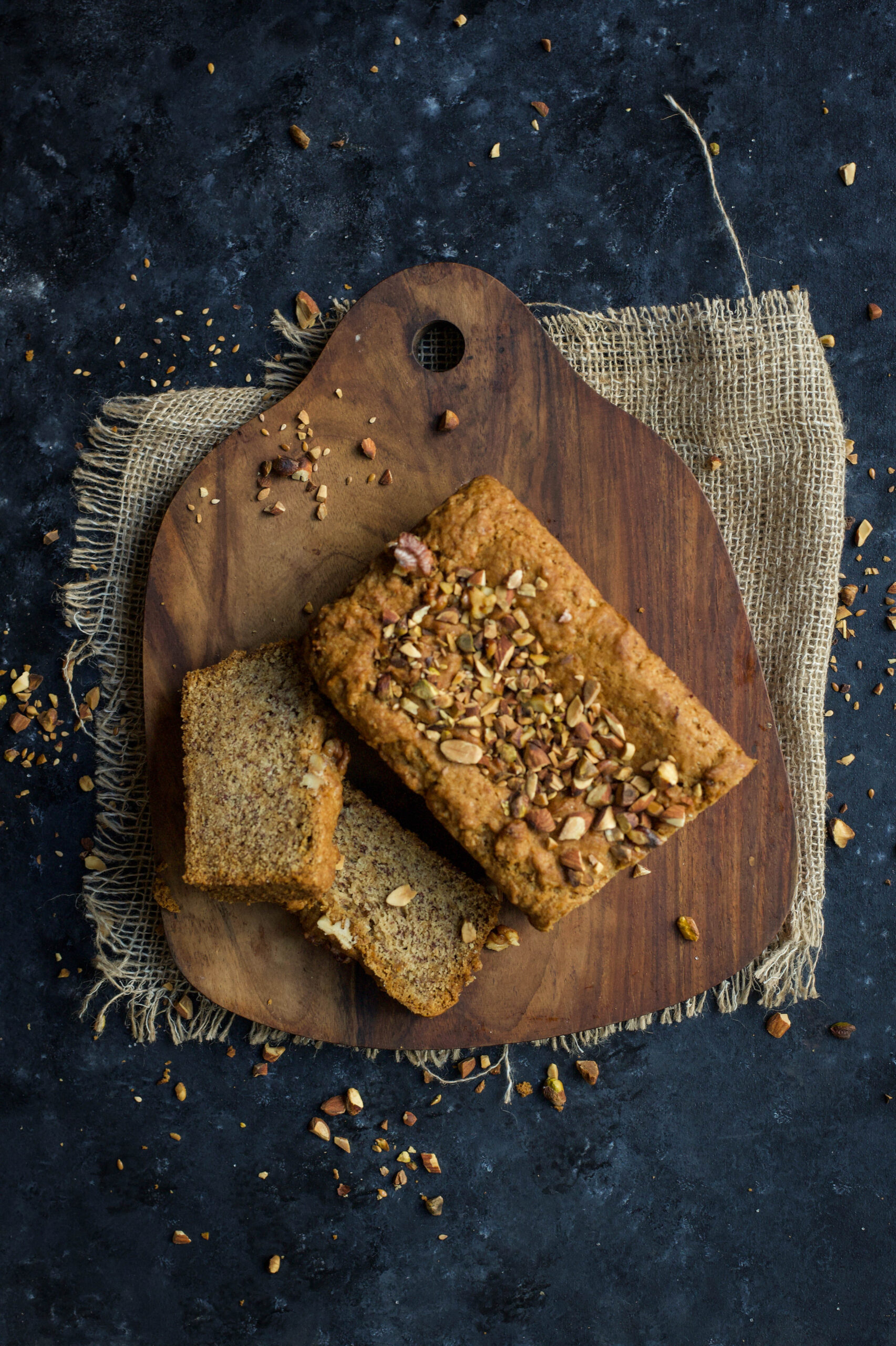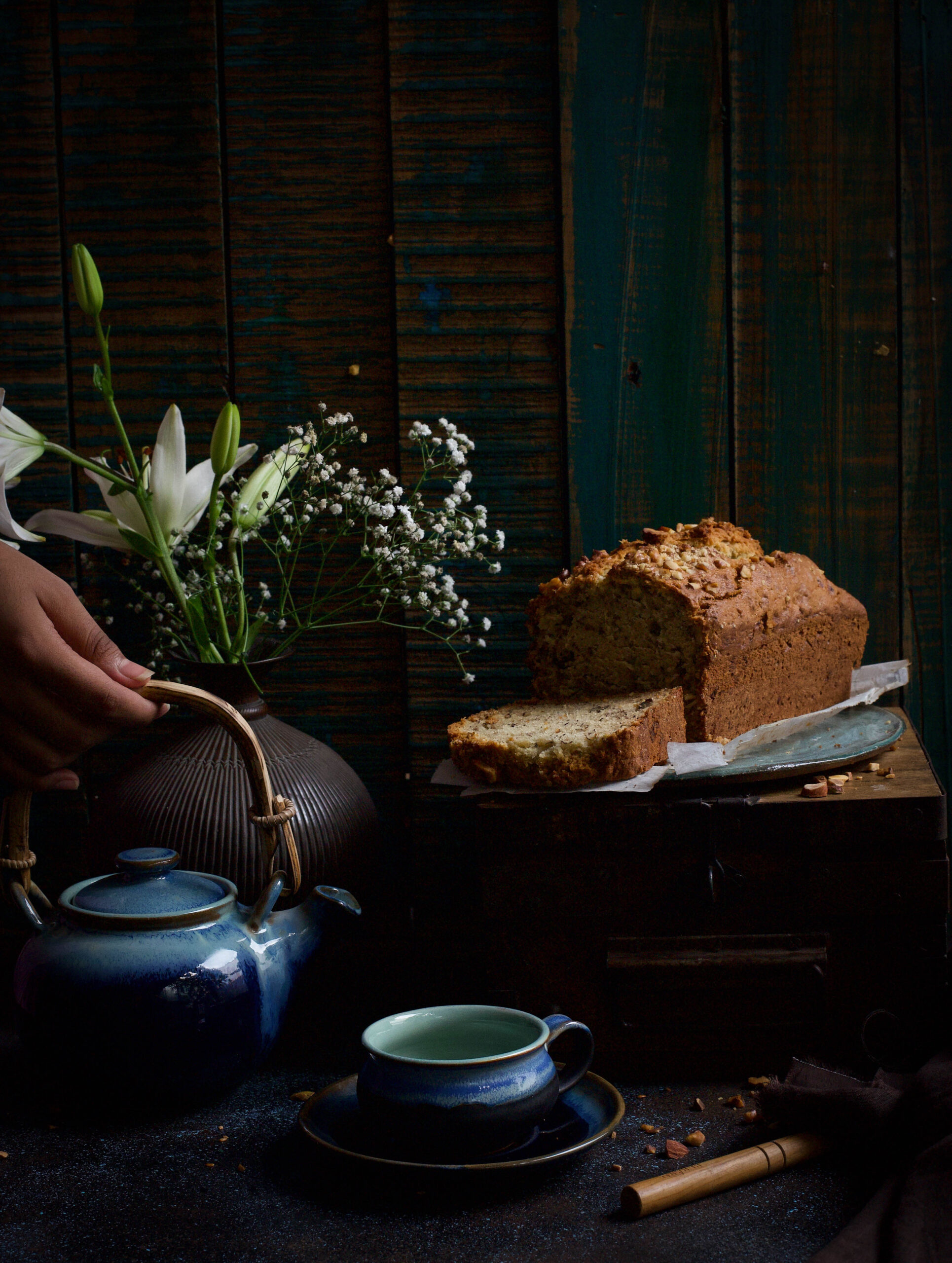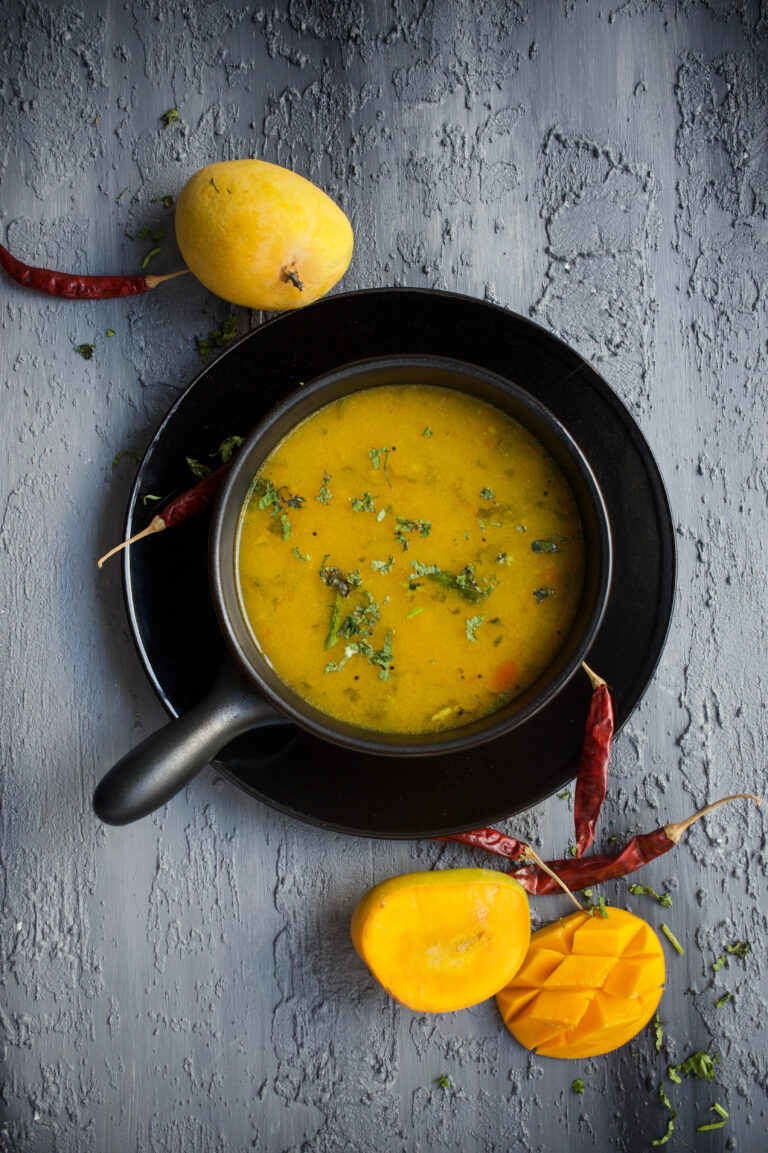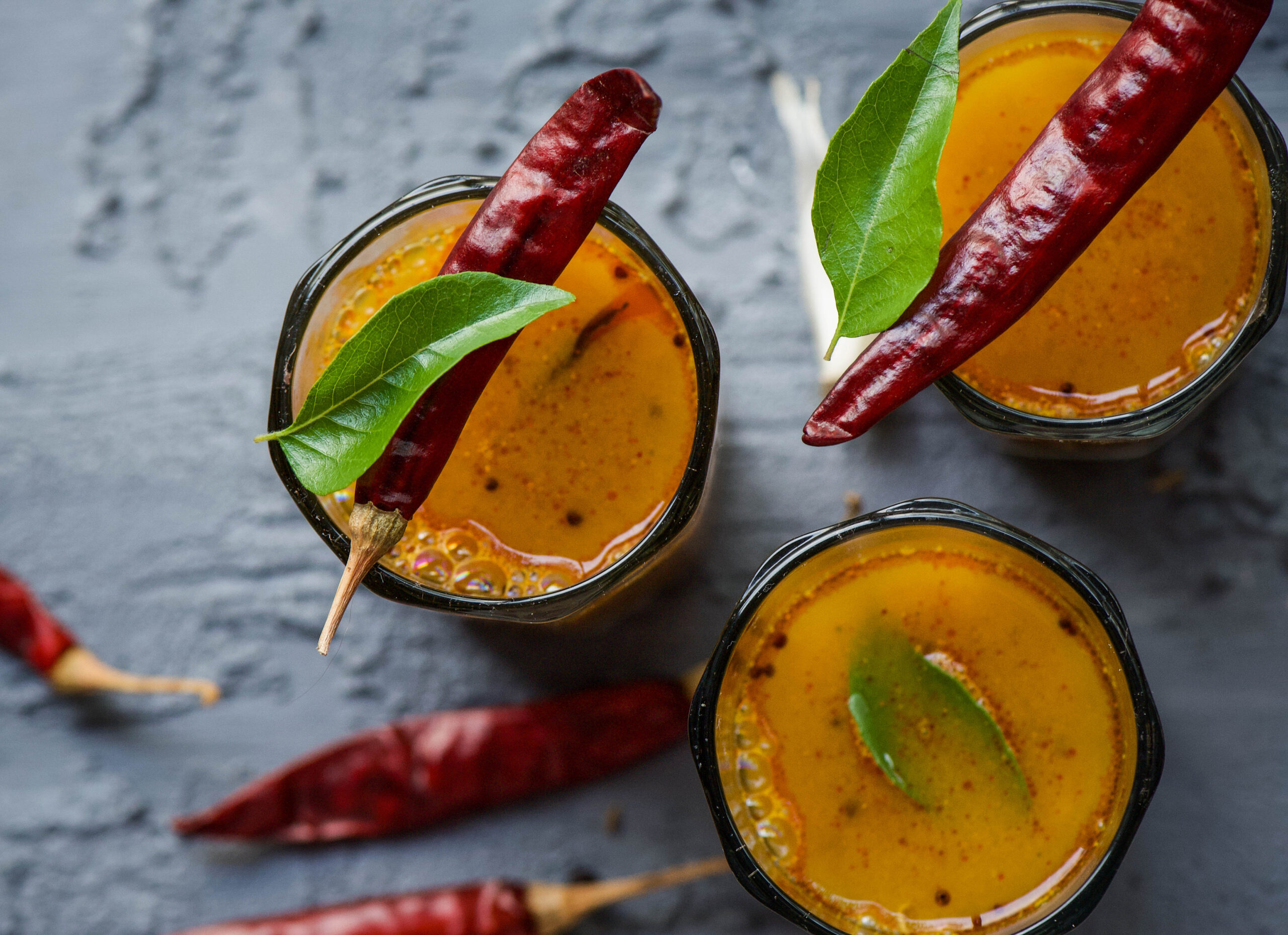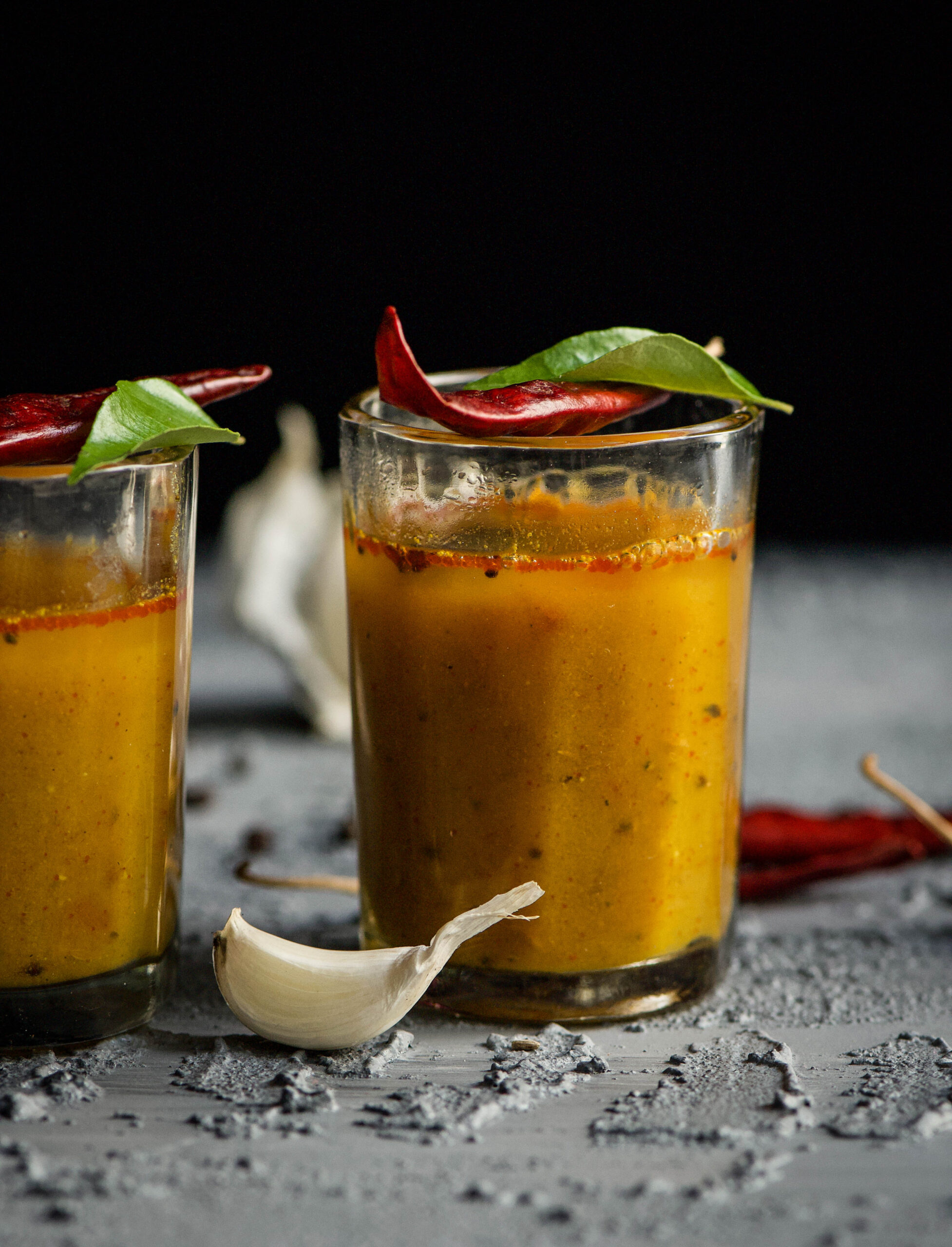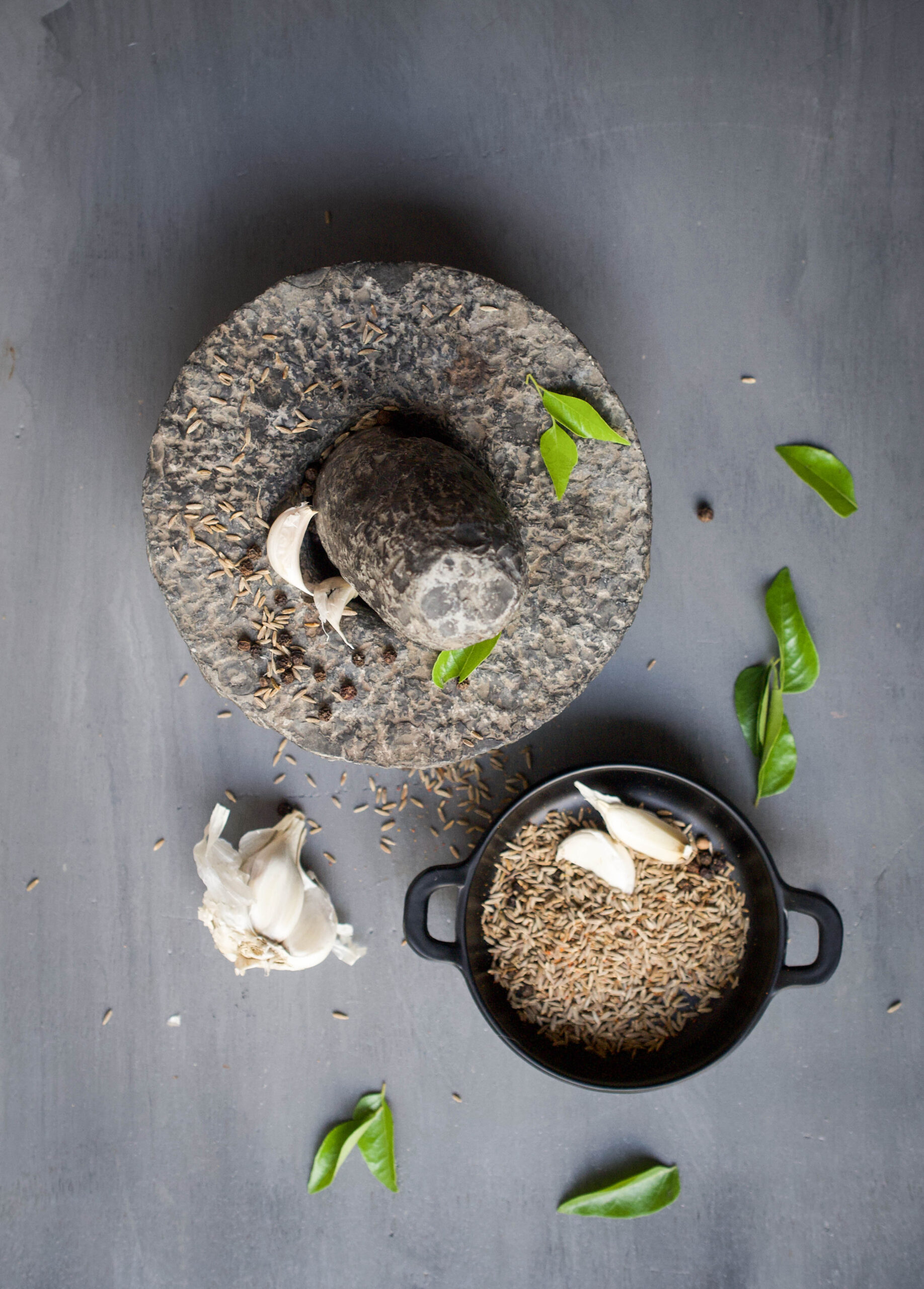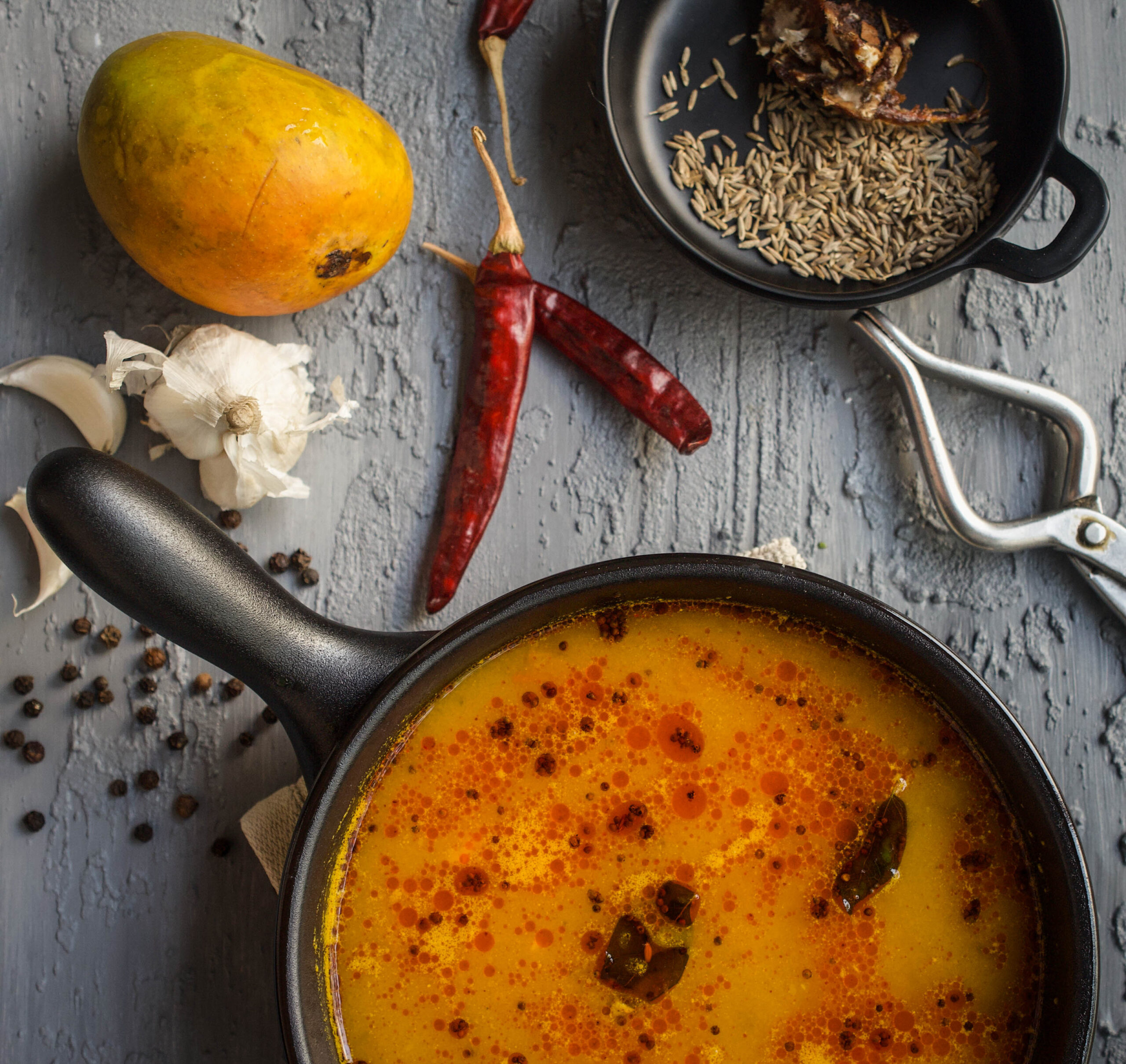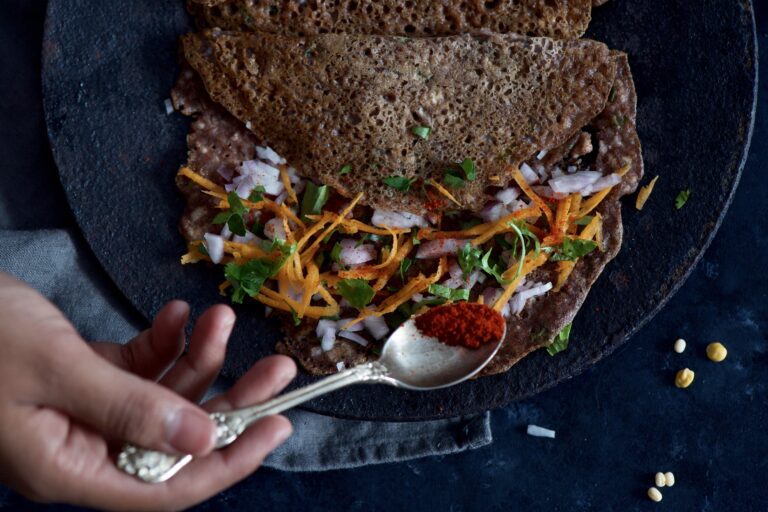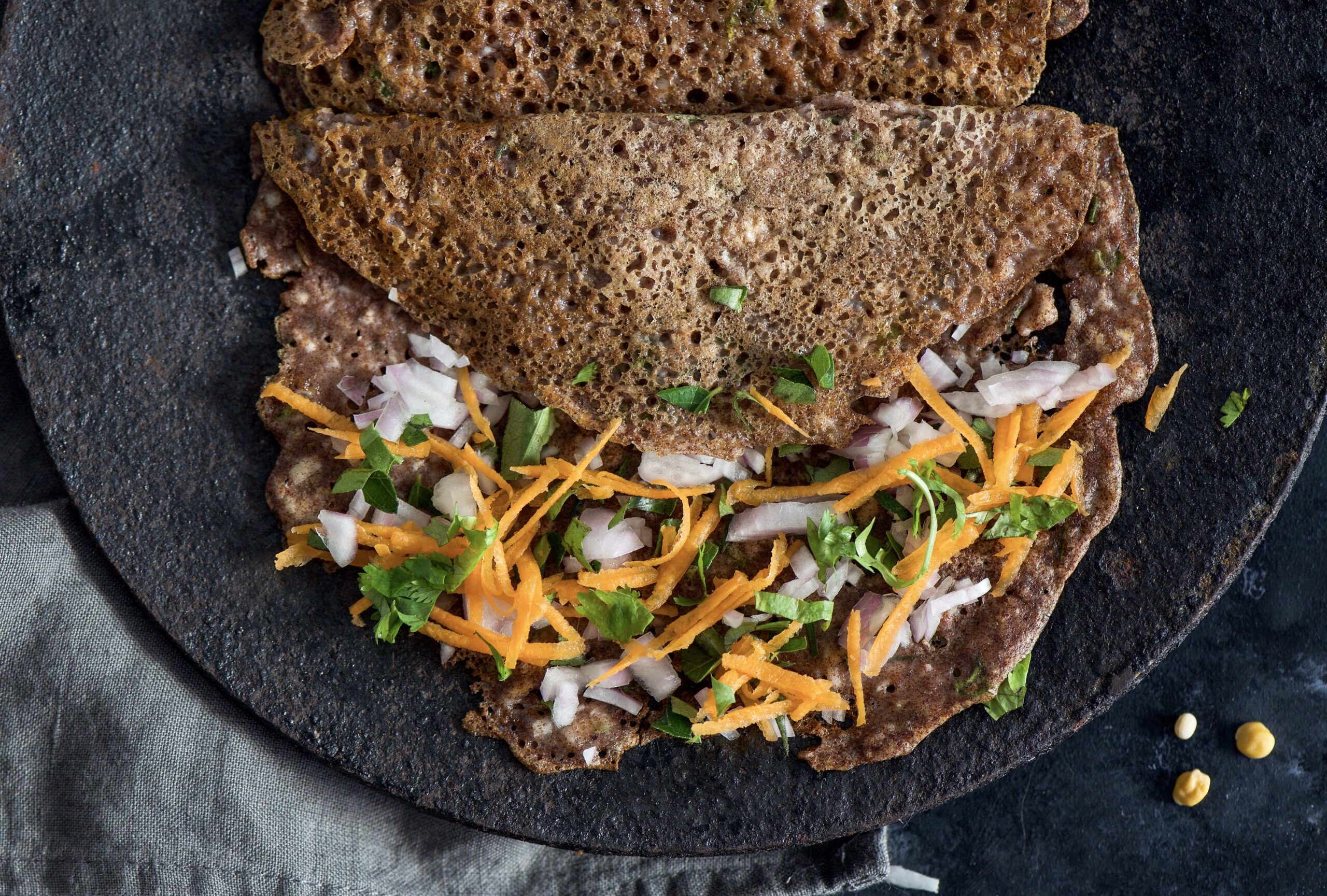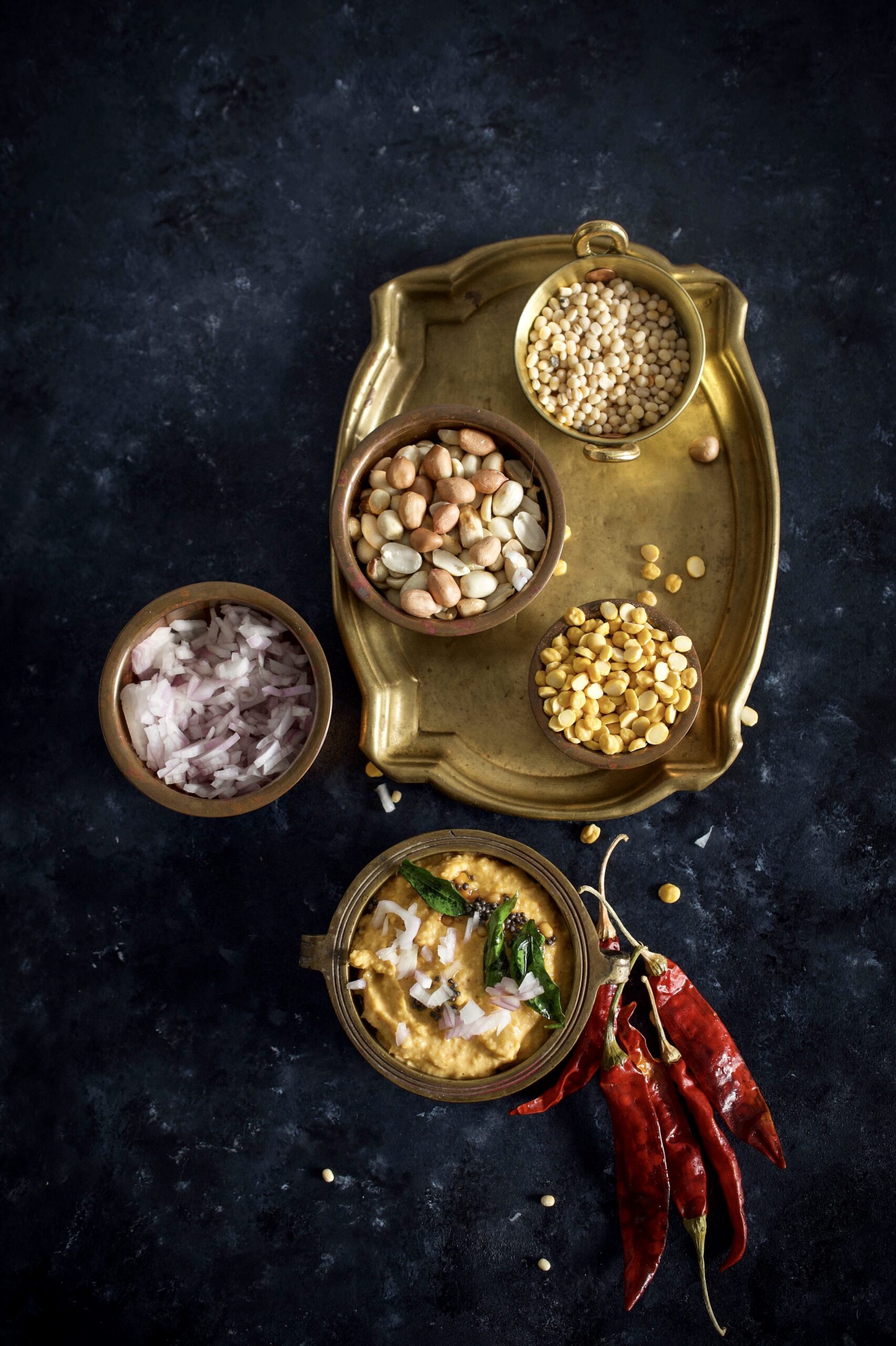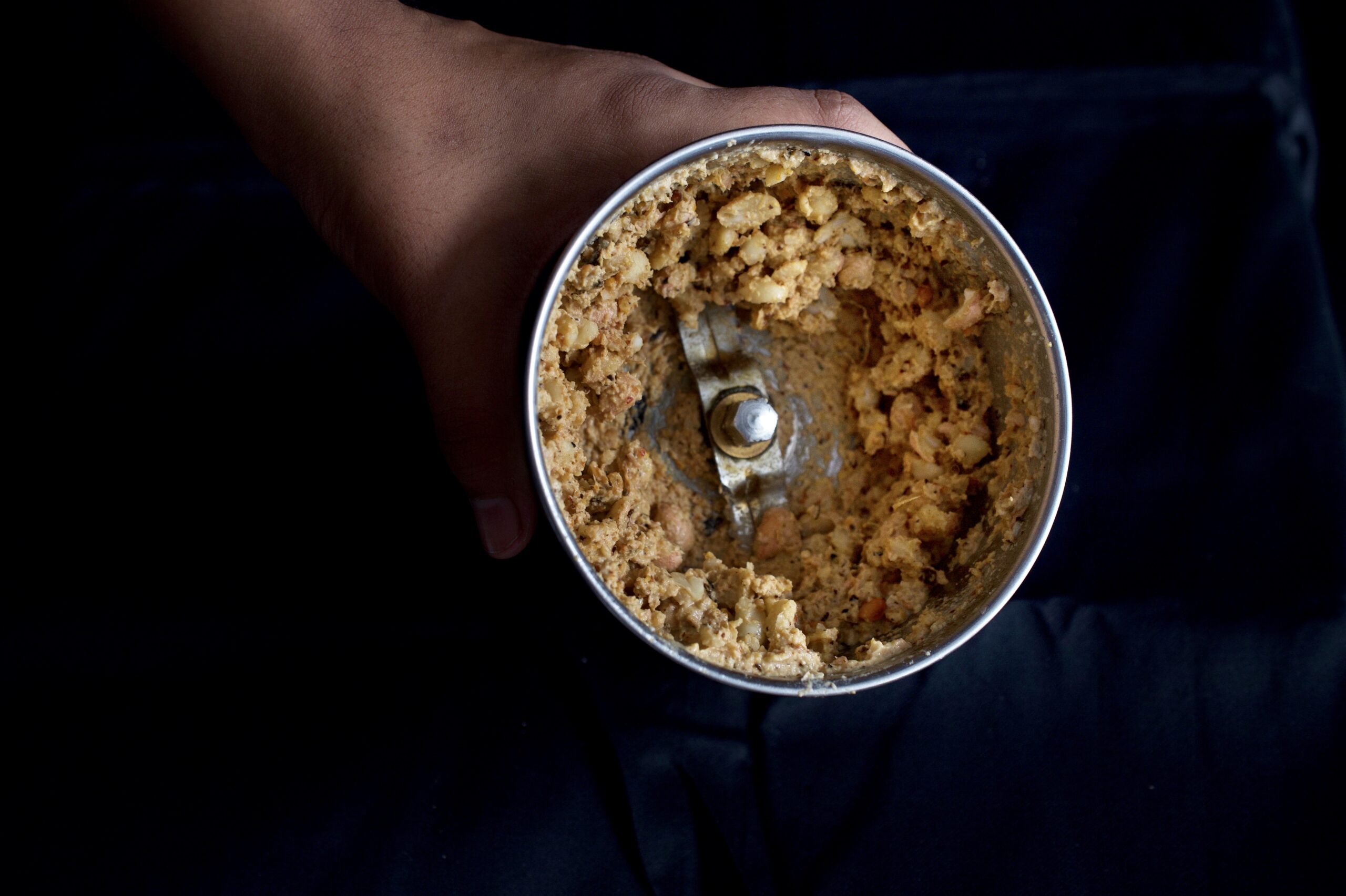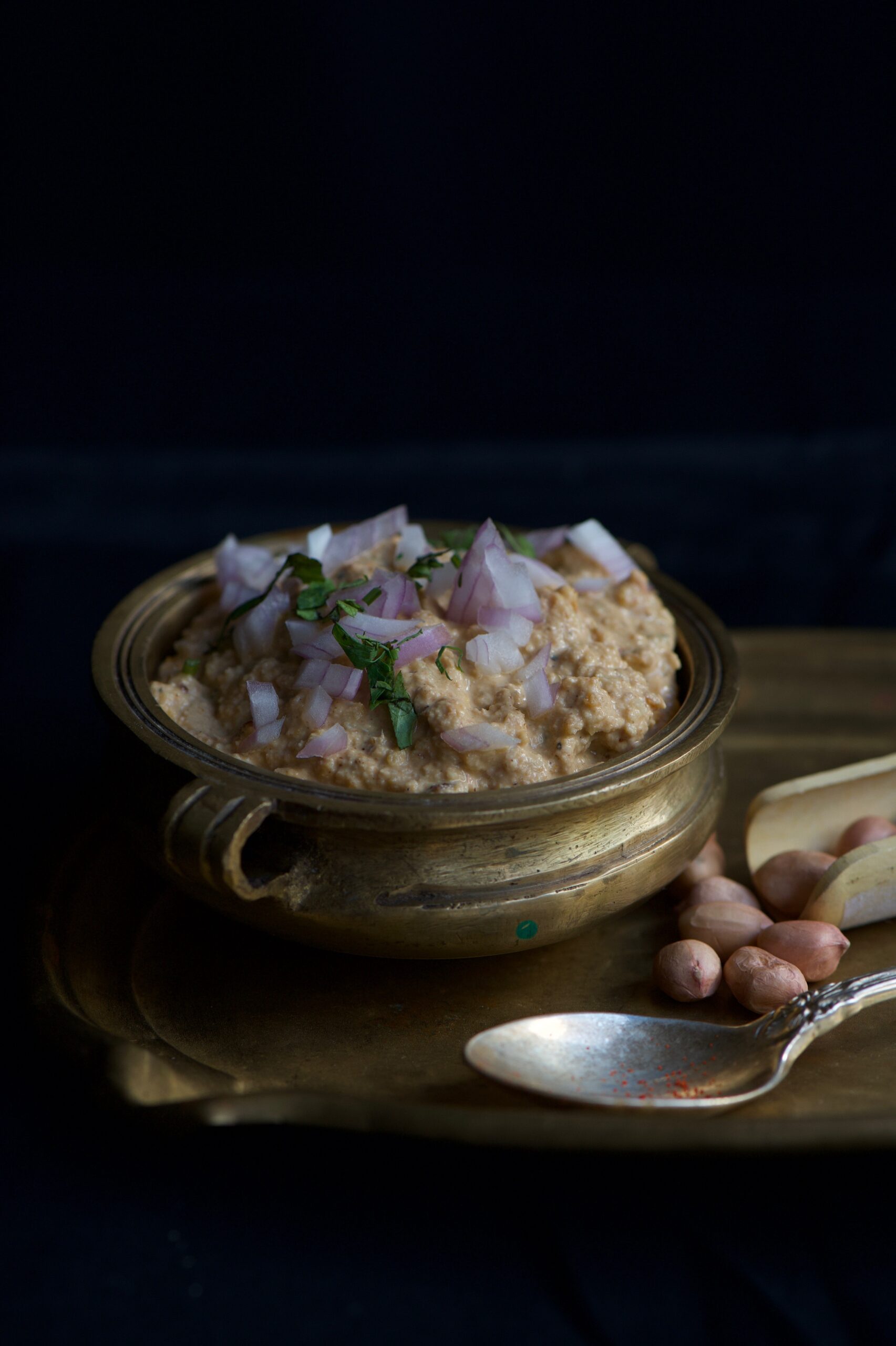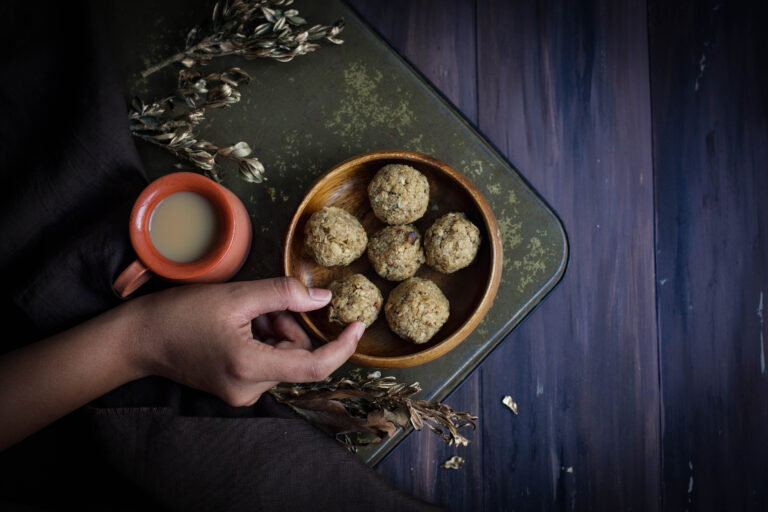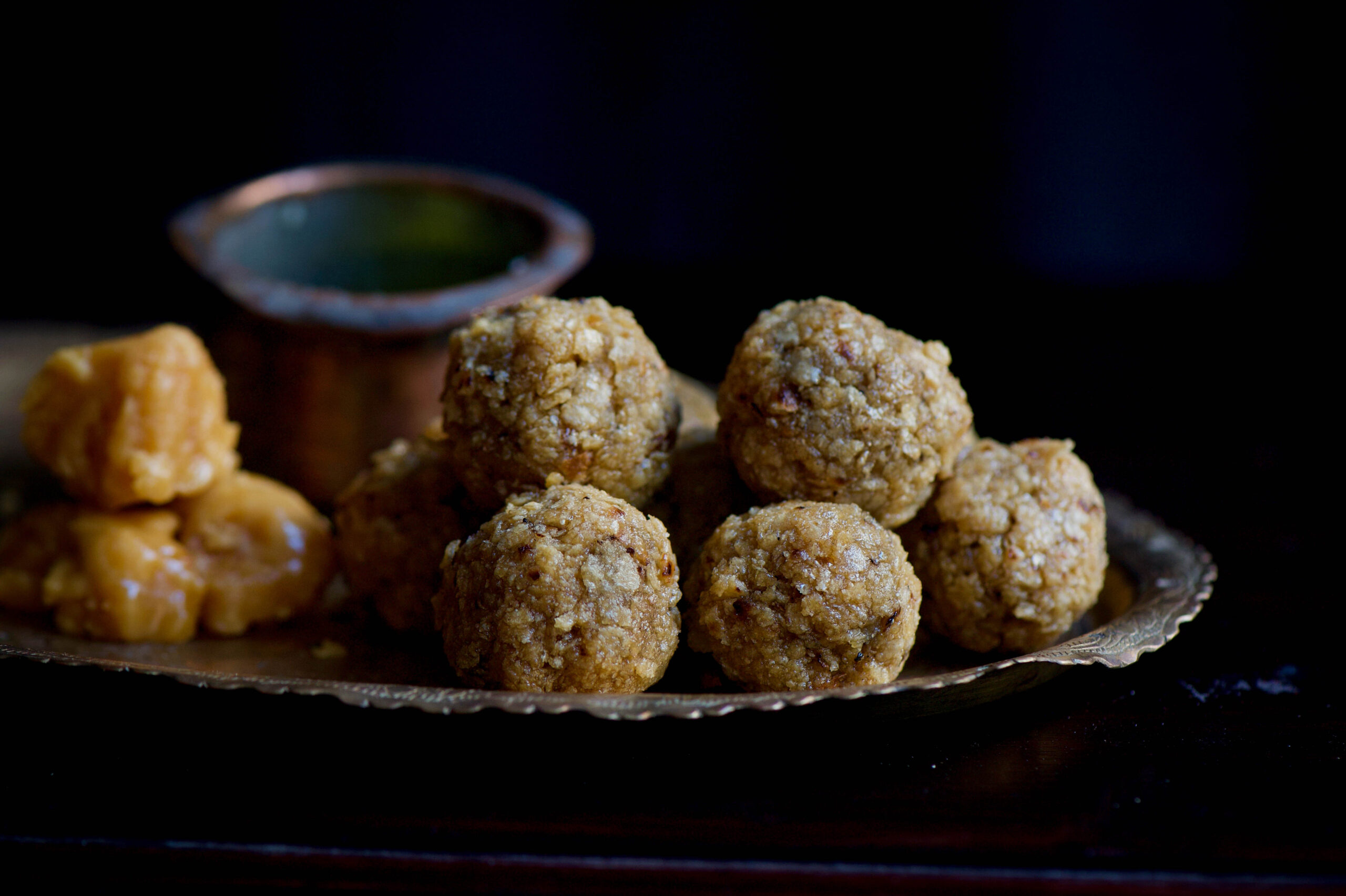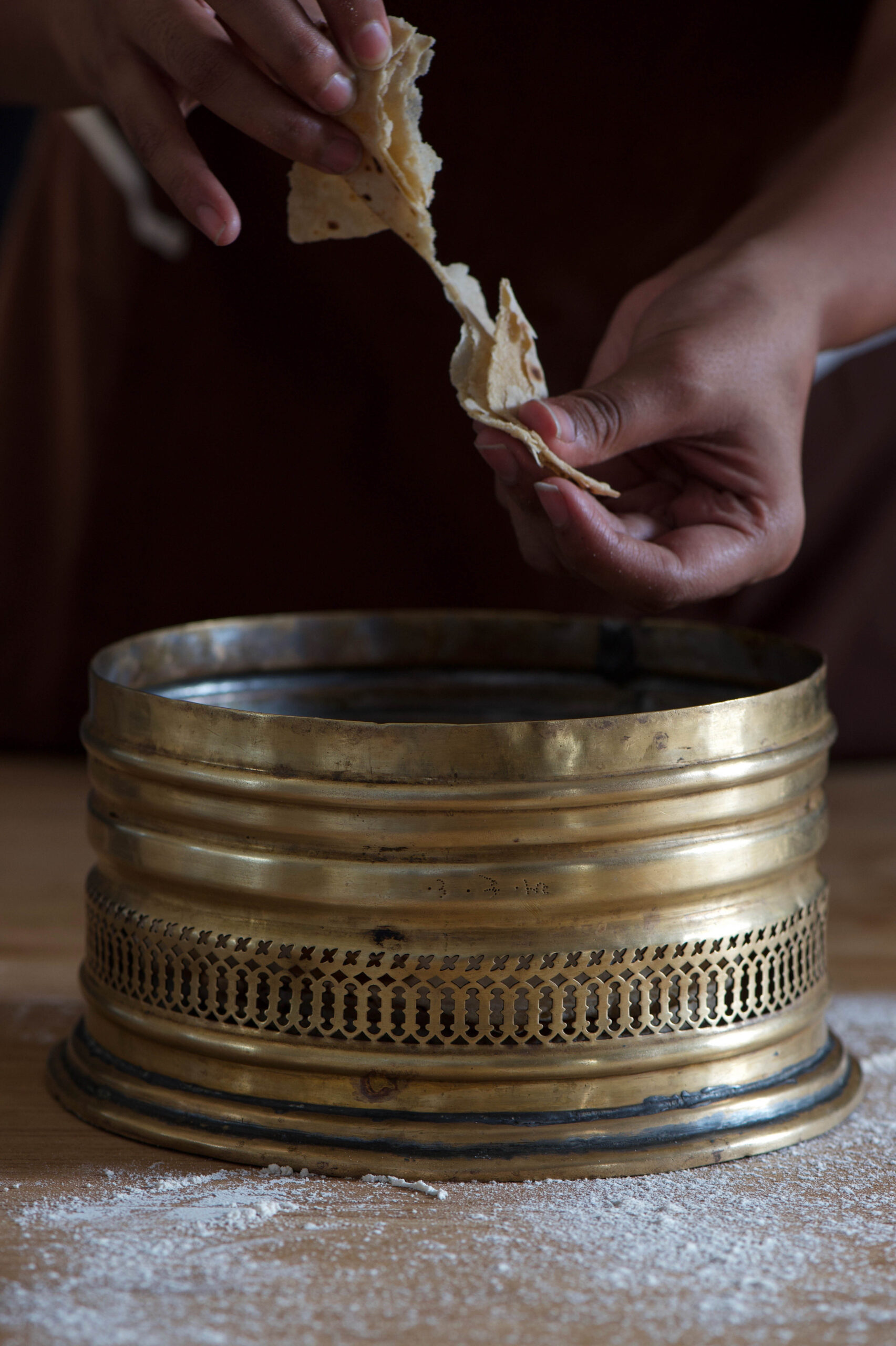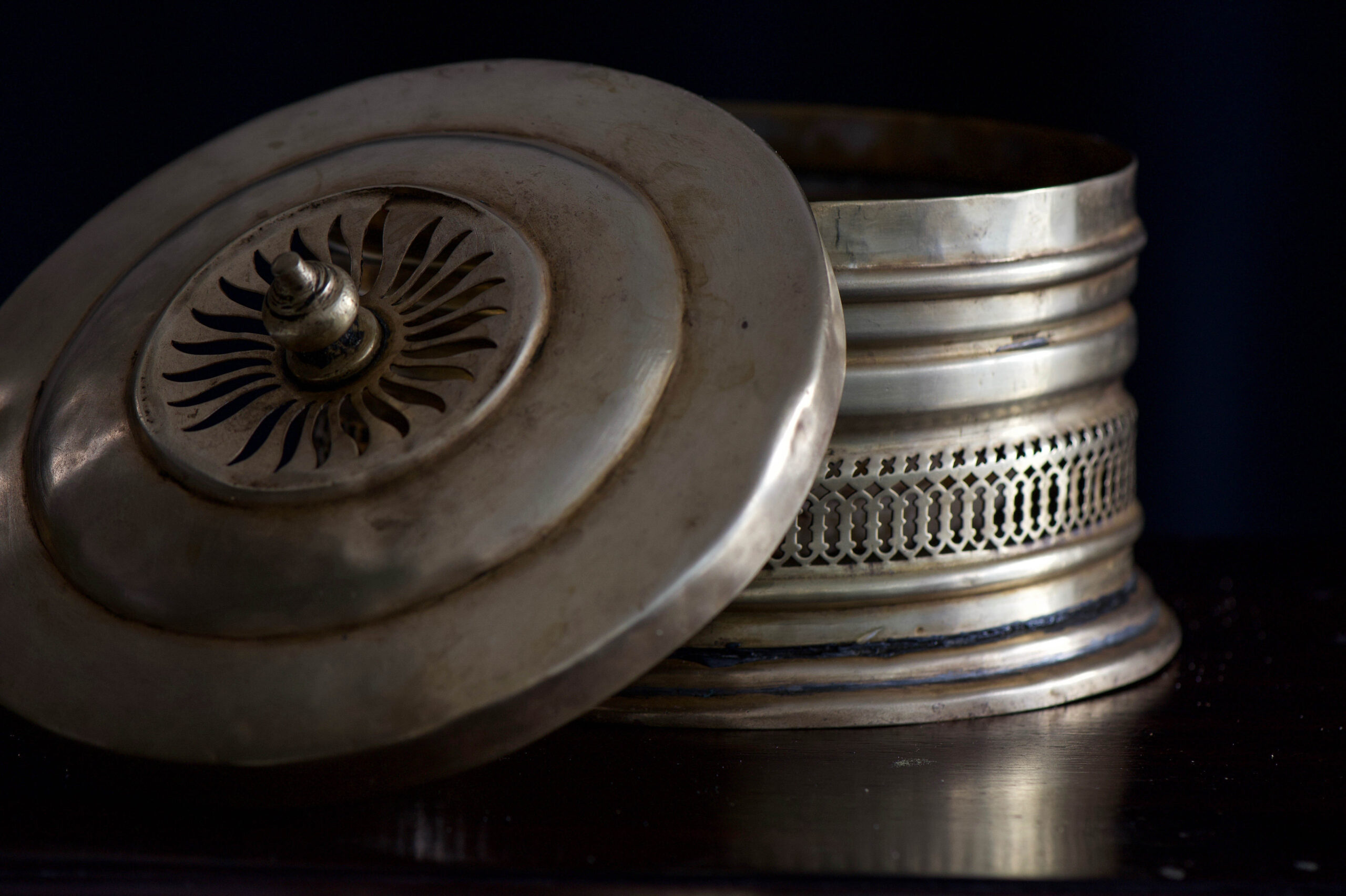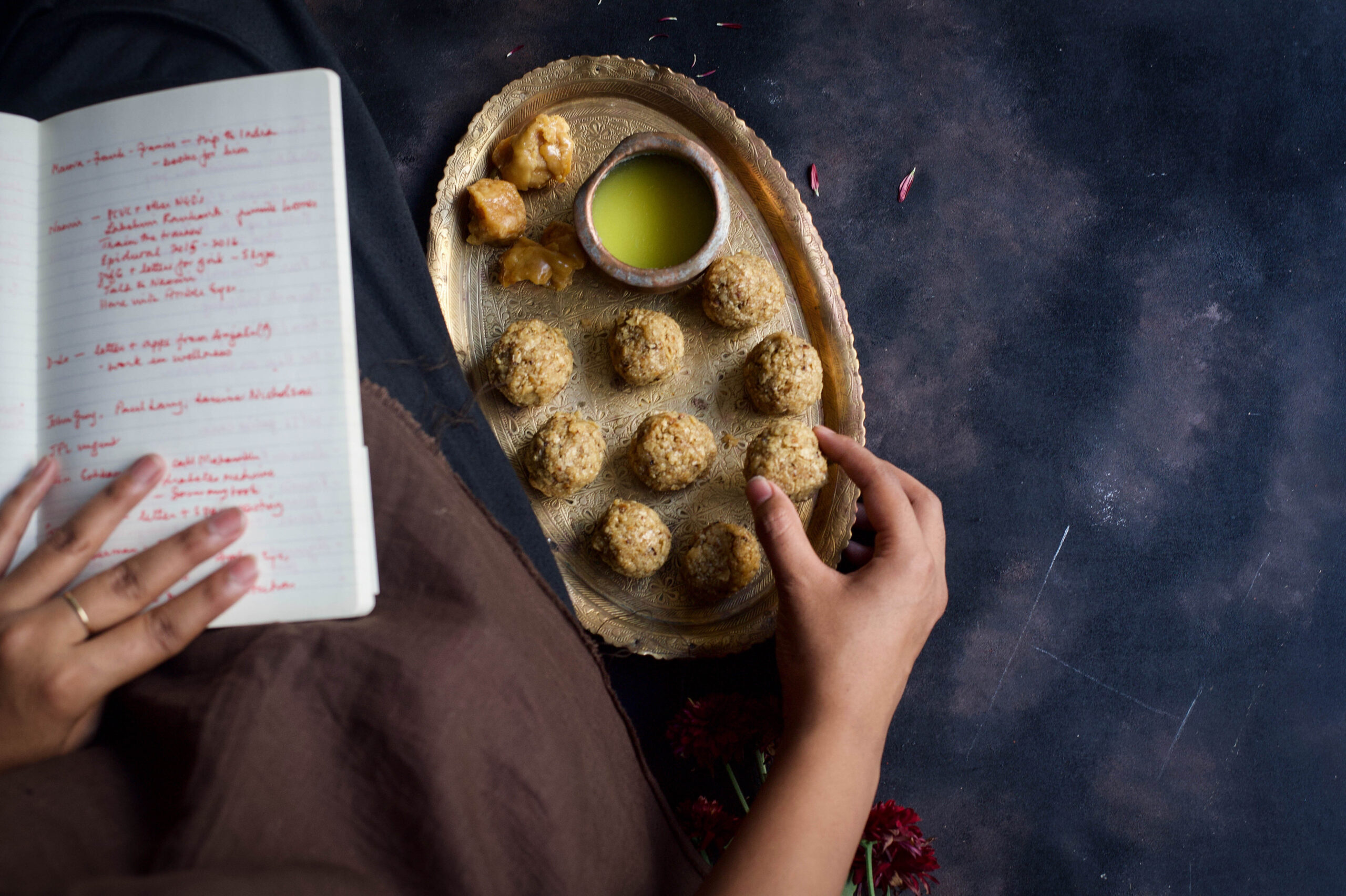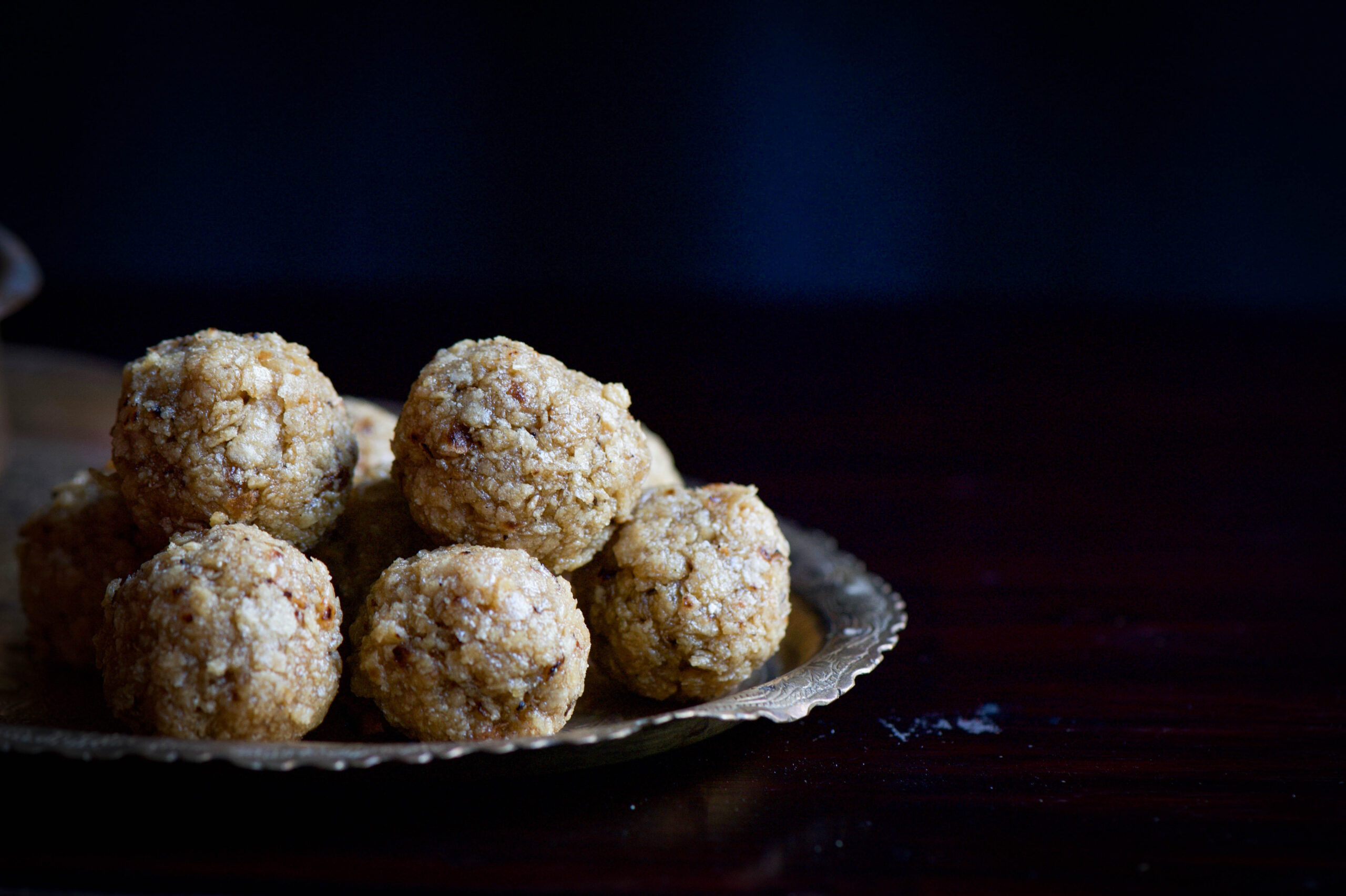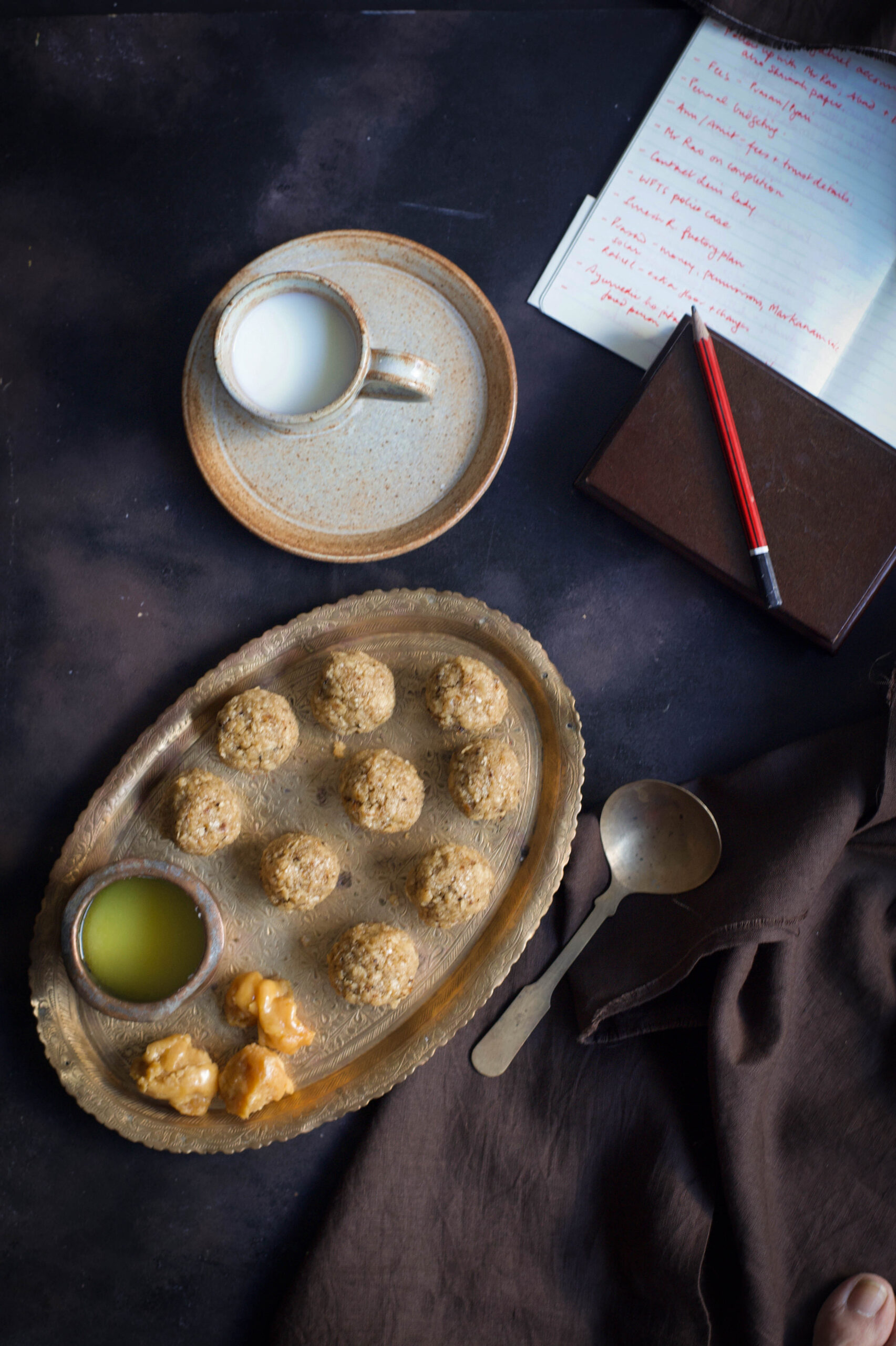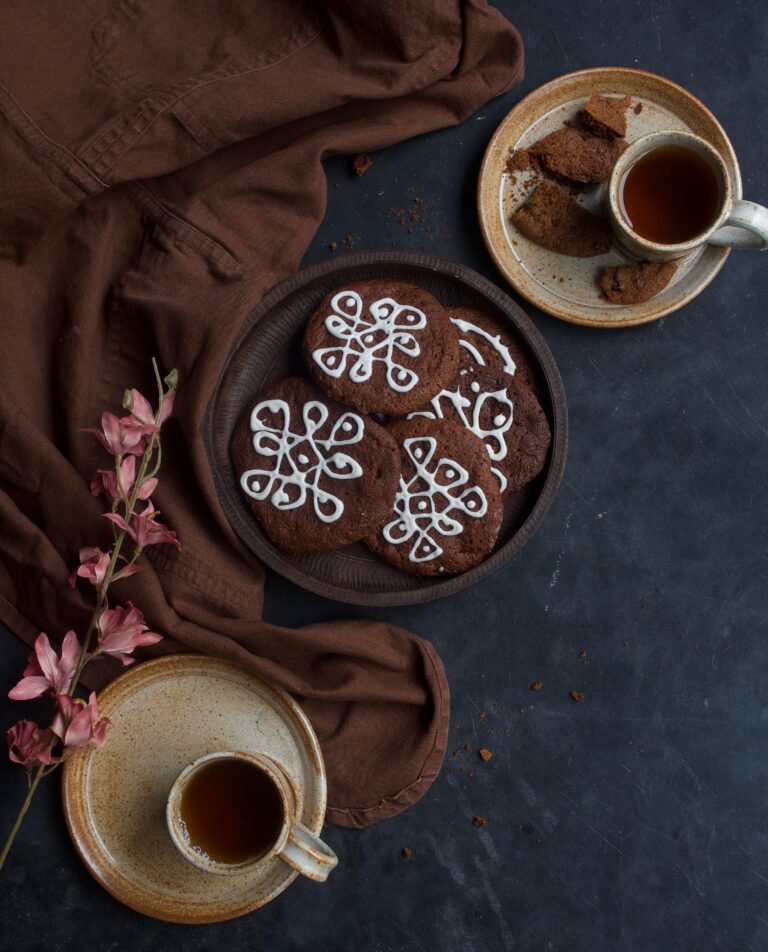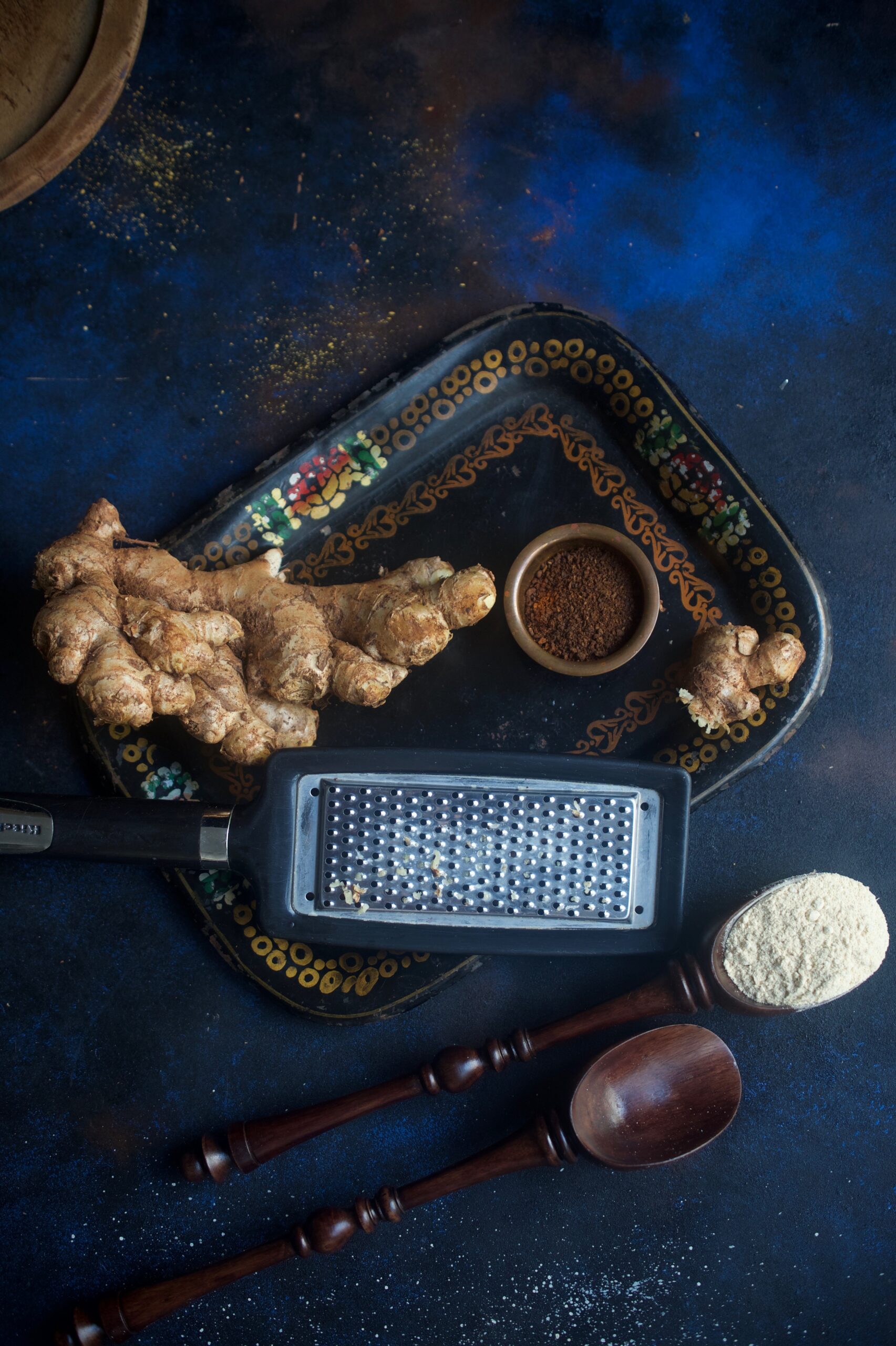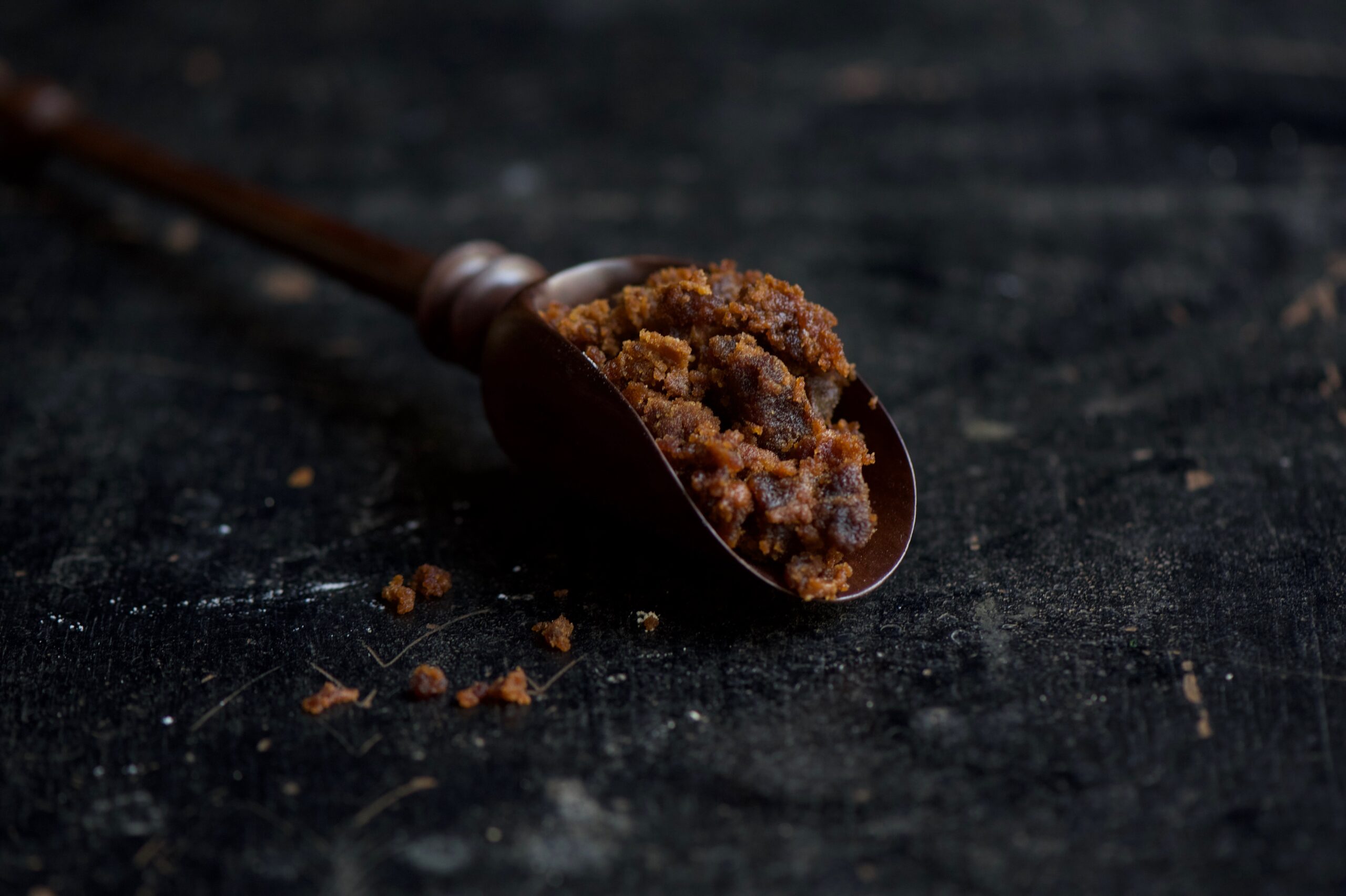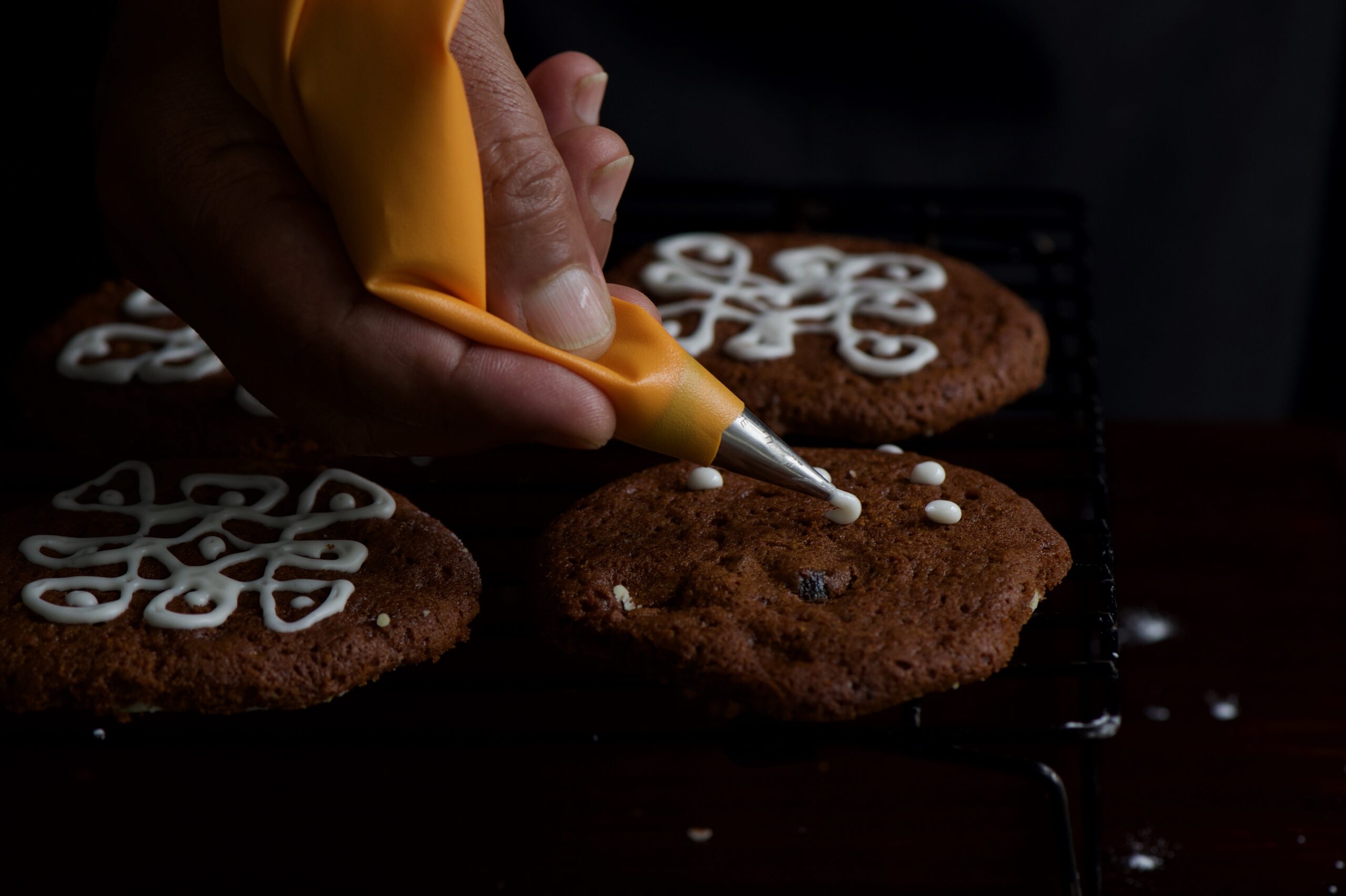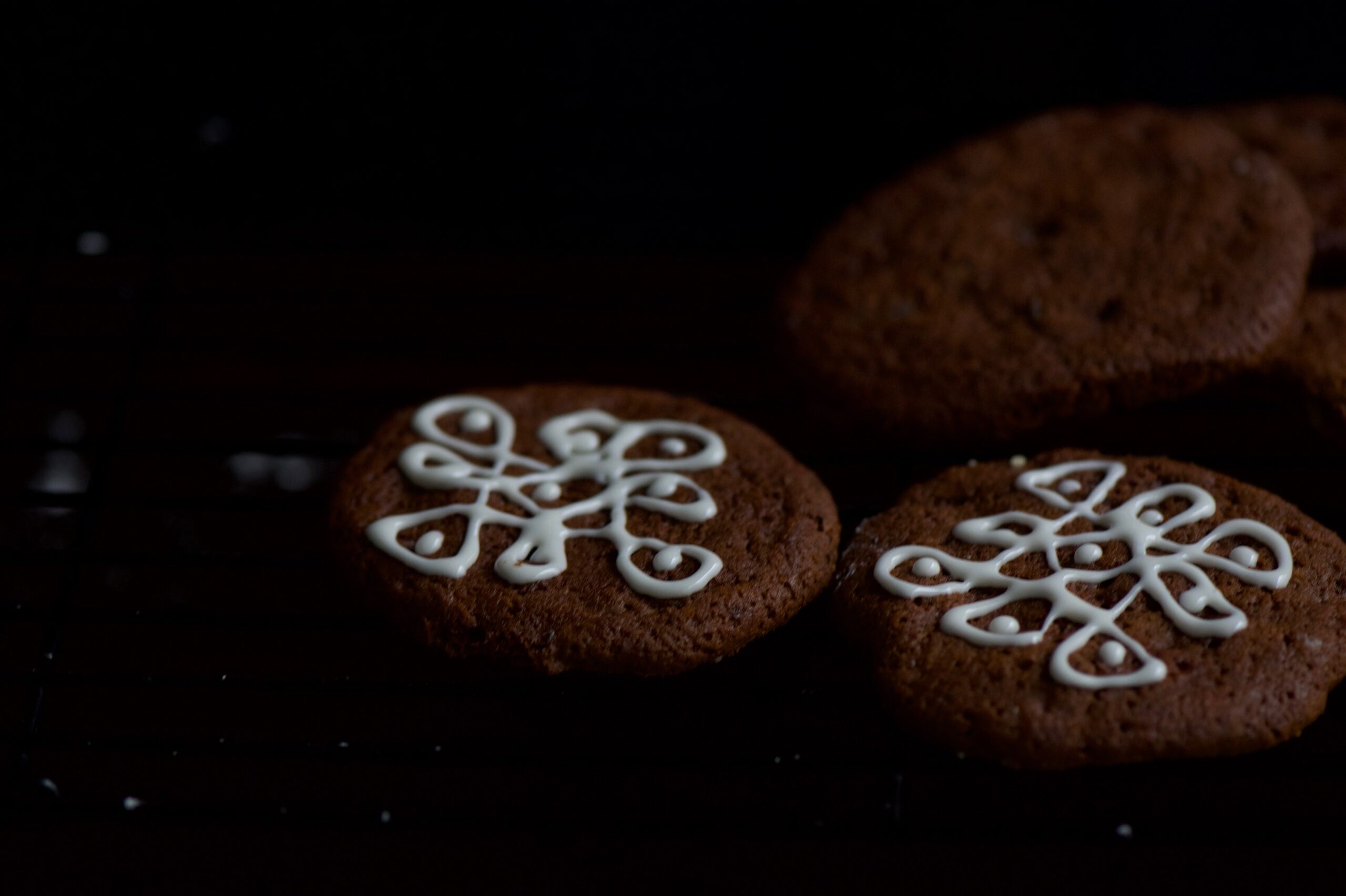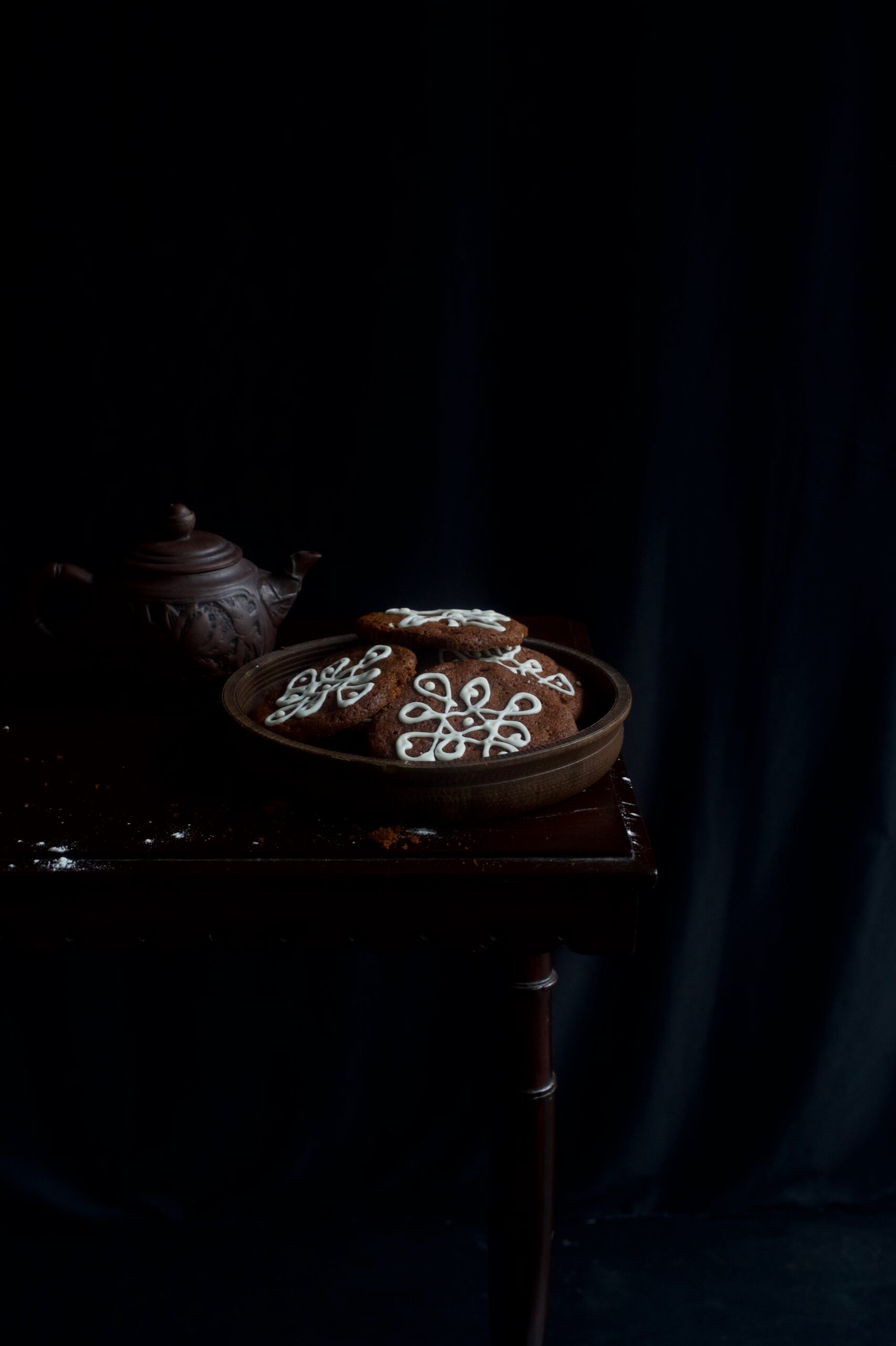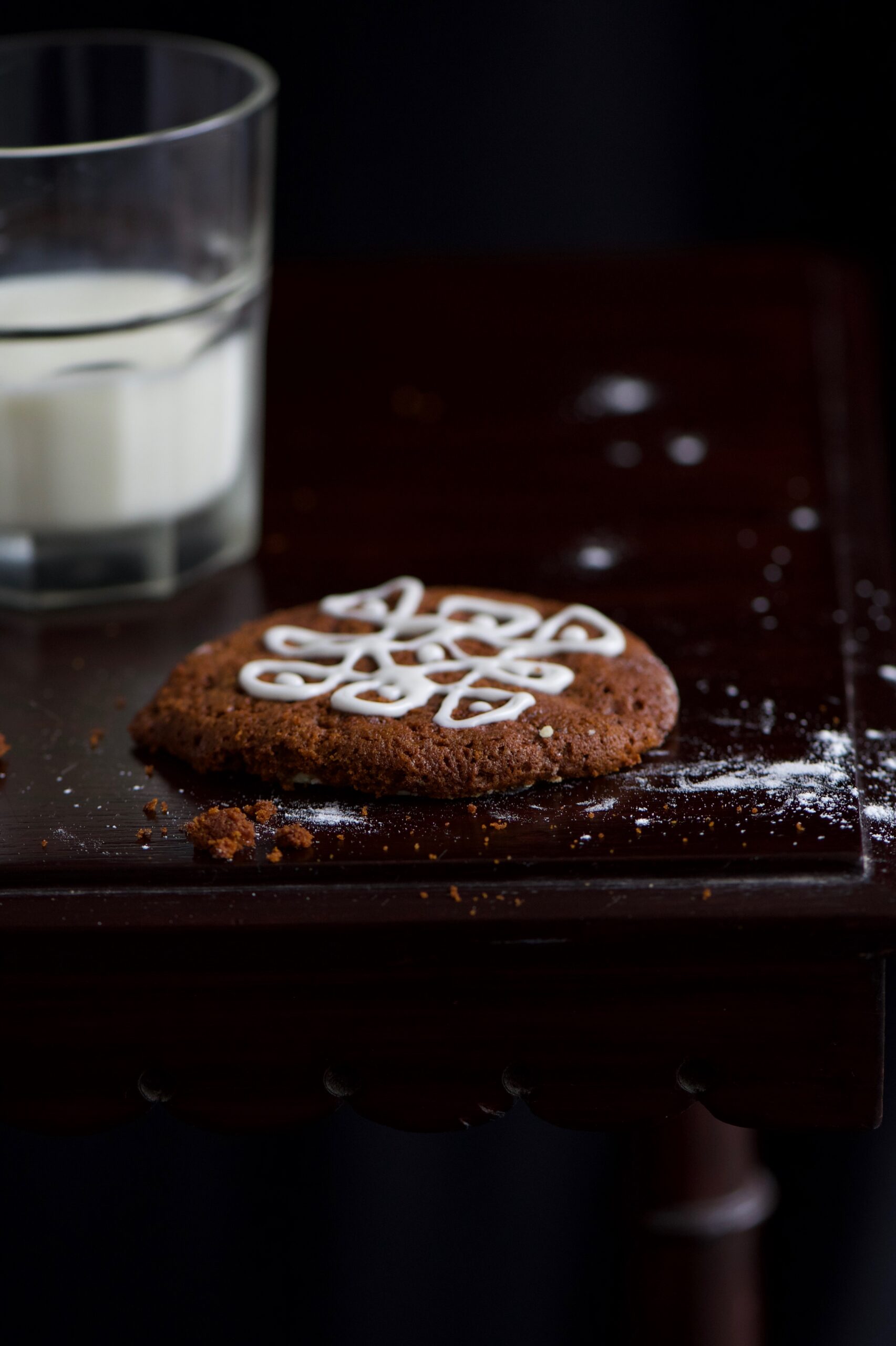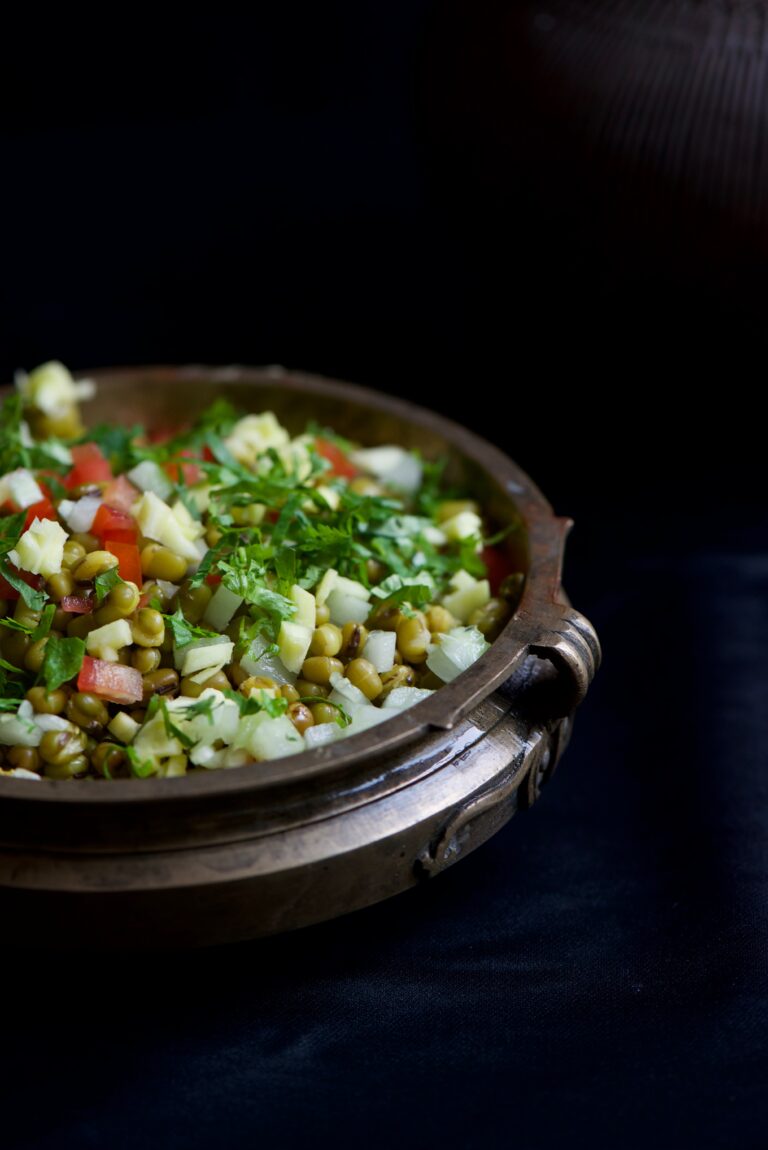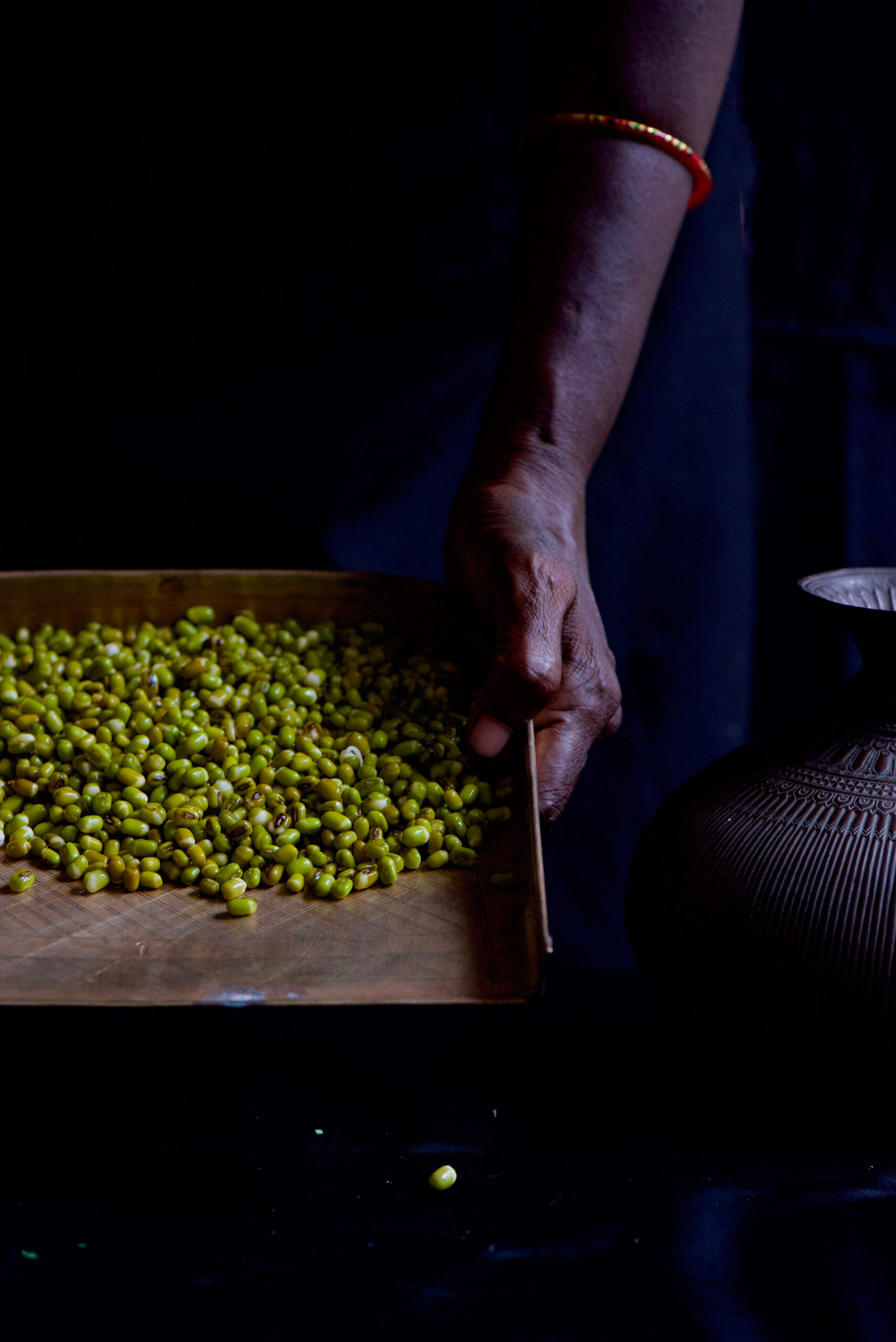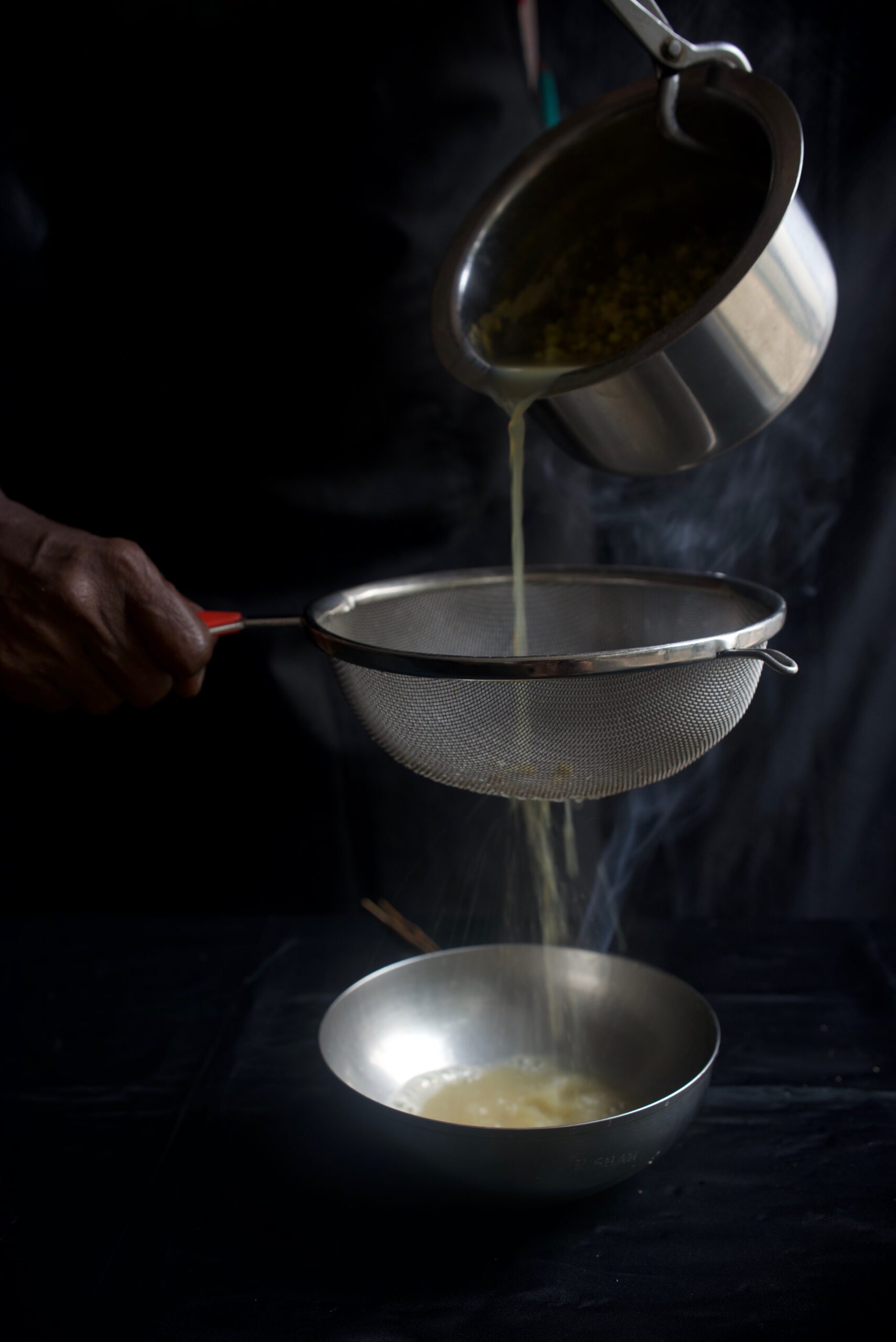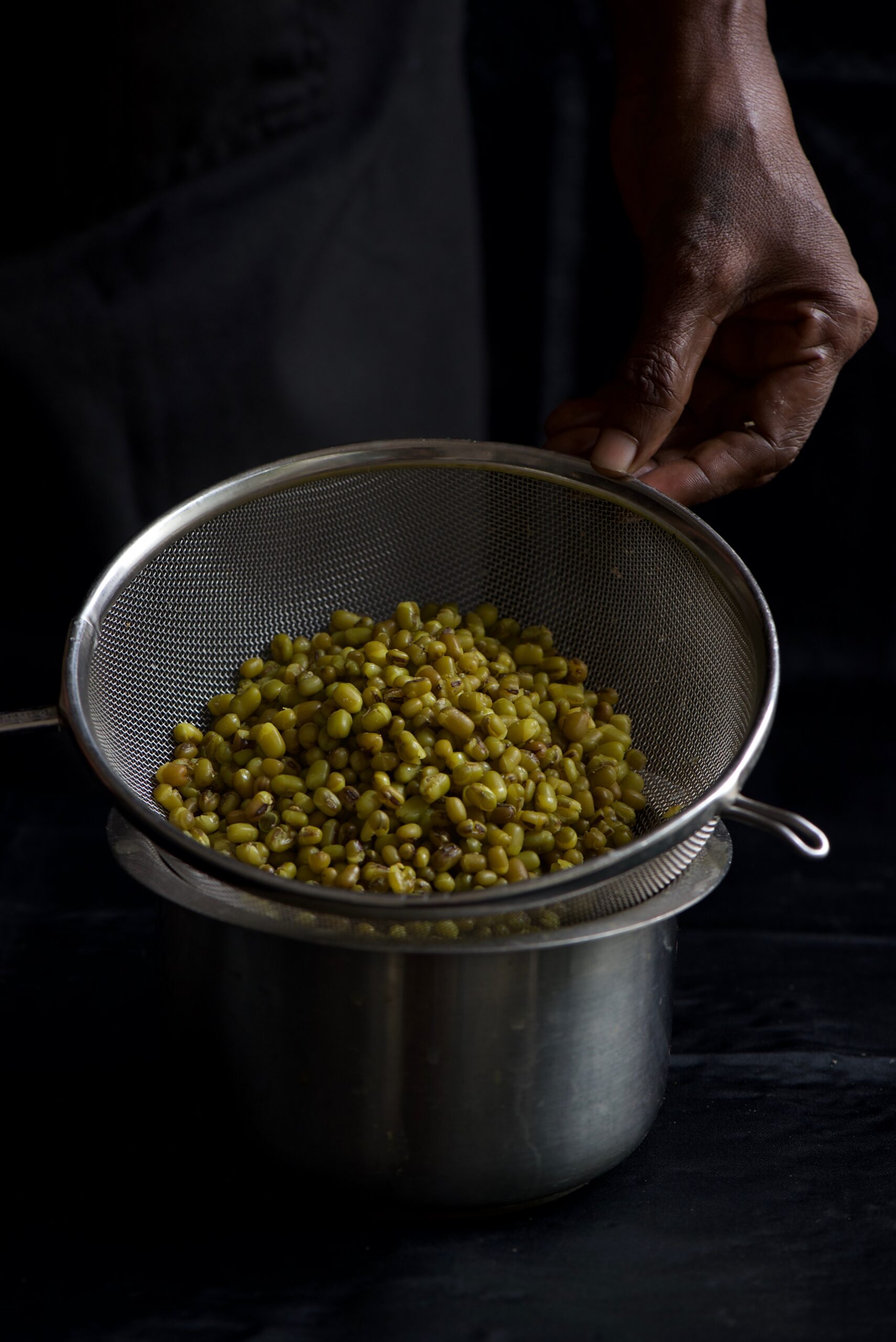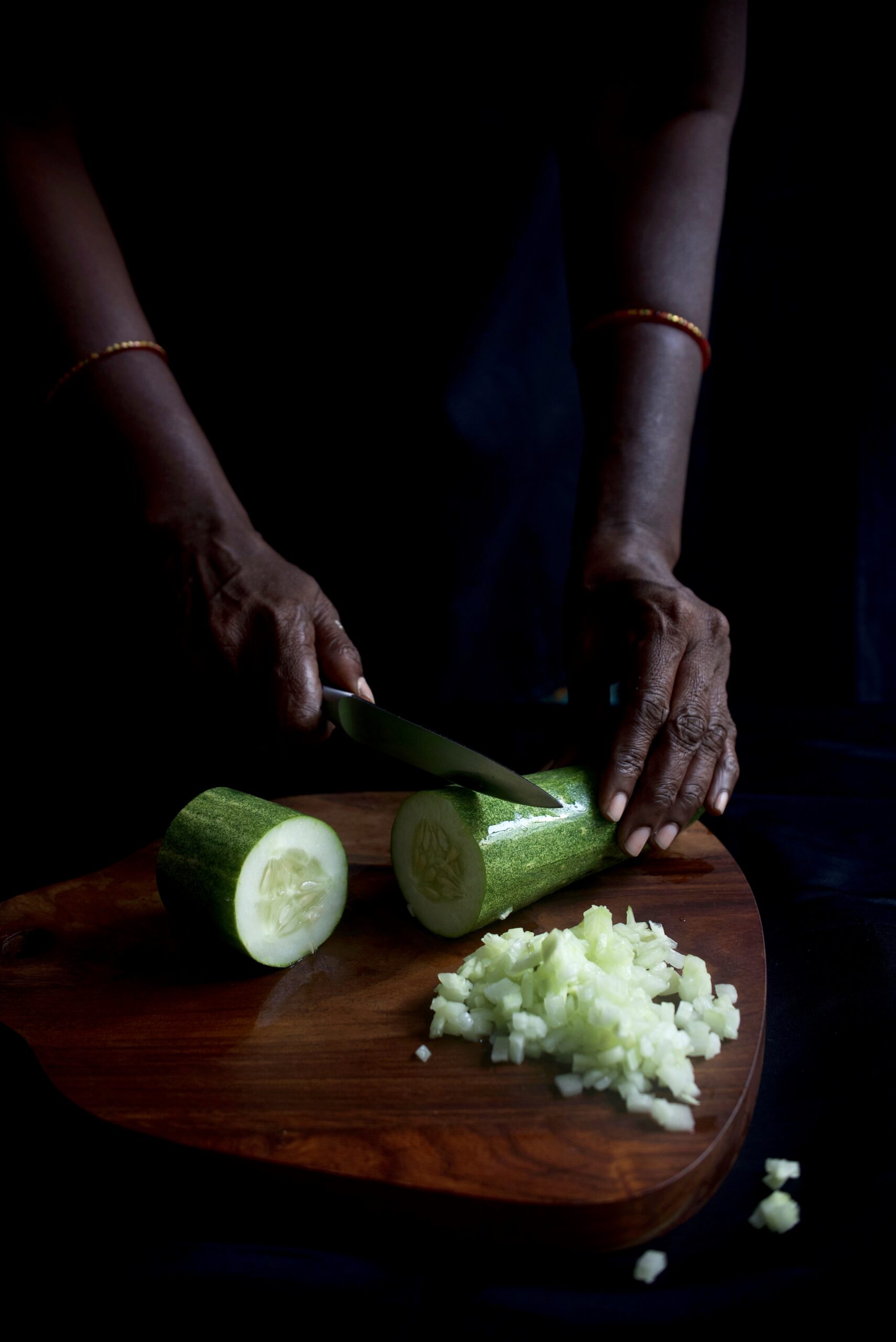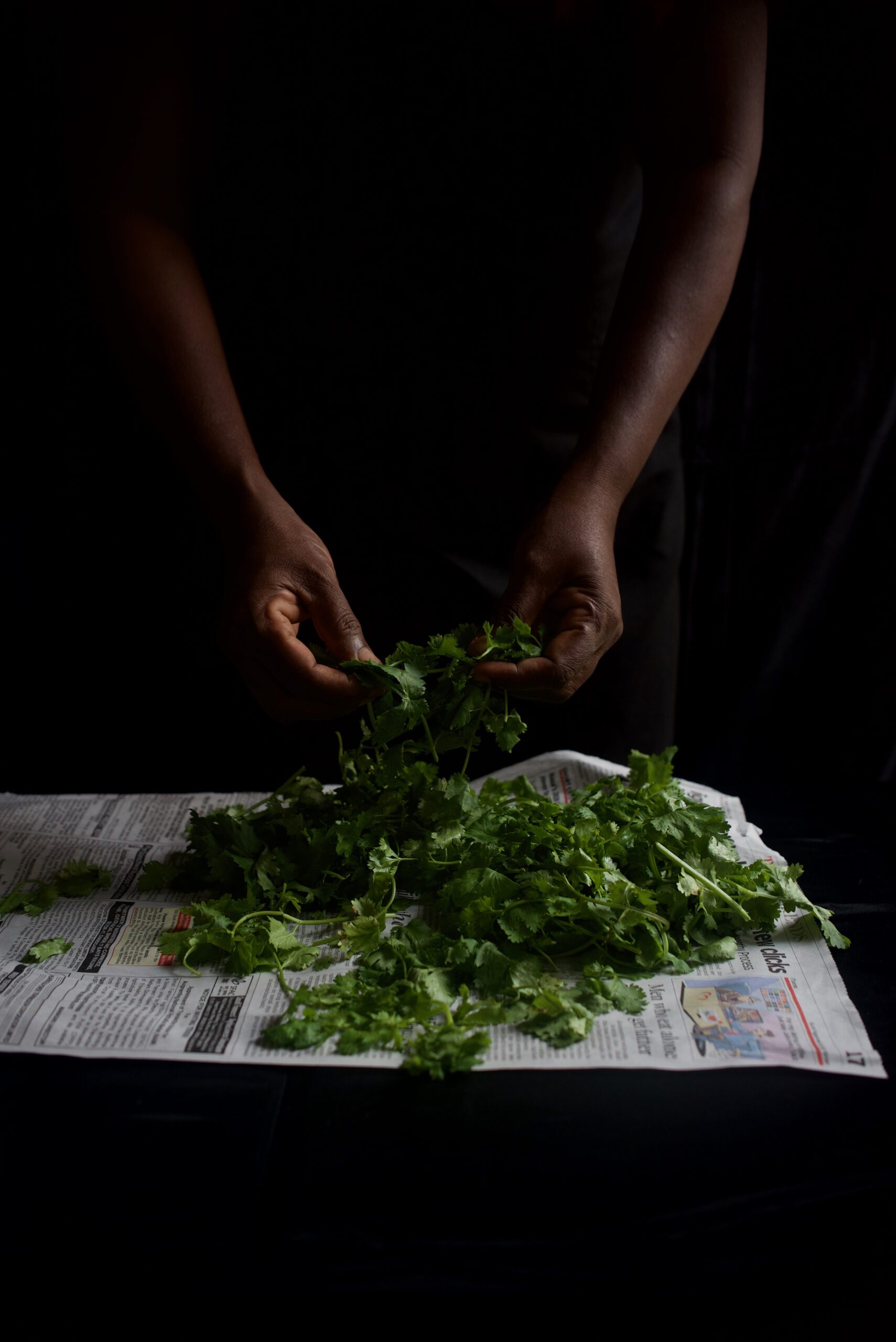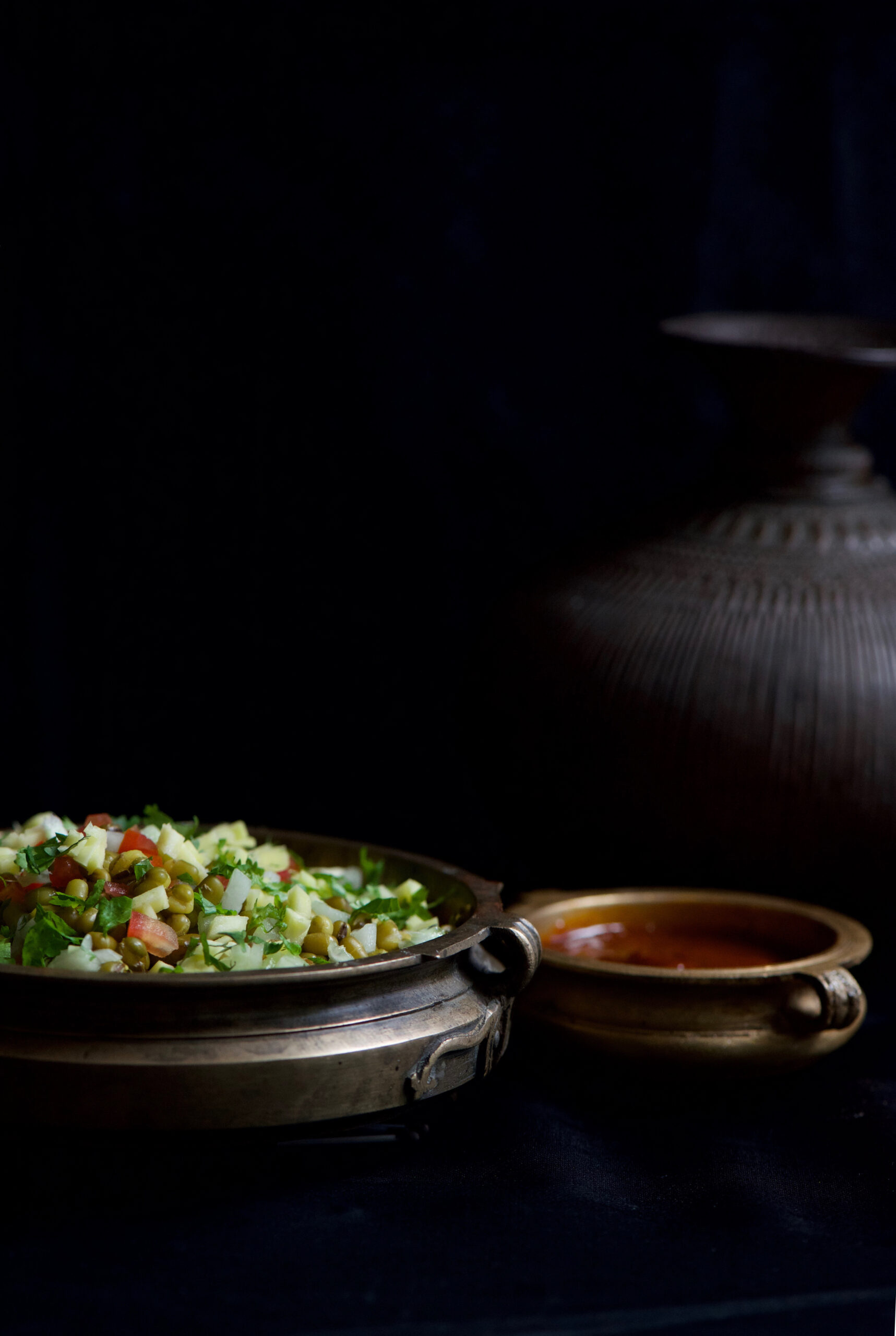With the summer being as harsh as it is, keeping hydrated should be at the top of our list of nutrition priorities. While water goes a long way, imbibing different beverages with beneficial properties both gives us our required quota, and also keeps things creative in the kitchen! In my quest for new recipes, I often find myself turning to older ones, especially ones I took for granted while growing up. This barley lime drink is one such.
I’m a great believer in “grandmother’s remedies”, those old forms of healing that some people just have a great sense for. My mother always just knew what was good for us. She could simply look at an ingredient and know whether it was cooling or heating, or what its healing uses were. Her intuition was similar to the system of Ayurveda, which uses as one of its main principles the idea that some foods are cooling for the body, and some are heating.
During the summer months, we often drank barley lime. I later learned that one reason for this was because we used to run around climbing the neighbours’ trees, getting our knees scraped, plucking and eating the mangoes. Mangoes are famous for having a heating effect on the body, so barley lime was served to counter and balance this, since our mother knew we were having mangoes in excess every summer! You may be interested to know that raw mango, on the contrary, is cooling. Which is why it was the star of this post a couple of summers ago.
The goodness of barley was something I never thought about, except when I remembered how often our mother would feed my sister and I glasses of barley lime, even beyond the summers. The two of us were considered weaklings. Because she was worried that no one would marry us eventually, sometimes it was like our mother’s goal in life was to fatten us up. Interestingly, barley is actually good for weight loss. The intent behind this drink was good health, translated simply into putting on weight for scrawny kids, when in fact what it does is to provide a range of impressive benefits. These include: lowering cholesterol, balancing blood sugar and gut bacteria and helping to heal asthma and anaemia and numerous other common conditions (cue: “weaklings!”). Because I work so often with millets and organic produce, it was no surprise to learn about the bevy of benefits barley gives us. Barley is a cereal, and was one of the first domesticated grains, with a history that can be traced to the Nile region. North and Northwest India are huge producers of it, and it is known as “jau” in Hindi.
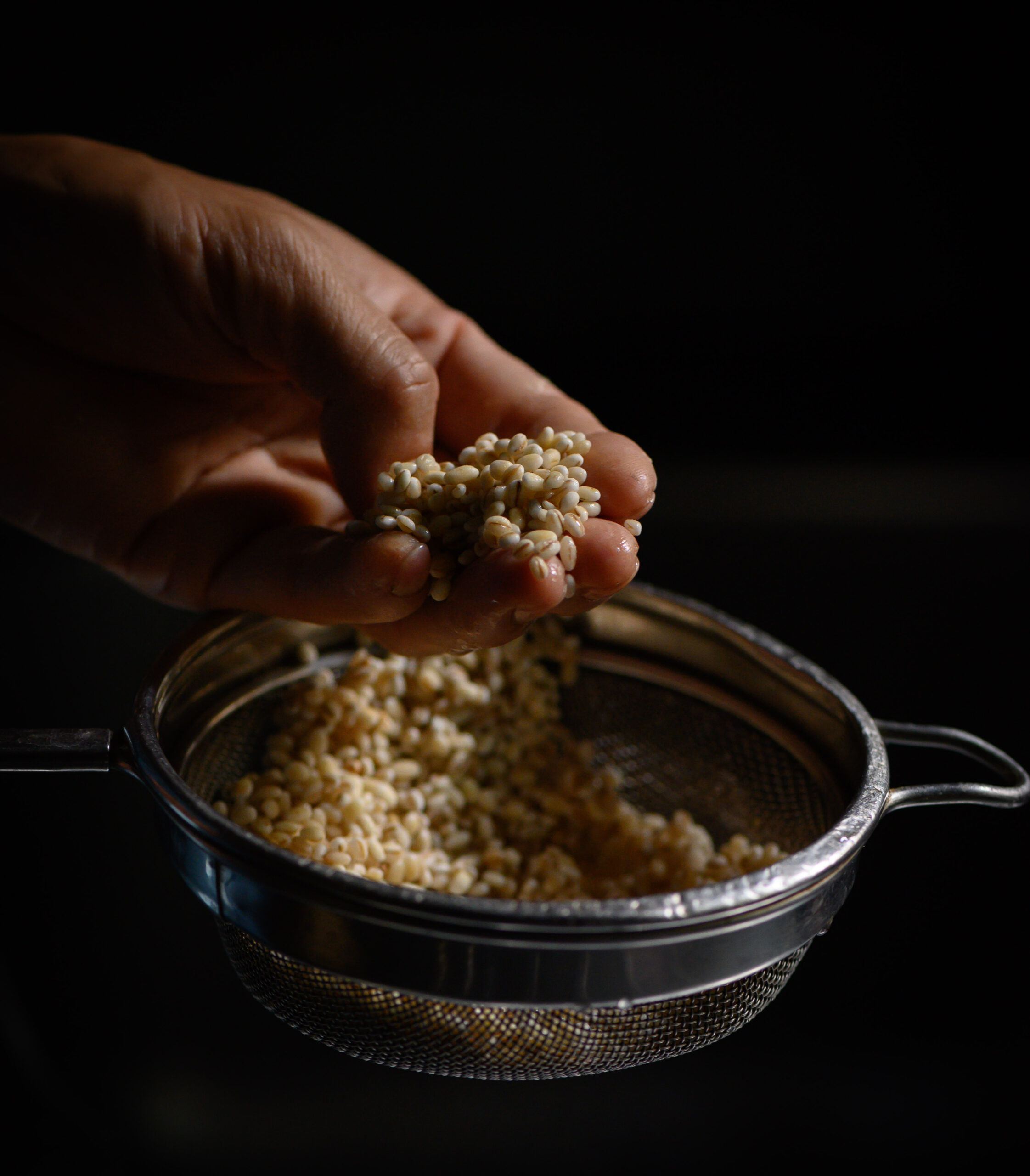
The other chief ingredient in this drink is the wonderfully versatile citrus fruit known as the lime. While a barley lemon drink is what you may be familiar with in many parts of the world, here in South India we usually reach for the ubiquitous lime as a substitute for all recipes that call for lemon. So much so that we often call the fruit itself “lemon”! Lime is a vital part of our cuisines, and also important in religious ceremonies. It has a powerful tangy flavour as well as a pleasing aroma, which influence any dish it’s used in. Lime is very good for digestion, thanks to its high acidity, and it complements barley’s beneficial properties such as improved respiratory function and weight management.
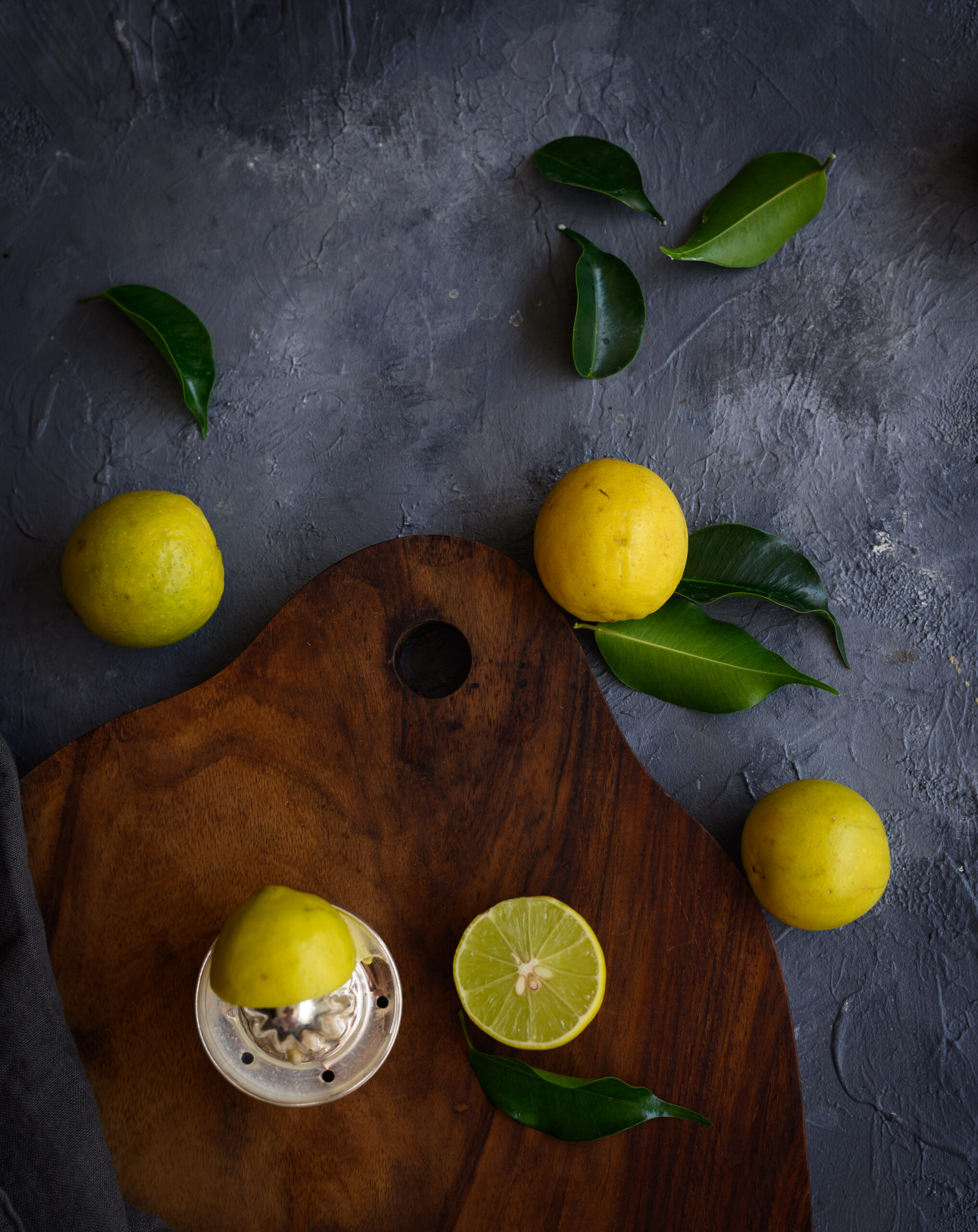
Both barley water and lime water are considered easily affordable, nutrient-rich beverages. So imagine what a super-boost combining the two provides. In these months of constant dehydration, a glass of barley lime makes me feel so thankful for my mother’s wisdom in the kitchen, which has kept my energy going to this day.
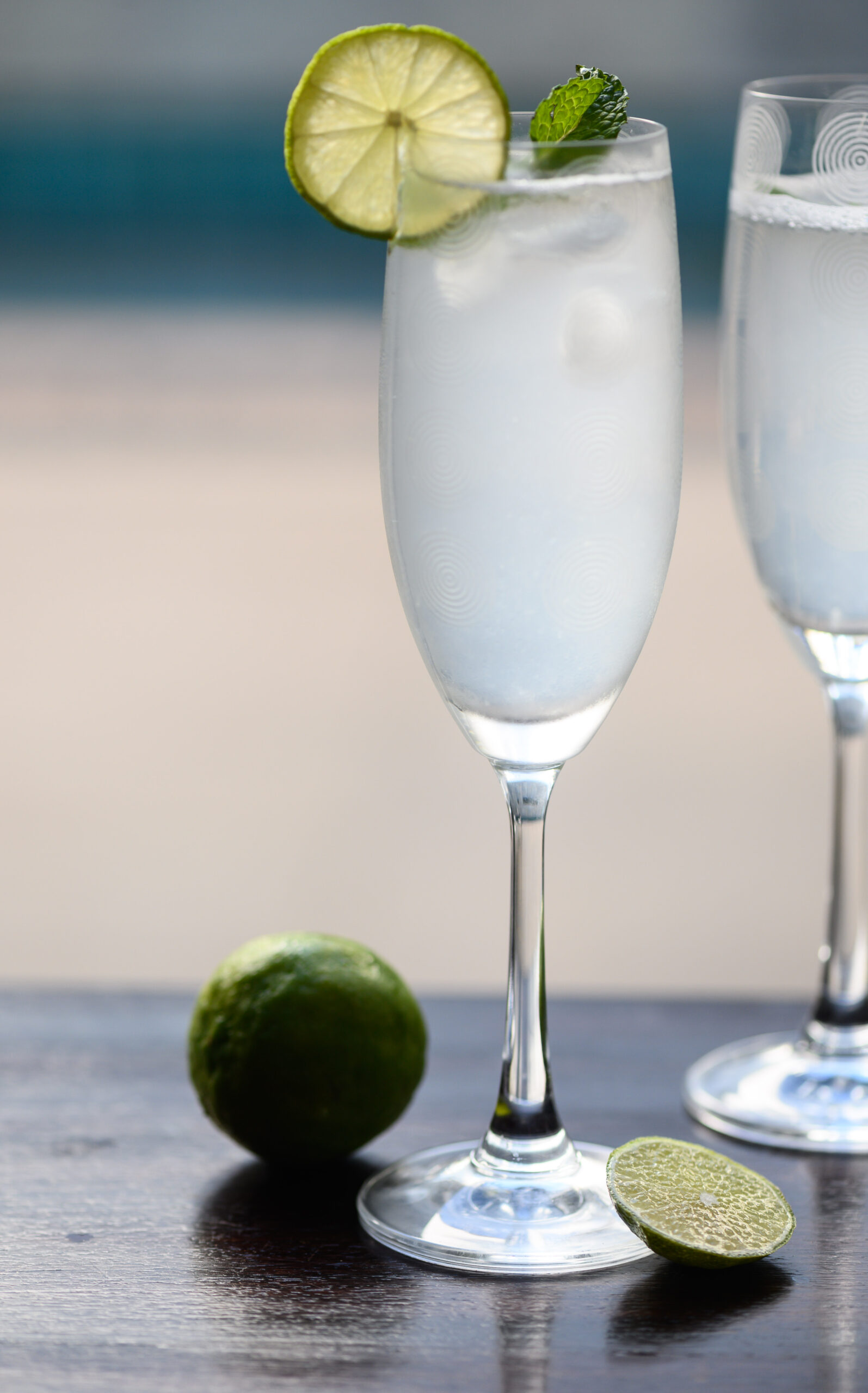
Barley Lime Drink
(Yield: 4-5 glasses)
½ cup barley
2 teaspoons sugar or honey
A pinch of salt
2 tablespoons lime juice
A few sprigs mint leaves
Pick and rinse the barley. Place it in a pot and add 6 cups of water. Allow to boil for about 12 minutes. Strain the water and discard the barley.
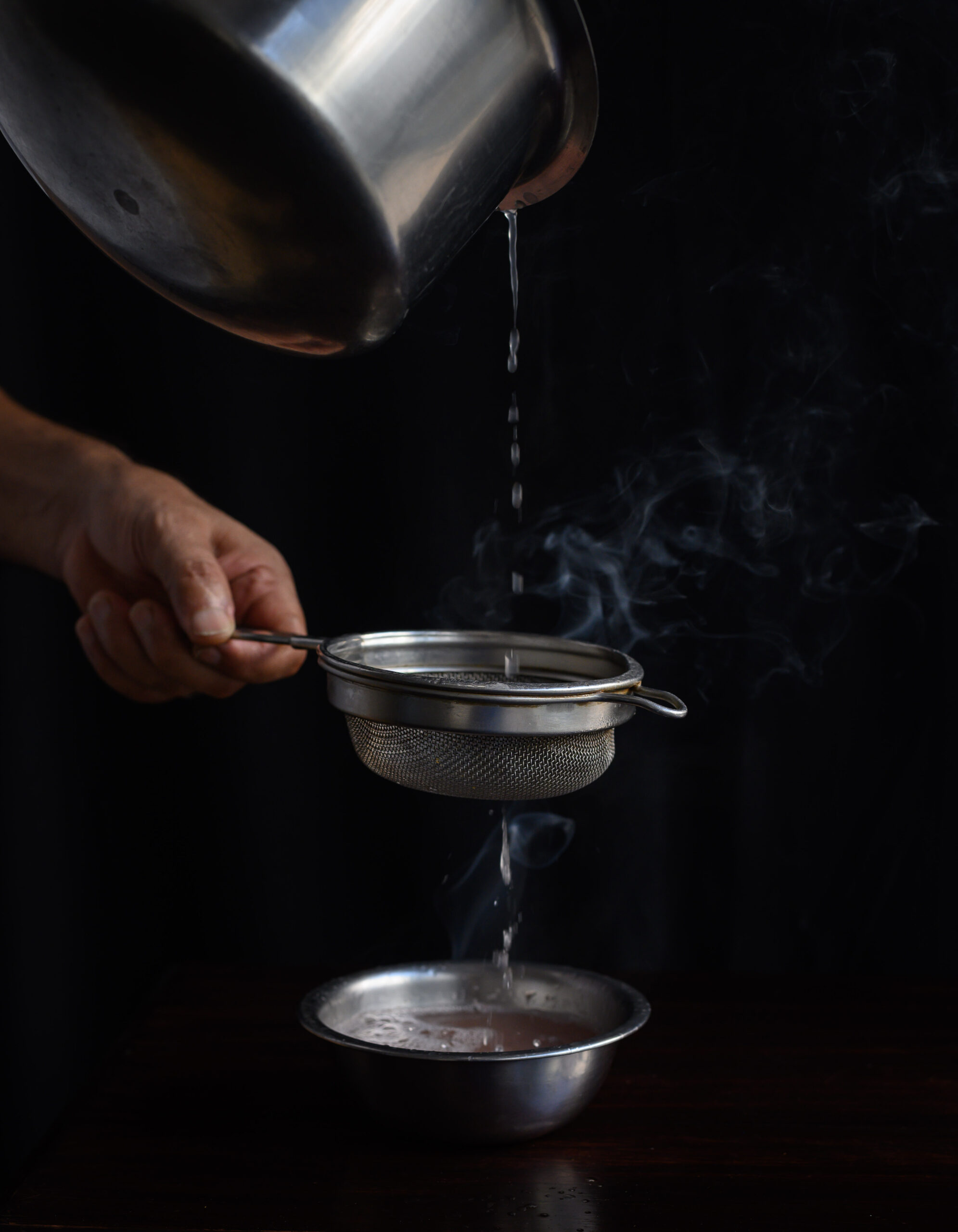
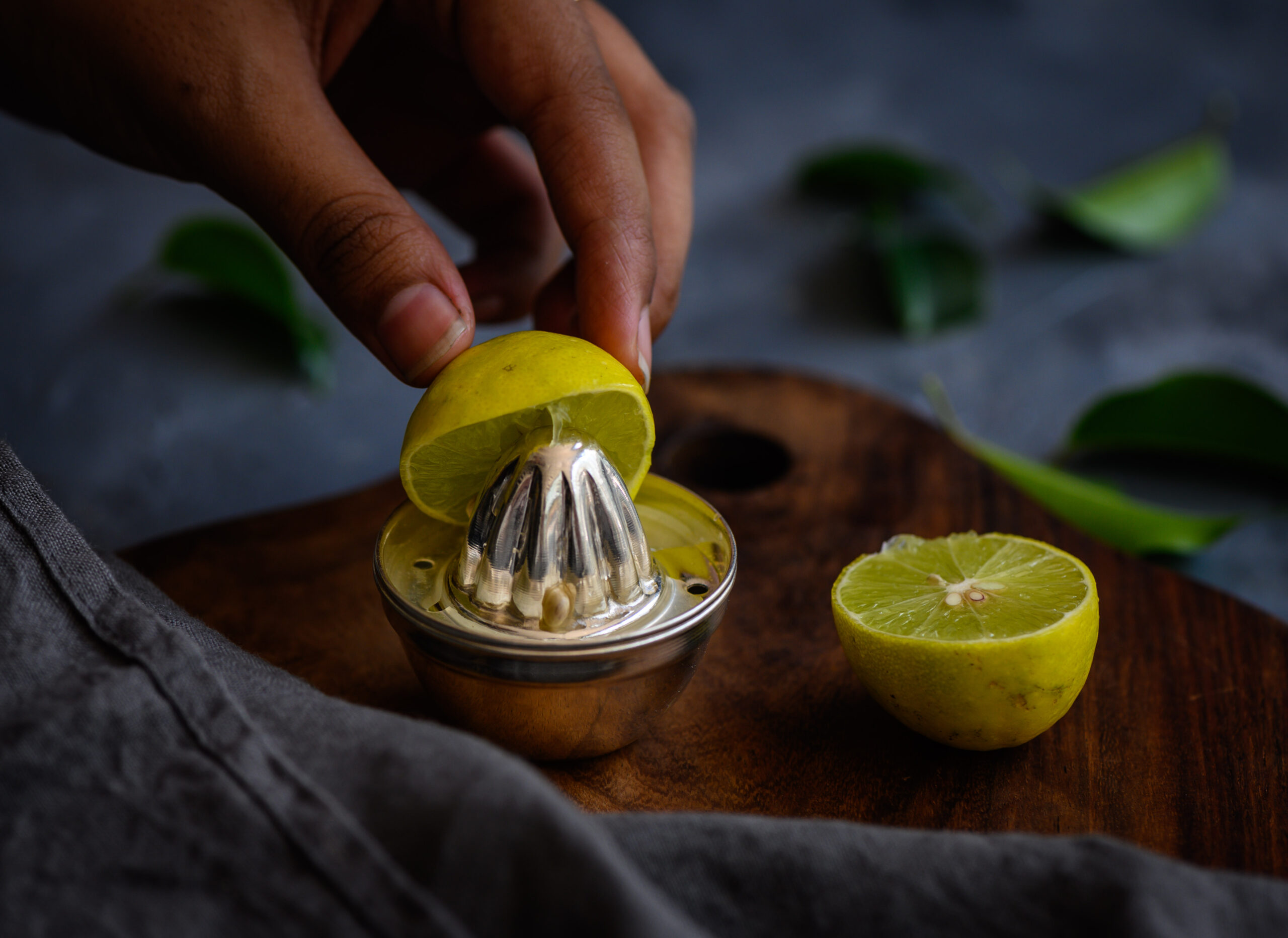
Allow the barley water to cool, and simply add the remaining ingredients. You may adjust the quantity of the ingredients to suit your taste. If you prefer it to be sweeter, you may add more sugar or increase the quantity of honey.
Keep the barley lime drink in the refrigerator. Serve chilled, garnished with mint leaves, and with extra ice if you prefer.
This anti-weakness, health-boosting beverage from my childhood has now become an elegant refreshment which I serve to my guests during this hot summer. I also frequently make a range of other chilled drinks, such as spiced buttermilk with homemade yoghurt, rose sherbet, and of course, my curry leaf and raw mango cooler. How are you keeping cool? I’d love to know in the comments.
